Throughout history, countless chemists have made groundbreaking discoveries and contributed to our collective knowledge. In this article, we will take a journey through time and explore some of the most significant milestones in the field of chemistry. Starting from the early alchemists, we will examine how each of them pushed the boundaries of what is possible. By the end of this timeline, you will have a deeper appreciation for the contributions of these chemists and the impact they have had on the world around us and how chemistry evolved throughout the centuries.
Since we cannot list every outstanding chemist, we limit ourselves to those for whom we have already published an article in ChemistryViews.
|
Alchemy, an ancient branch of natural philosophy, studied substance properties and reactions since the 1st/2nd century. It was a proto-scientific tradition in China, India, the Muslim world, and Europe. Modern chemistry and pharmacology replaced it during the 17th and 18th centuries. |
||
| ca. 1200 – 1280 | Albertus Magnus Medieval naturalist and polymath who aimed to fully understand the knowledge of his time and present it clearly in textbooks |
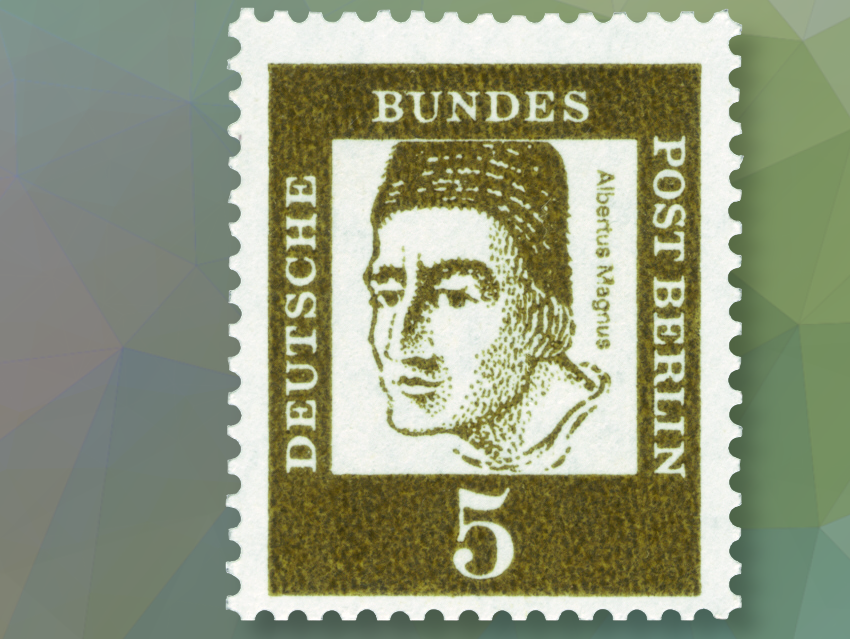 |
| ca. 1493 – 1541 | Paracelsus (Theophrastus Bombast von Hohenheim) Swiss physician, alchemist, and philosopher, renowned for revolutionizing medicine in the 16th century |
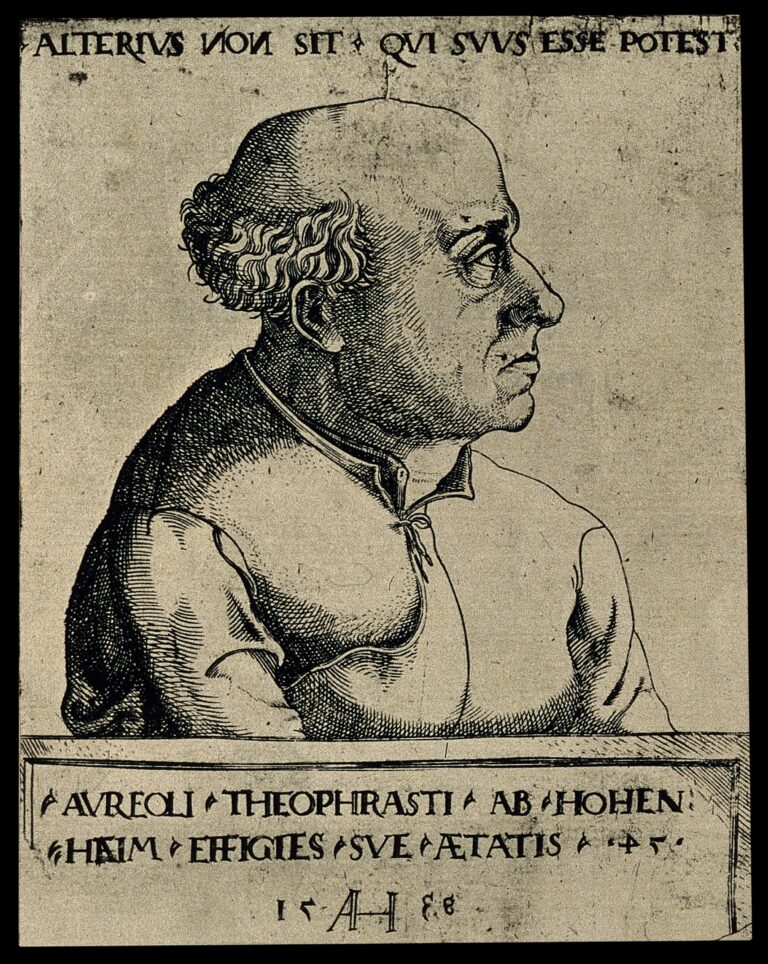 |
1600 |
||
|
During the Renaissance and 17th century, the scientific method—emphasizing the importance of observation and experimentation in gaining knowledge about the world—was developed and refined, leading to the foundation of modern chemistry and other scientific disciplines. Discoveries of gases, improvements in alchemy, advancements in metal production, and developments in chemistry’s role in medicine were also made during this period. |
||
| 1604 – 1670 | Johann Rudolph Glauber Discovered sodium sulfate, also known as Glauber’s salt |
 |
| 1623 – 1662 | Blaise Pascal Made important contributions to probability theory and the understanding of the equilibrium of fluids |
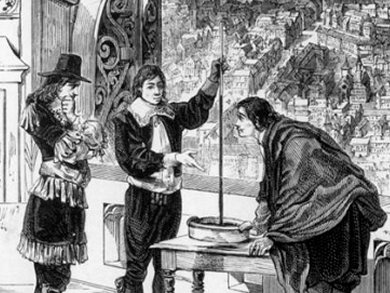 |
| 1627 – 1691 | Robert Boyle Discovered Boyle’s law, which describes the relationship between pressure and volume of a gas |
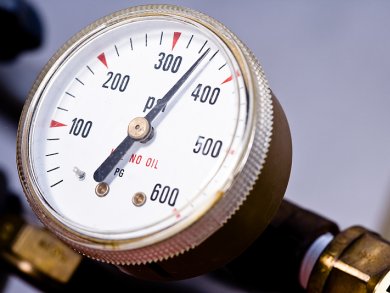 |
| 1673 – 1734 | Johann Konrad Dippel Alchemist, who was well-known for selling his animal oil as “Elixir vitae” and co-developed a process for the production of Prussian blue |
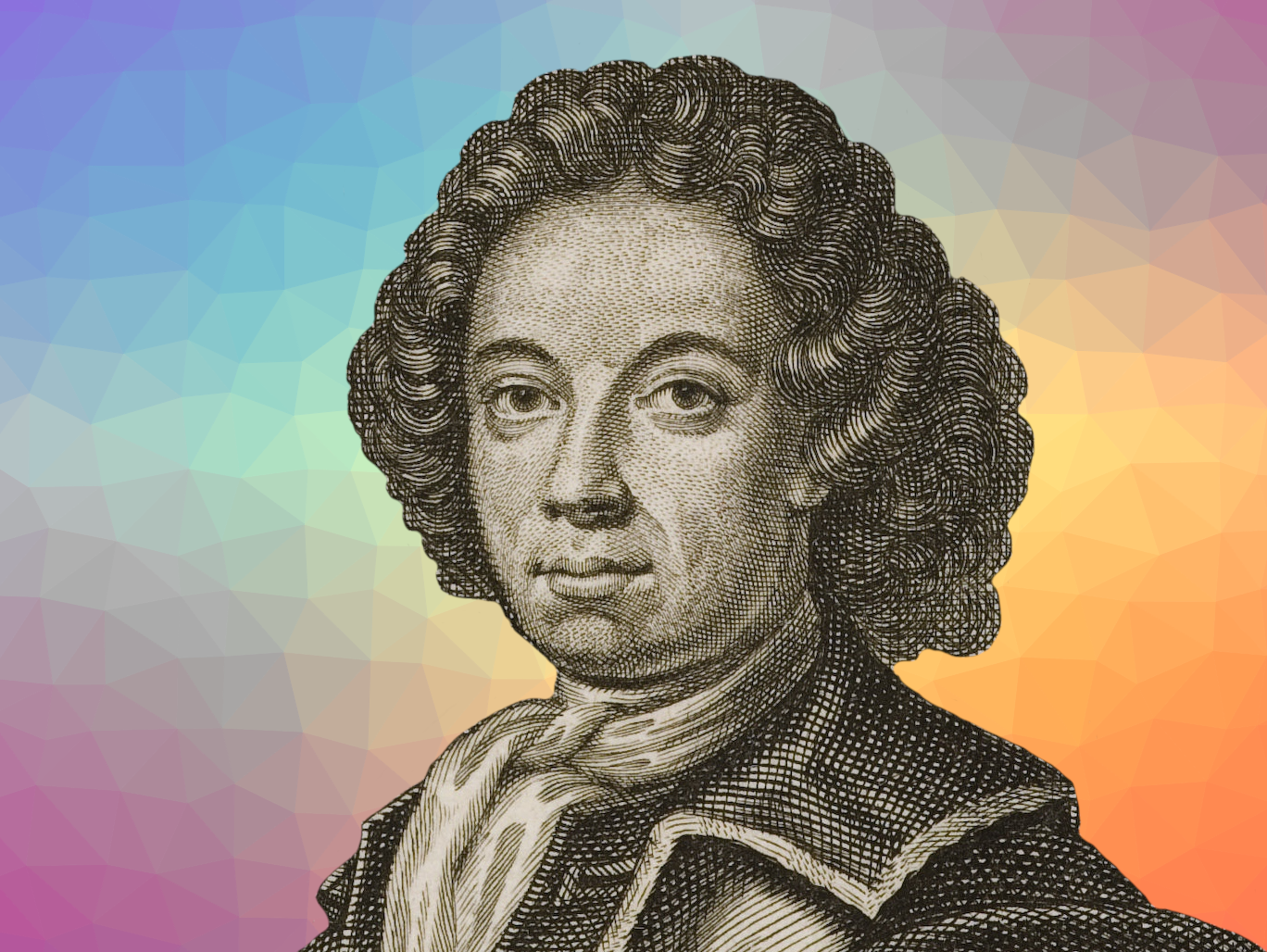 |
1700 |
||
|
In the 18th century, new gases such as hydrogen, carbon dioxide, and nitrogen were discovered, and the phlogiston theory was widely accepted but later proven incorrect. New elements were discovered, and Antoine Lavoisier introduced a new system of chemical nomenclature. Additionally, chemical instrumentation such as the balance, calorimeter, and spectroscope were developed for analysis and measurement. |
||
| 1716 – 1795 | Antonio de Ulloa Is credited with the first scientific description of platinum |
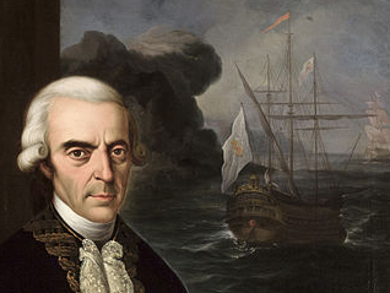 |
| 1722 – 1765 | Axel Fredrik Cronstedt Swedish researcher discovered nickel and is considered a founder of modern mineralogy |
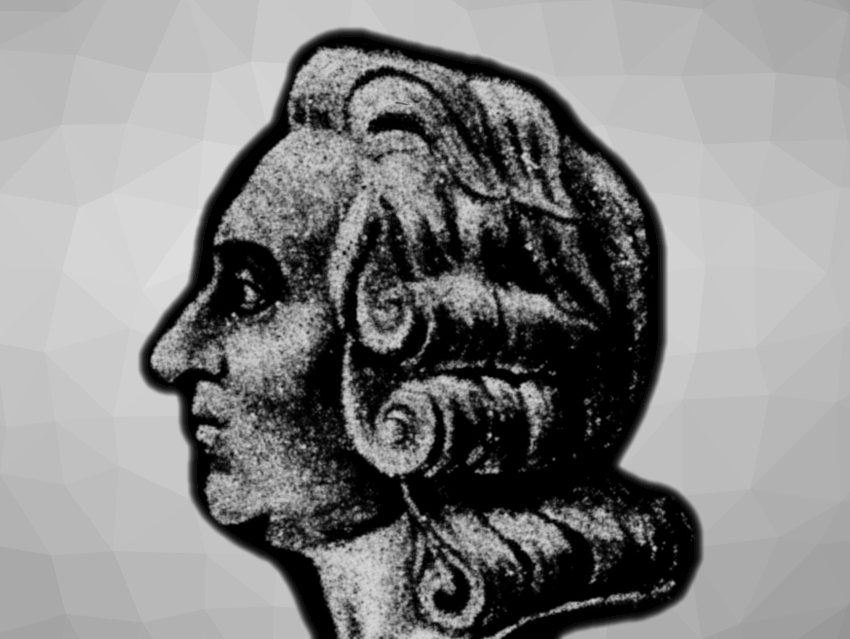 |
| 1733 – 1804 | Joseph Priestley English theologian, chemist, and natural philosopher, best known for his pioneering work in the study of gases |
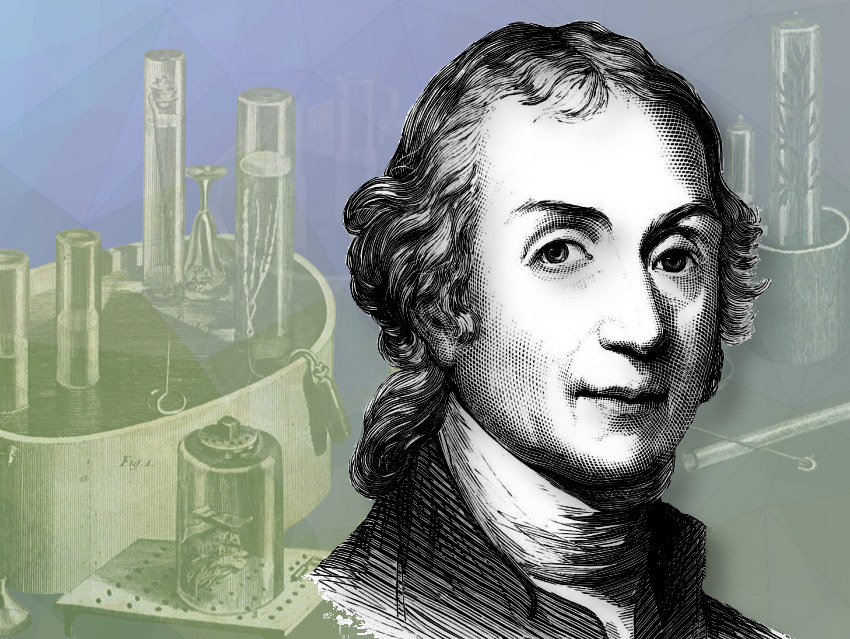 |
| 1743 – 1794 | Antoine Lavoisier Disproved the phlogiston theory and he is often considered the father of modern chemistry |
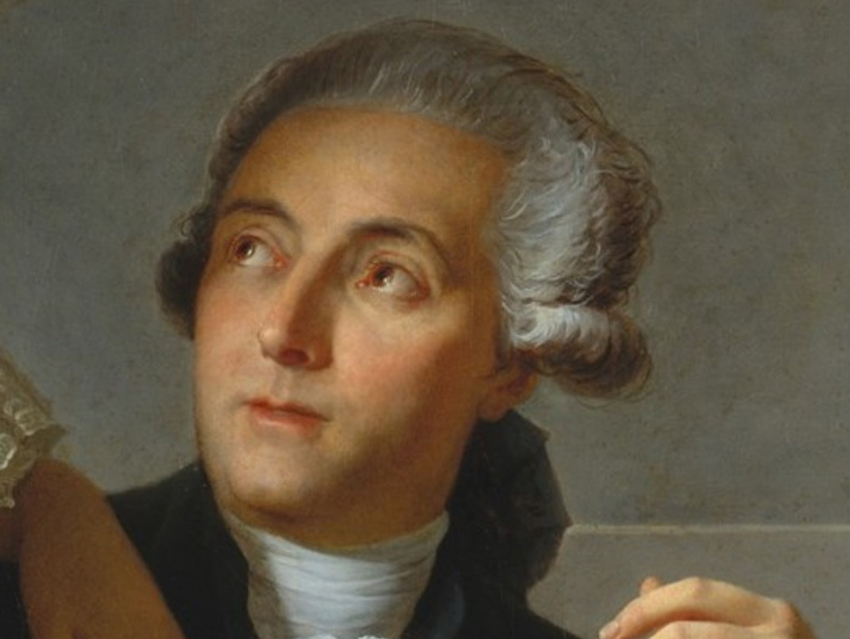 |
| 1748 – 1822 | Claude Louis Berthollet French chemist well-known for work on modern nomenclature in chemistry, equilibria, dyes, and bleaches |
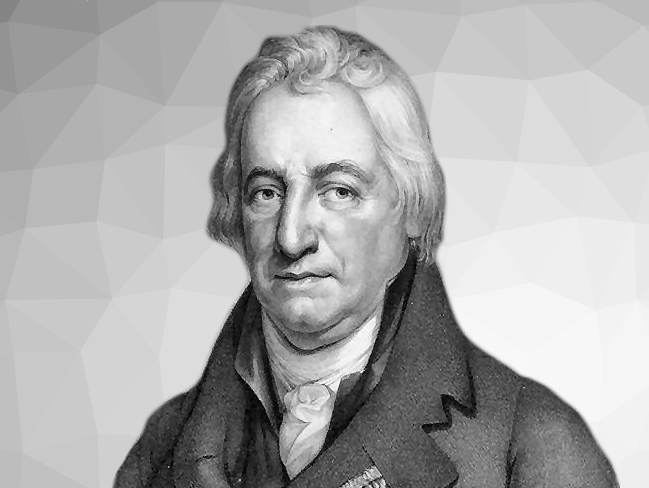 |
| 1760 – 1852 | Johan Gadolin Discovered the first rare-earth compounds |
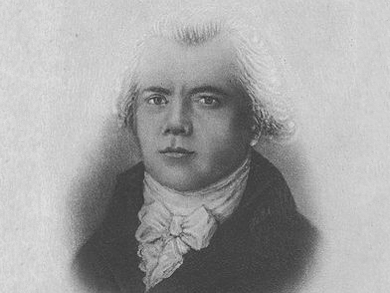 |
| 1763 – 1829 | Nicolas-Louis Vauquelin Discovered chromium and beryllium |
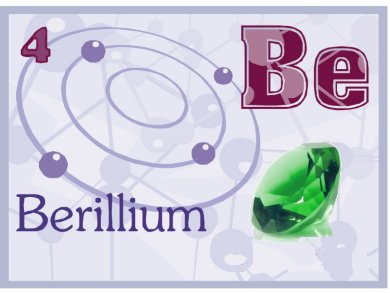 |
| 1766 – 1844 | John Dalton Introduced modern atomic theory |
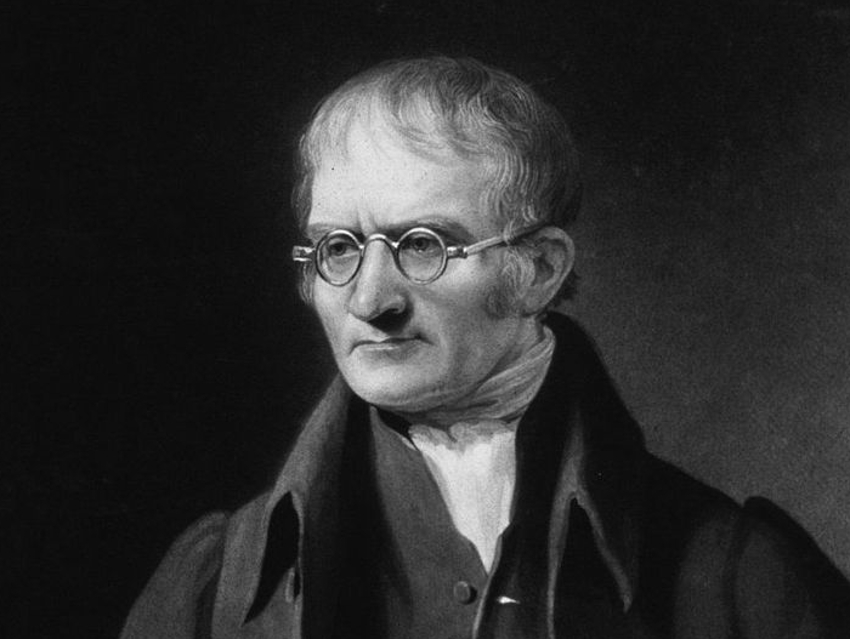 |
| 1767 – 1845 | Nicolas-Théodore de Saussure One of the major pioneers in the study of photosynthesis |
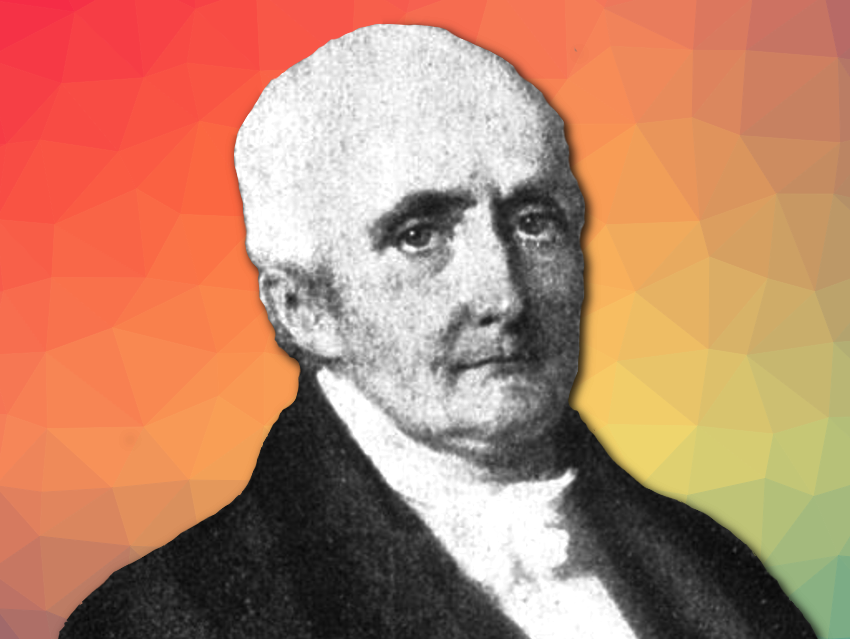 |
| 1767 – 1813 | Anders Gustav Ekeberg Discovered the transition metal tantalum |
 |
| 1769 – 1838 | Fredrick Accum Why did Fredrick Accum’s 1820 book about simple methods for detecting the adulteration of foods not make him a pioneer of consumer protection? |
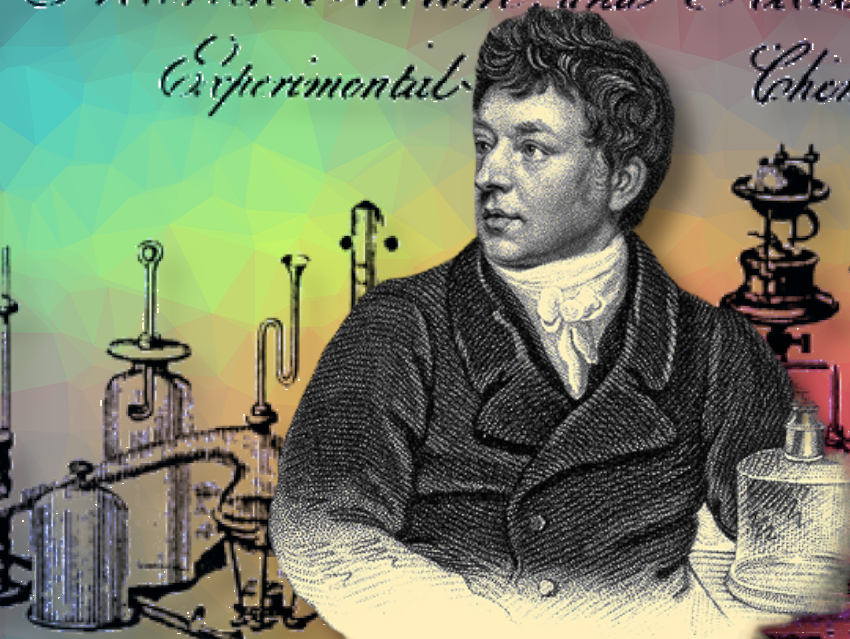 |
| 1786 – 1889 | Michel Eugène Chevreul Studied fatty acids and improved soap and candle production |
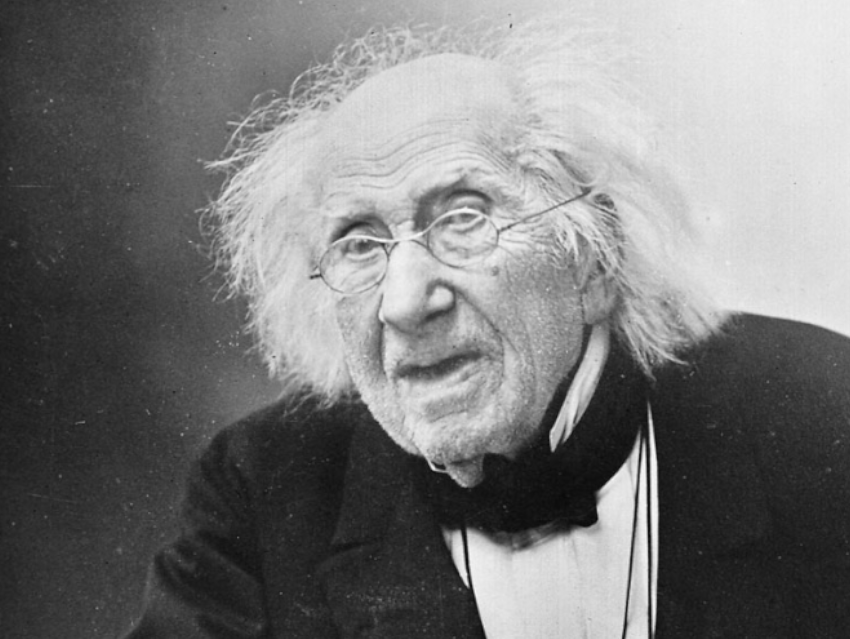 |
| 1792 – 1841 | Johan August Arfwedson Discovered lithium |
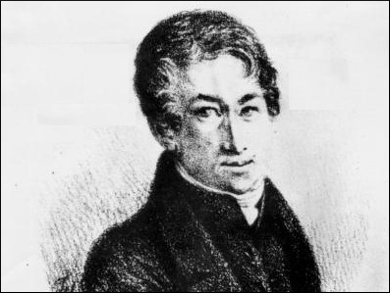 |
| 1799 – 1868 | Christian Friedrich Schönbein Discovered ozone and guncotton |
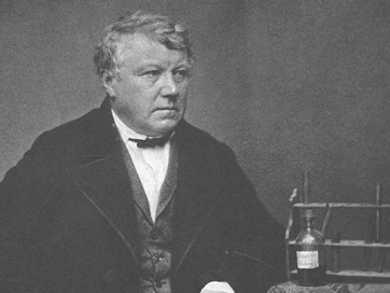 |
1800 |
||
|
In the 19th century, John Dalton proposed his atomic theory, which laid the foundation for understanding atoms and chemical reactions. Organic chemistry was born, with Friedrich Wöhler’s synthesis of urea challenging the theory of vitalism. Dmitri Mendeleev’s periodic table organized elements by their properties, while electrochemistry made progress with the discovery of electrolysis and batteries. Finally, thermodynamics developed as a branch of chemistry with contributions from Rudolf Clausius and James Clerk Maxwell. |
||
| 1803 – 1873 | Justus von Liebig Major contributions to agricultural and biological chemistry, considered one of the principal founders of organic chemistry |
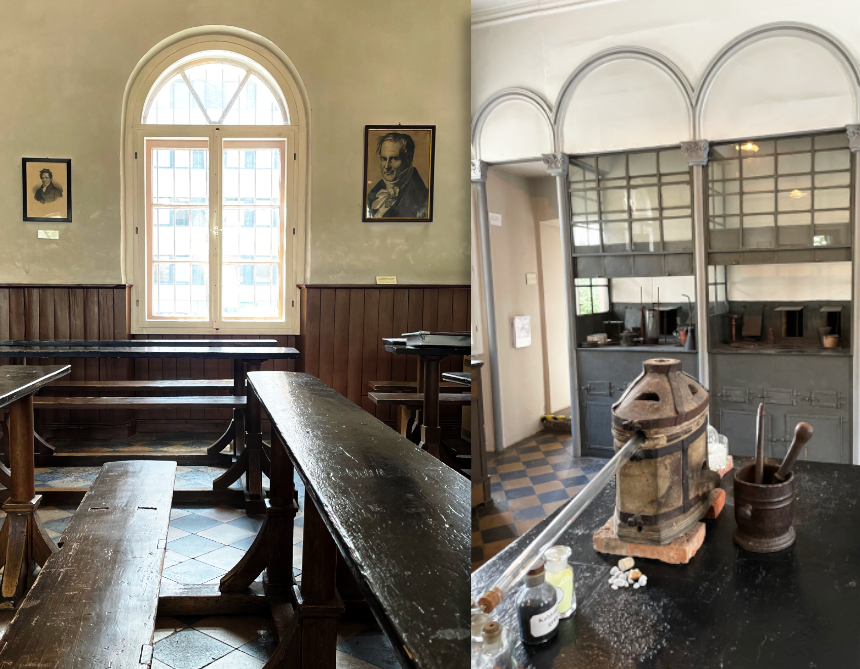 |
| 1804 – 1869 | Otto Linné Erdmann Determined atomic weights |
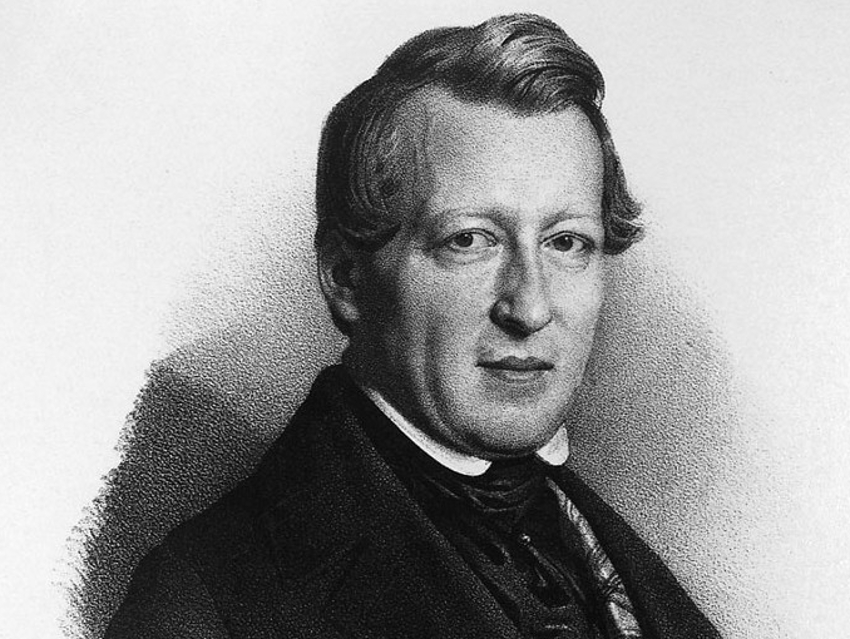 |
| 1805 – 1869 | Thomas Graham Formulated Graham’s law and is considered one of the founders of colloid chemistry |
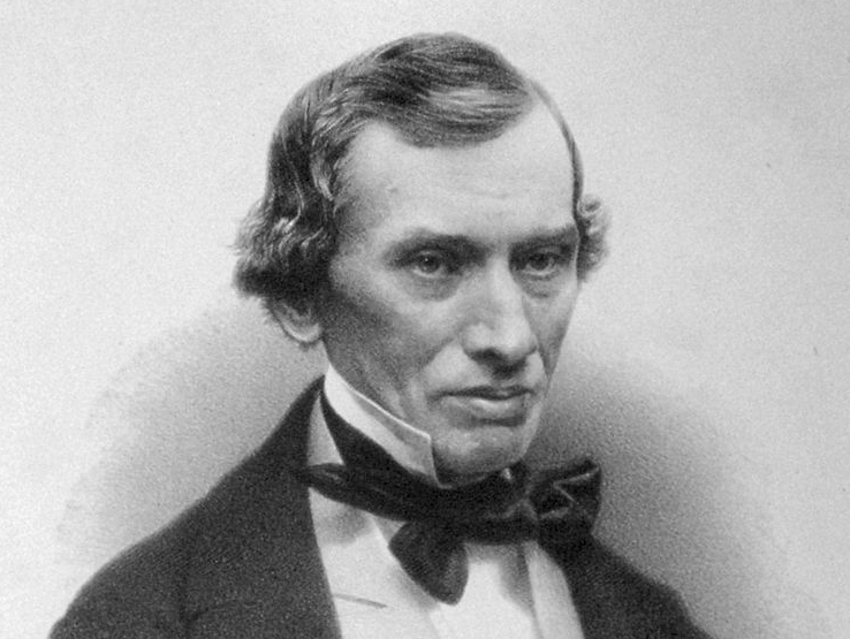 |
| 1813 – 1898 | Henry Bessemer Pioneered research in the field of surface tension and the measurement of surface films |
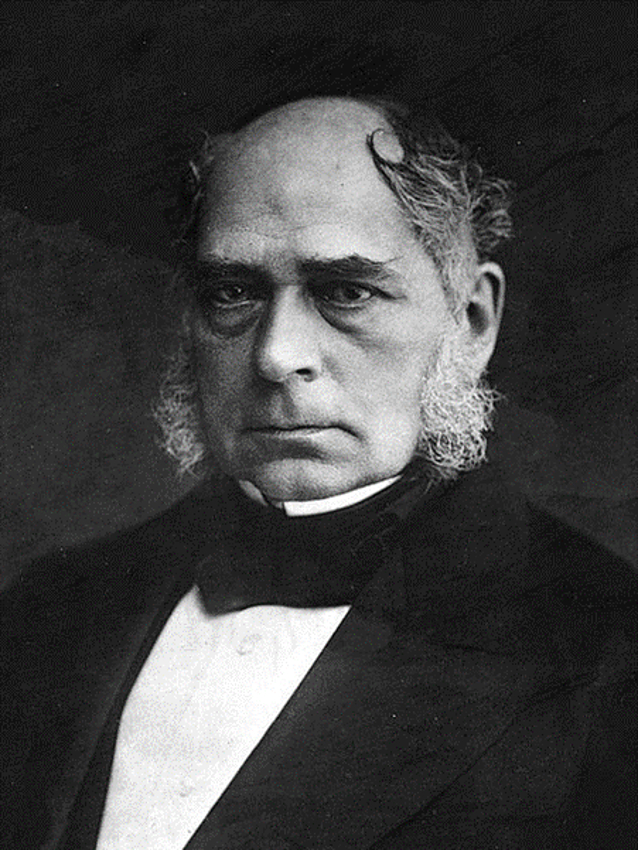 |
| 1815 – 1902 | Maxwell Simpson Performed the first synthesis of succinic acid |
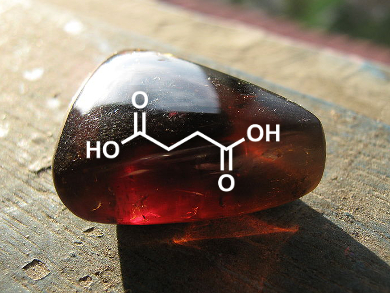 |
| 1816 – 1856 | Charles Frédéric Gerhardt Developed the concept of homologous series |
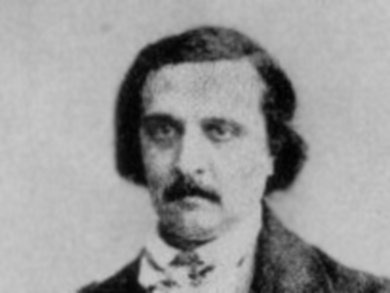 |
| 1817 – 1870 | William Allen Miller Was a pioneer of spectral analysis and astrochemistry |
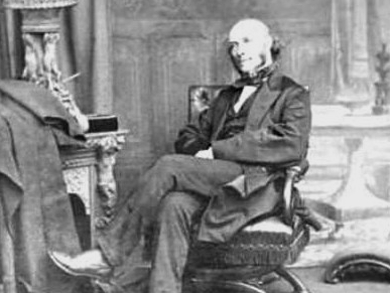 |
| 1818 – 1892 | August Wilhelm von Hofmann Made important contributions to organic chemistry |
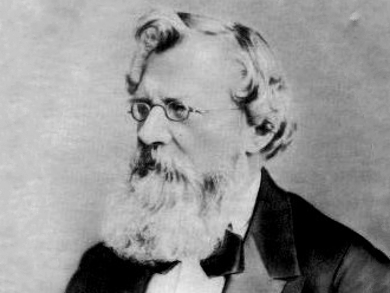 |
| 1818 – 1881 | Henri Sainte-Claire Deville Discovered toluene and nitrogen pentoxide |
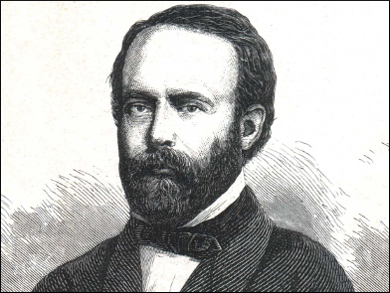 |
| 1818 – 1889 | James Prescott Joule Formulated Joule’s first and second laws and co-discovered the Joule–Thomson effect |
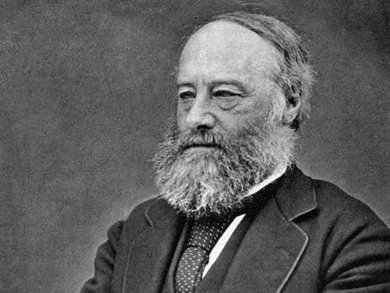 |
| 1821 – 1895 | Johann Josef Loschmidt Bohemian-Austrian scientist who performed ground-breaking work in physical and general chemistry |
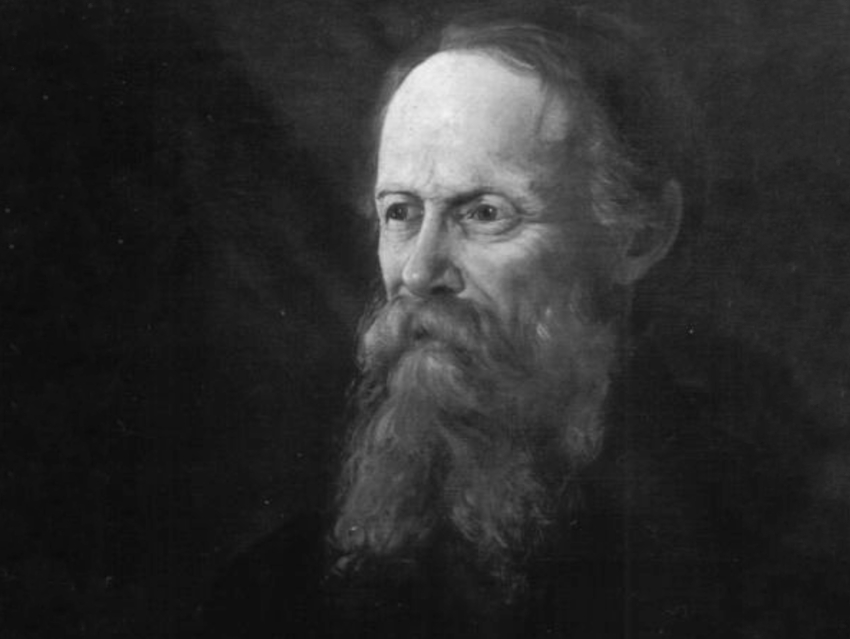 |
| 1822 – 1895 | Louis Pasteur Invented pasteurization, which conserves food by killing pathogens |
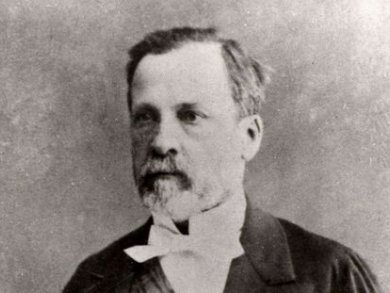 |
| 1822 – 1871 | Adolph Strecker Well-known for the Strecker amino acid synthesis |
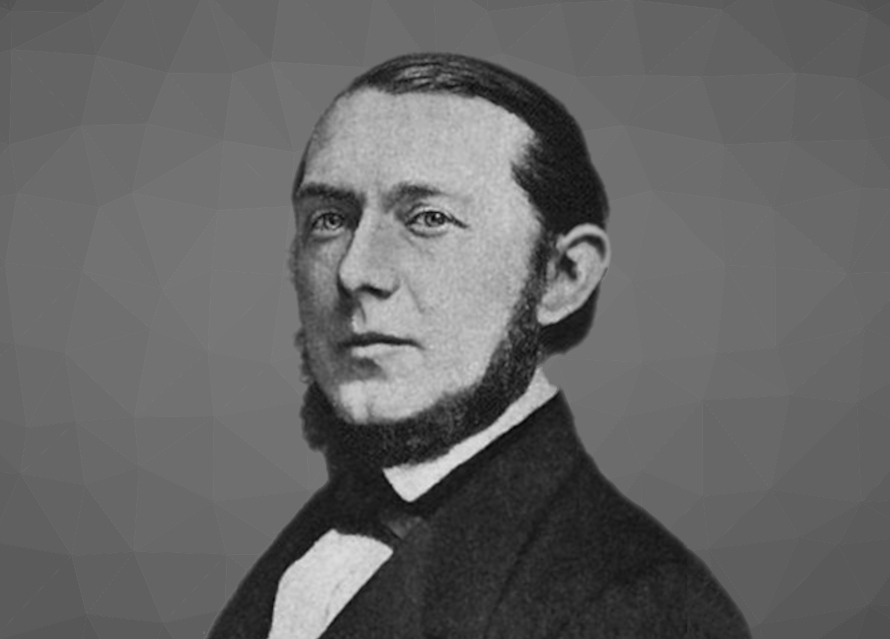 |
| 1824 – 1887 |
Gustav Kirchhoff |
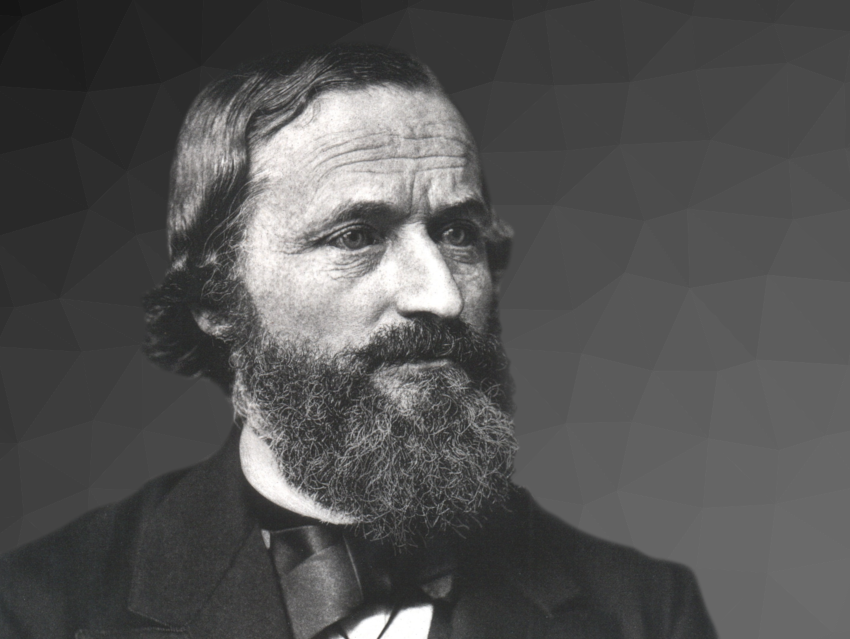 |
| 1824 – 1914 |
Johann Wilhelm Hittorf |
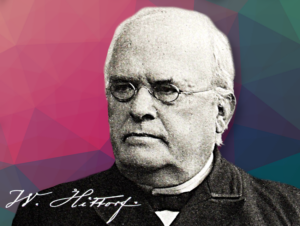 |
| 1824 – 1889 |
Ernst Christian Friedrich Schering |
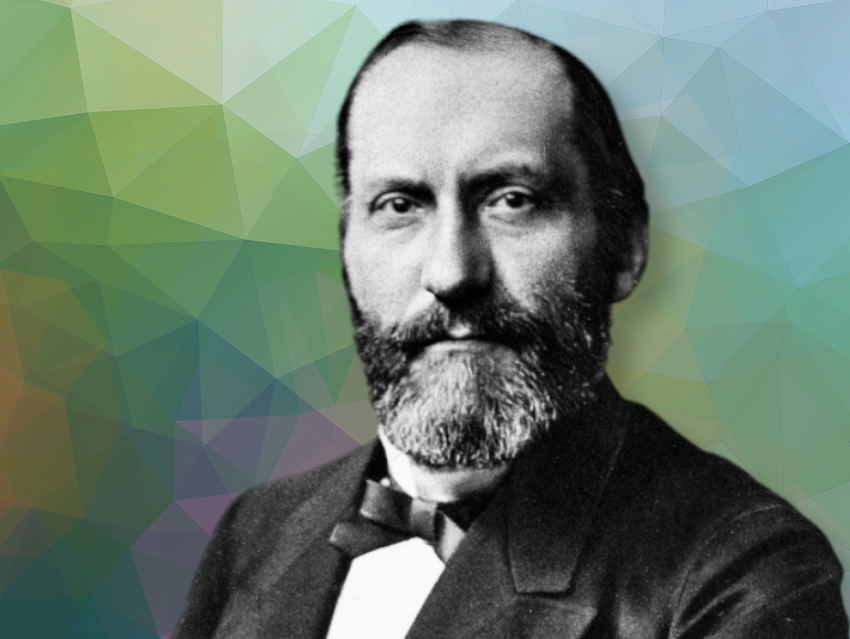 |
| 1824 – 1907 |
William Thomson (Lord Kelvin) |
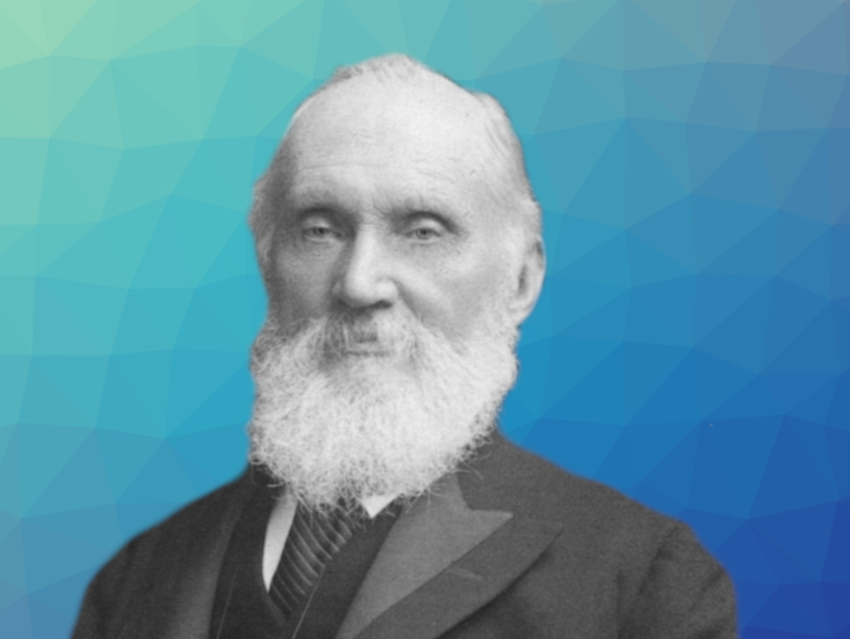 |
| 1825 – 1863 | August Beer German researcher well-known for his contributions to the Beer–Lambert–Bouguer law |
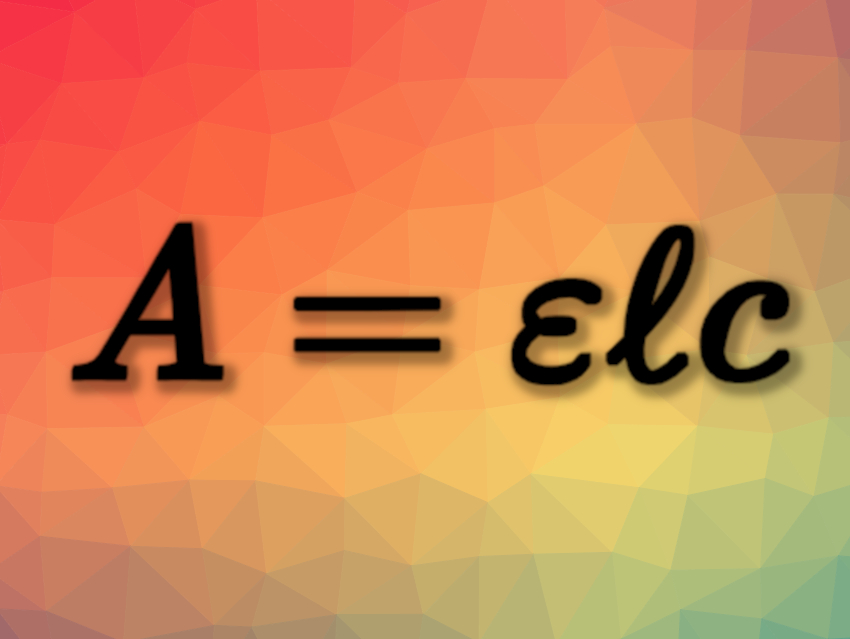 |
| 1825 – 1863 | Richard August Carl Emil Erlenmeyer German researcher known for contributing to the early development of the theory of chemical structure, formulating the Erlenmeyer rule, designing the Erlenmeyer flask |
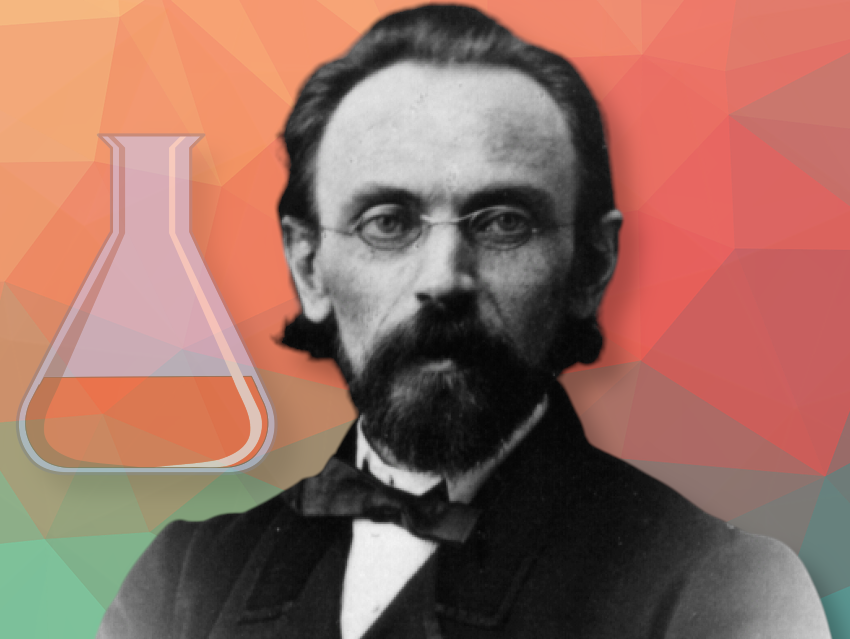 |
| 1828 – 1914 | Sir Joseph Wilson Swan Was one of the inventors of the incandescent light bulb |
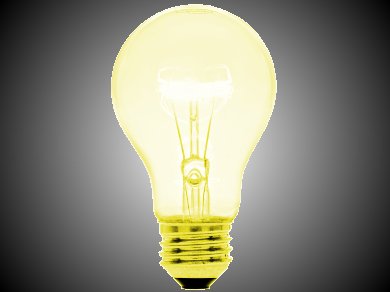 |
| 1829 – 1935 | Friedrich August Kekulé Assigned the cyclic structure to benzene |
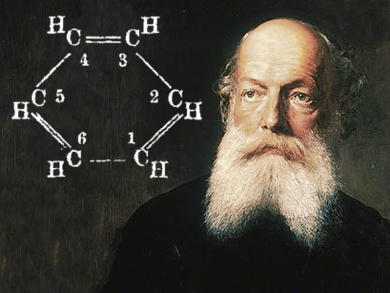 |
| 1829 – 1921 | William Odling English chemist who contributed to the development of the periodic table and the concept of valence |
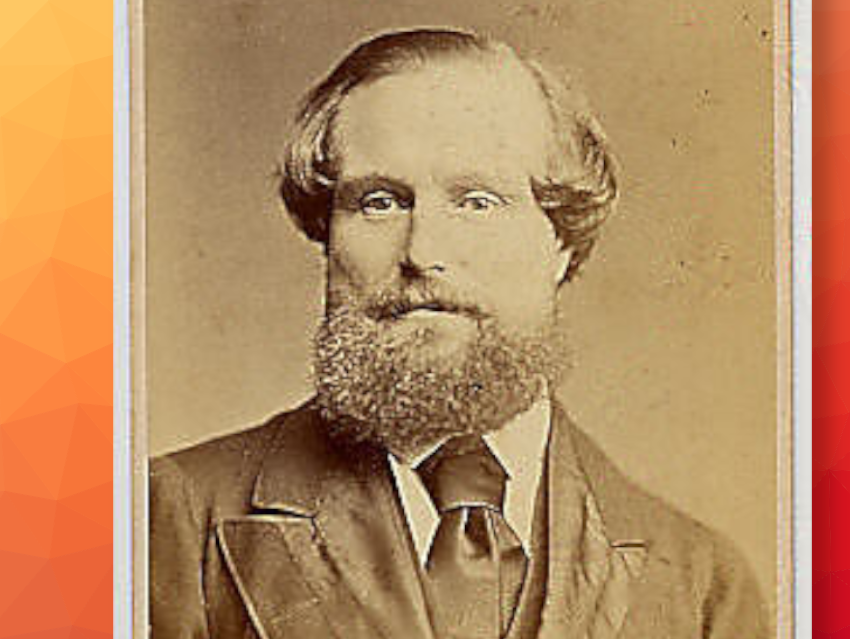 |
| 1830 – 1895 | Lothar Meyer German chemist and physician developed one of the first periodic tables of chemical elements |
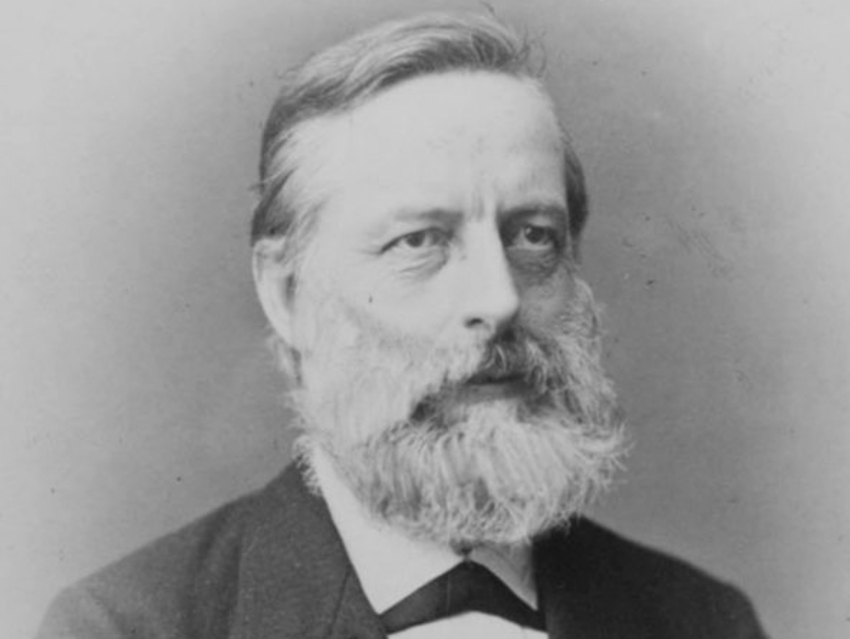 |
| 1832 – 1899 | Charles Friedel French chemist co-discovered the Friedel–Crafts reactions with James Mason Crafts |
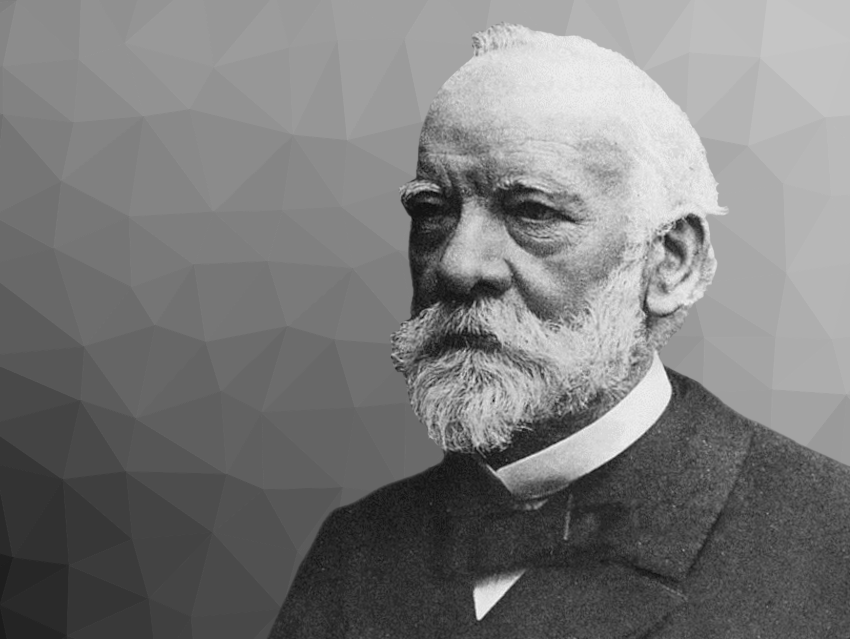 |
| 1833 – 1896 | Alfred Nobel Invented dynamite and established the Nobel Prize in his will |
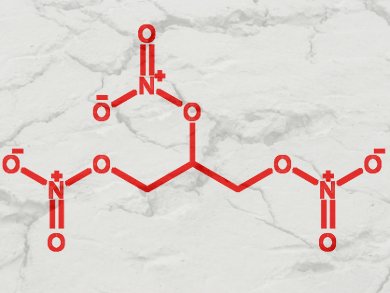 |
| 1834 – 1916 | Adolph Frank Recognized the potential of potash for fertilizer production |
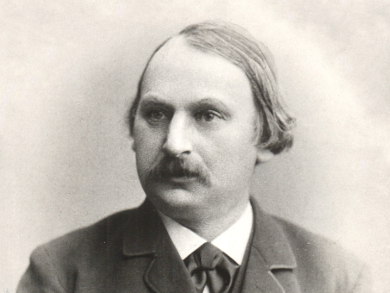 |
| 1835 – 1917 | Johann Friedrich Wilhelm Adolf von Baeyer Synthesised indigo and developed a nomenclature for cyclic compounds 1905 Nobel Prize in Chemistry |
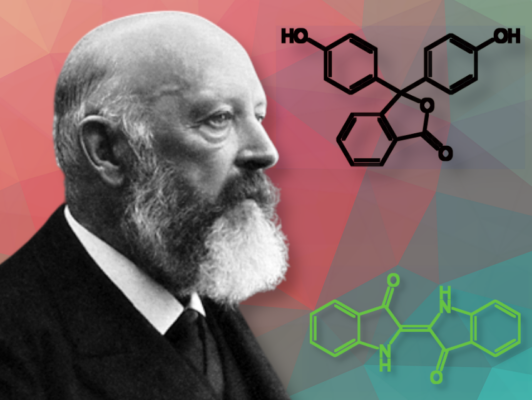 |
| 1836 – 1918 |
Alexander Mitscherlich |
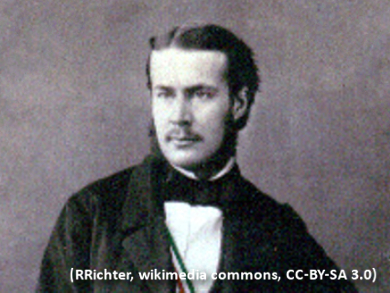 |
| 1837 – 1923 | Johannes Diderik van der Waals Dutch Nobel Laureate and theoretical physicist and thermodynamicist known for his pioneering work on the equation of state for gases and liquids |
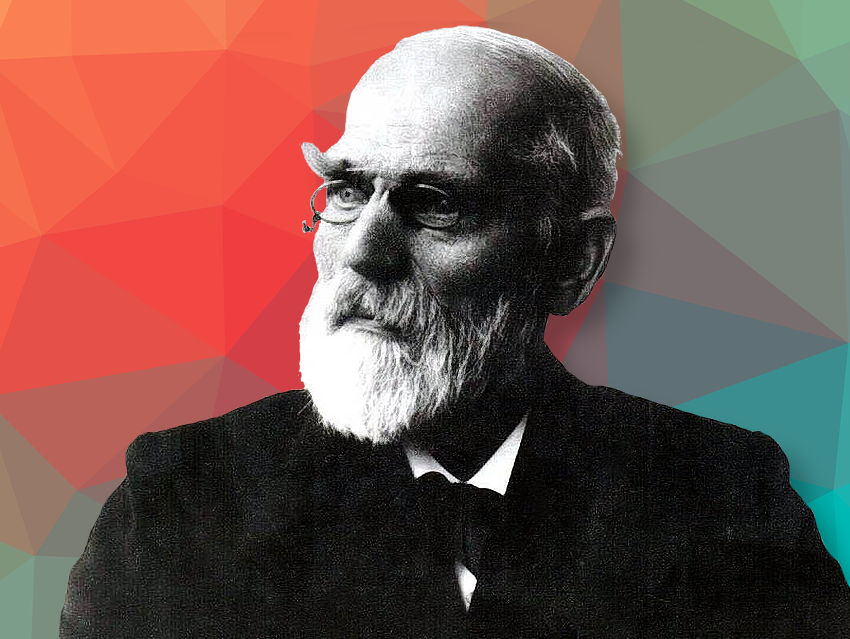 |
| 1838 – 1906 | Friedrich Konrad Beilstein Russian-German chemist renowned for his creation of the Beilstein Handbook, the Beilstein test, and the rules for the chlorination of alkylbenzenes |
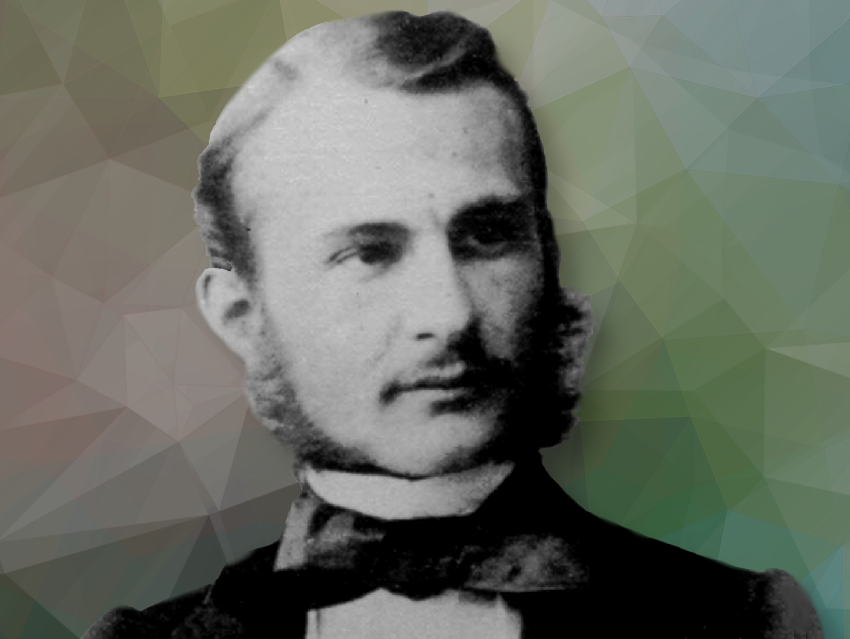 |
| 1838 – 1907 | Sir William Henry Perkin British chemist and entrepreneur, discoverer of the first synthetic organic dye and the Perkin reaction for the production of cinnamic acid and coumarin |
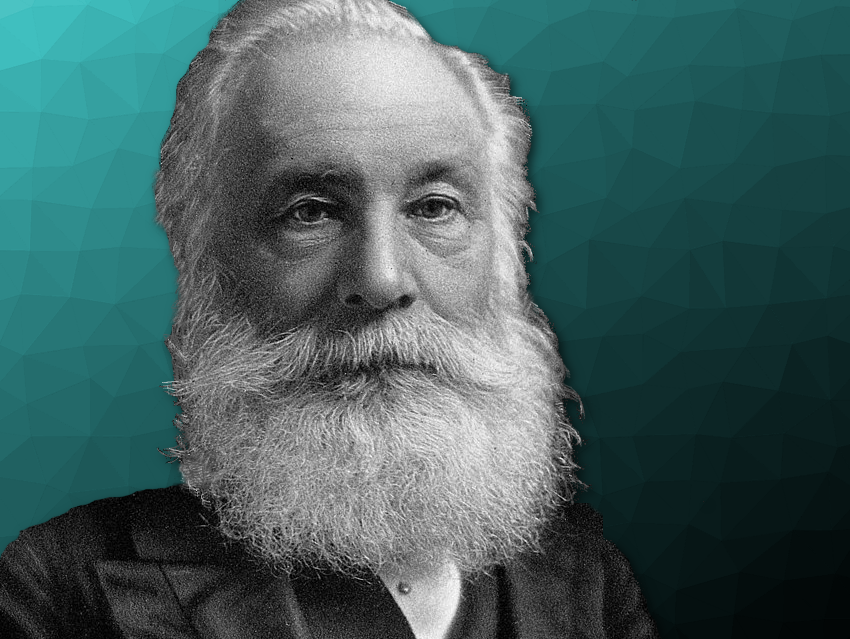 |
| 1838 – 1920 | Carl Alexander von Martius Discovered Martius yellow, the first industrially used naphthalin-based dye |
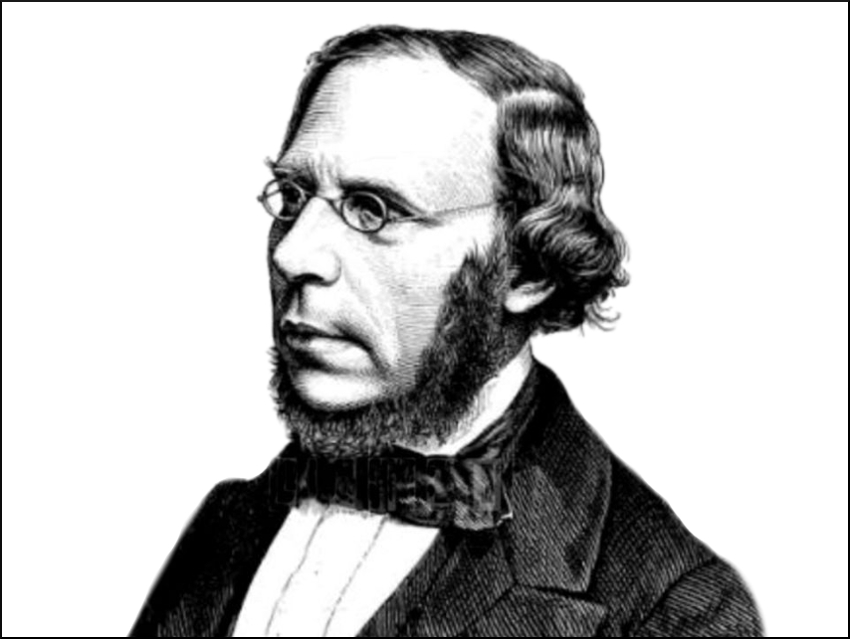 |
| 1839 – 1917 | James Mason Crafts Co-developed the Friedel-Crafts alkylation and acylation reactions, which can functionalize aromatic rings |
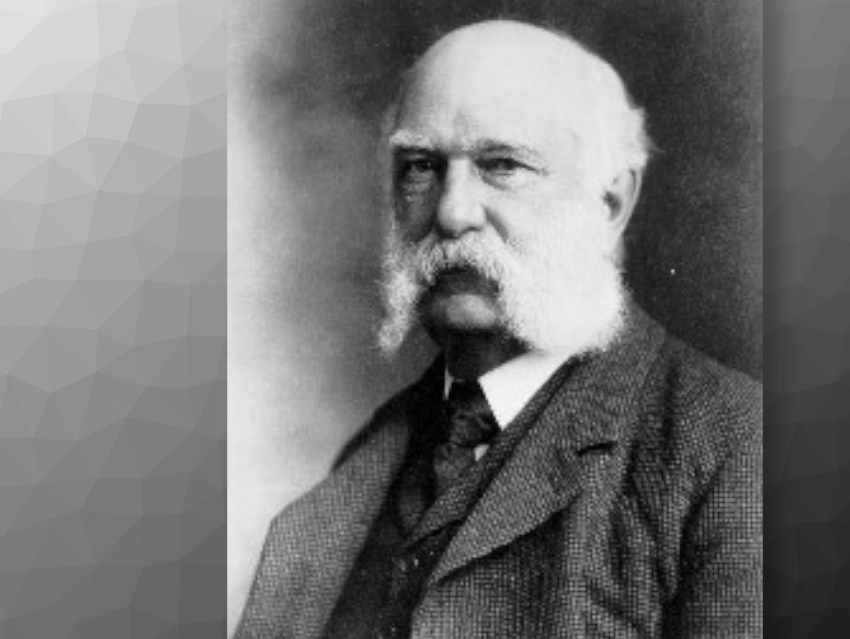 |
| 1842 – 1911 | Ellen Swallow Richards Was the first woman admitted to the Massachusetts Institute of Technology (MIT) and an environmental chemist |
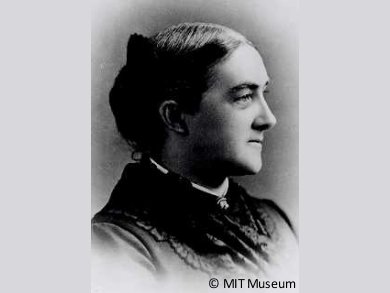 |
| 1842 – 1919 | Lord Rayleigh Co-discovered argon |
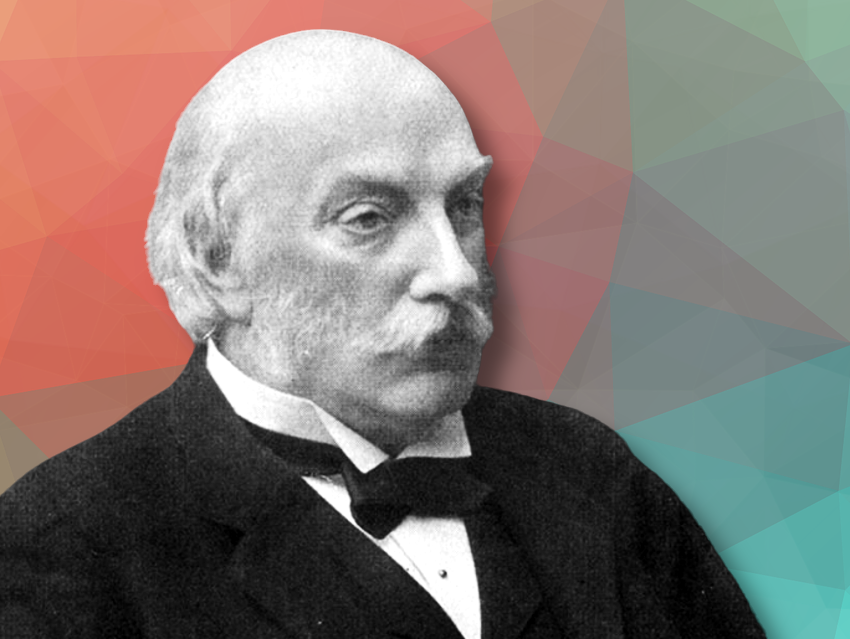 |
| 1844 – 1929 | Nagayoshi Nagai (長井 長義) First to synthesize methamphetamine and ephedrine, an anti-asthma drug |
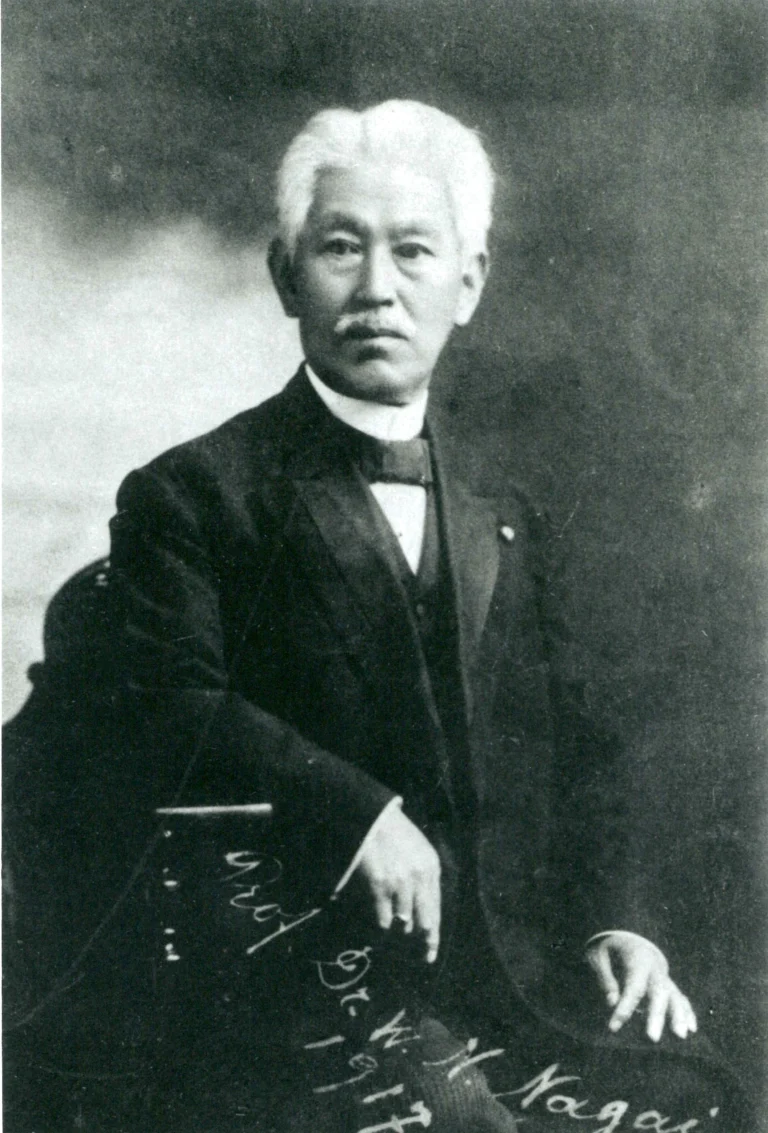 |
| 1845 – 1920 | Wilhelm Pfeffer Developed the Pfeffer cell, a device to measure osmotic pressure |
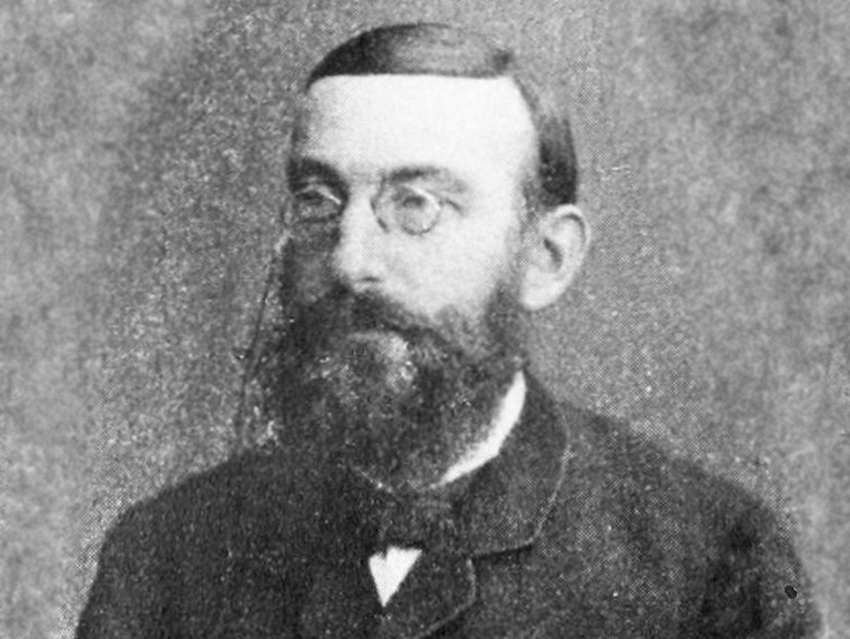 |
| 1846 – 1919 | Julia Lermontova First Russian woman to receive a doctoral degree in chemistry |
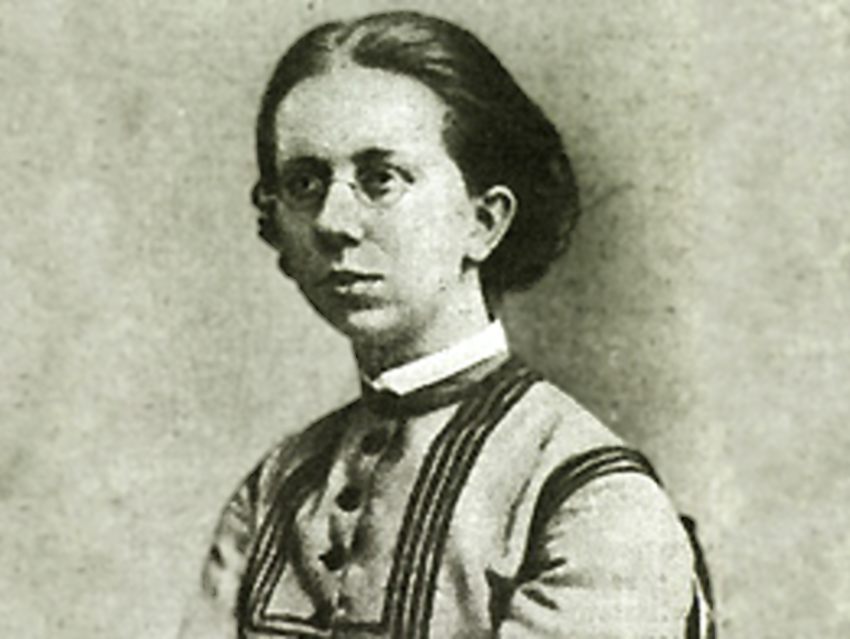 |
| 1847 – 1931 | Wilhelm Haarmann Co-discoverer of the first synthesis of vanillin |
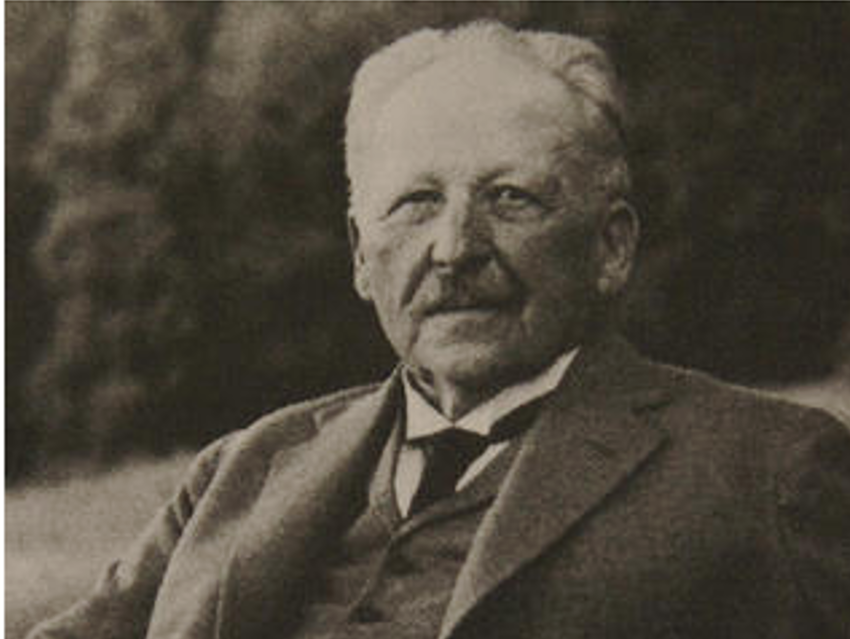 |
| 1848 – 1922 | Philippe Barbier French organic chemist known as a pioneer of organometallic chemistry |
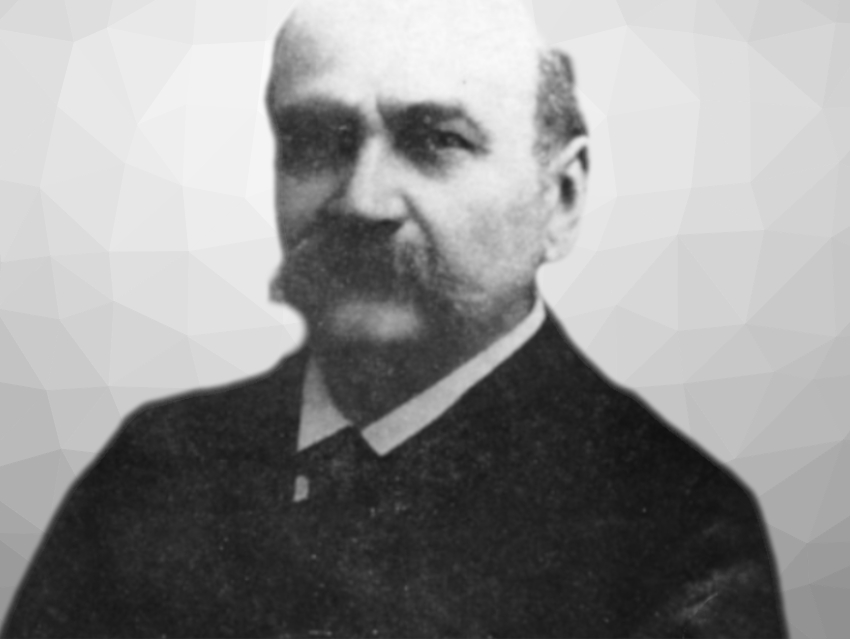 |
| 1852 – 1916 | Sir William Ramsay Discovered multiple noble gases 1904 Nobel Prize in Chemistry |
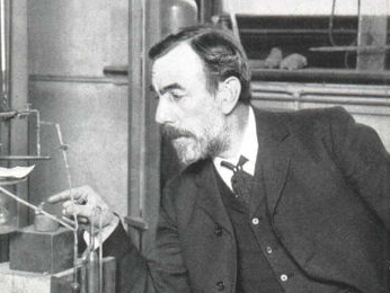 |
| 1852 – 1919 | Emil Fischer Contributions to carbohydrate and purine research, and developed the “lock and key” model for enzyme-substrate interactions 1902 Nobel Prize in Chemistry |
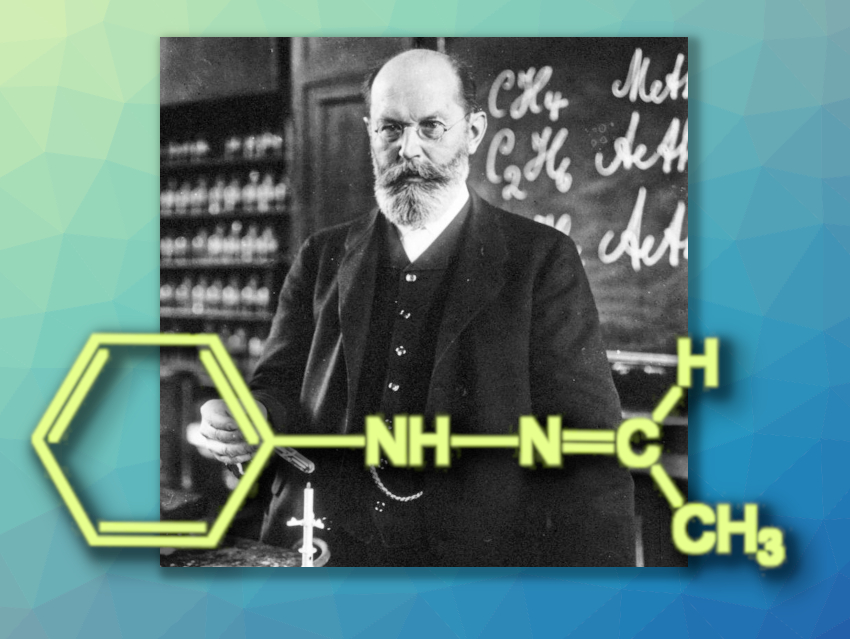 |
| 1853 – 1923 | Ernst Otto Beckmann German pharmacist and chemist well-known for the discovery of the Beckmann rearrangement and the development of the Beckmann differential thermometer |
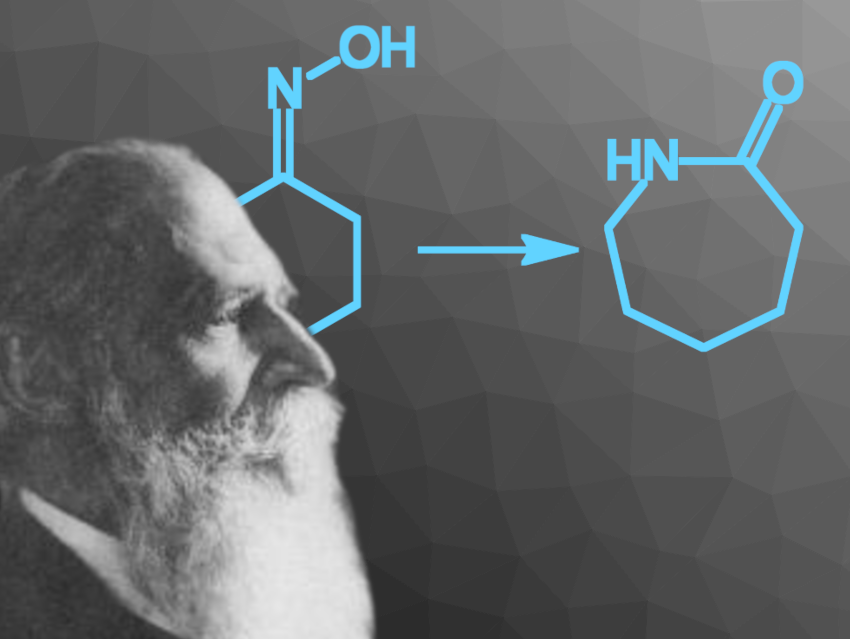 |
| 1854 – 1915 | Paul Ehrlich Made seminal contributions to immunology and developed treatments for syphilis and diphtheria 1908 Nobel Prize in Physiology or Medicine |
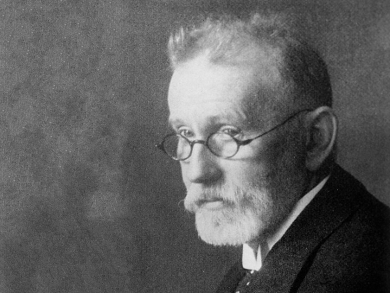 |
| 1855 – 1923 | Emanuel August Merck Partner of Merck KGaA, grandson of the company’s founder, instrumental in growing the company’s workforce, chairman of predecessor of GDCh, preserved laboratory of Justus von Liebig, a friend of his grandfather |
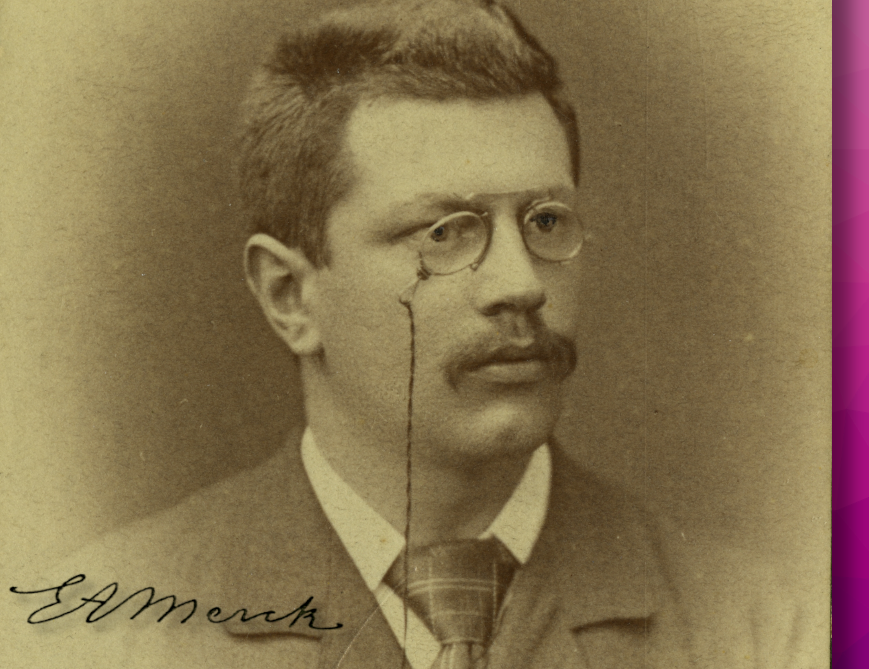 |
| 1856 – 1919 | Mitsuru Kuhara First President of the Tokyo Chemical Society, one of the earliest chemical societies |
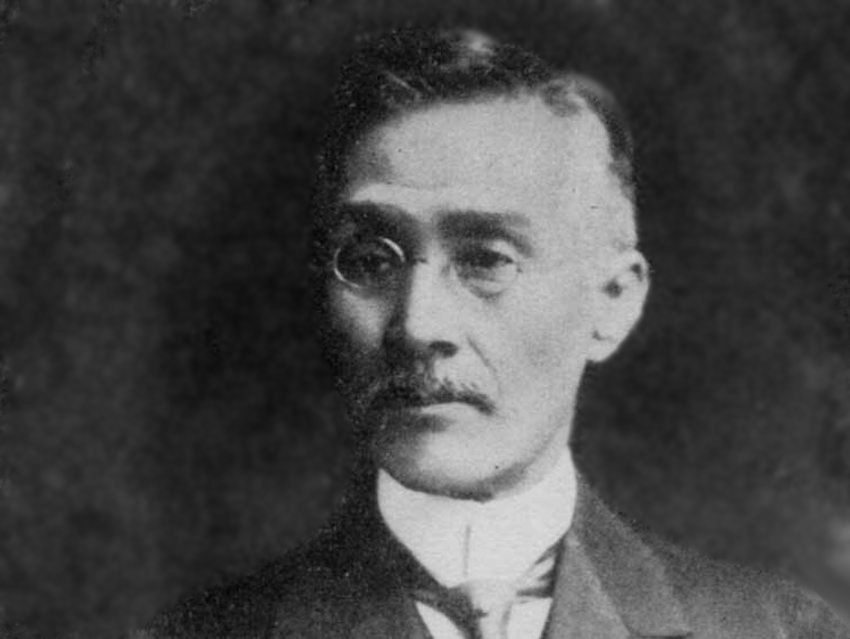 |
| 1857 – 1922 | Giacomo Ciamician Italian chemist and pioneer of photochemistry |
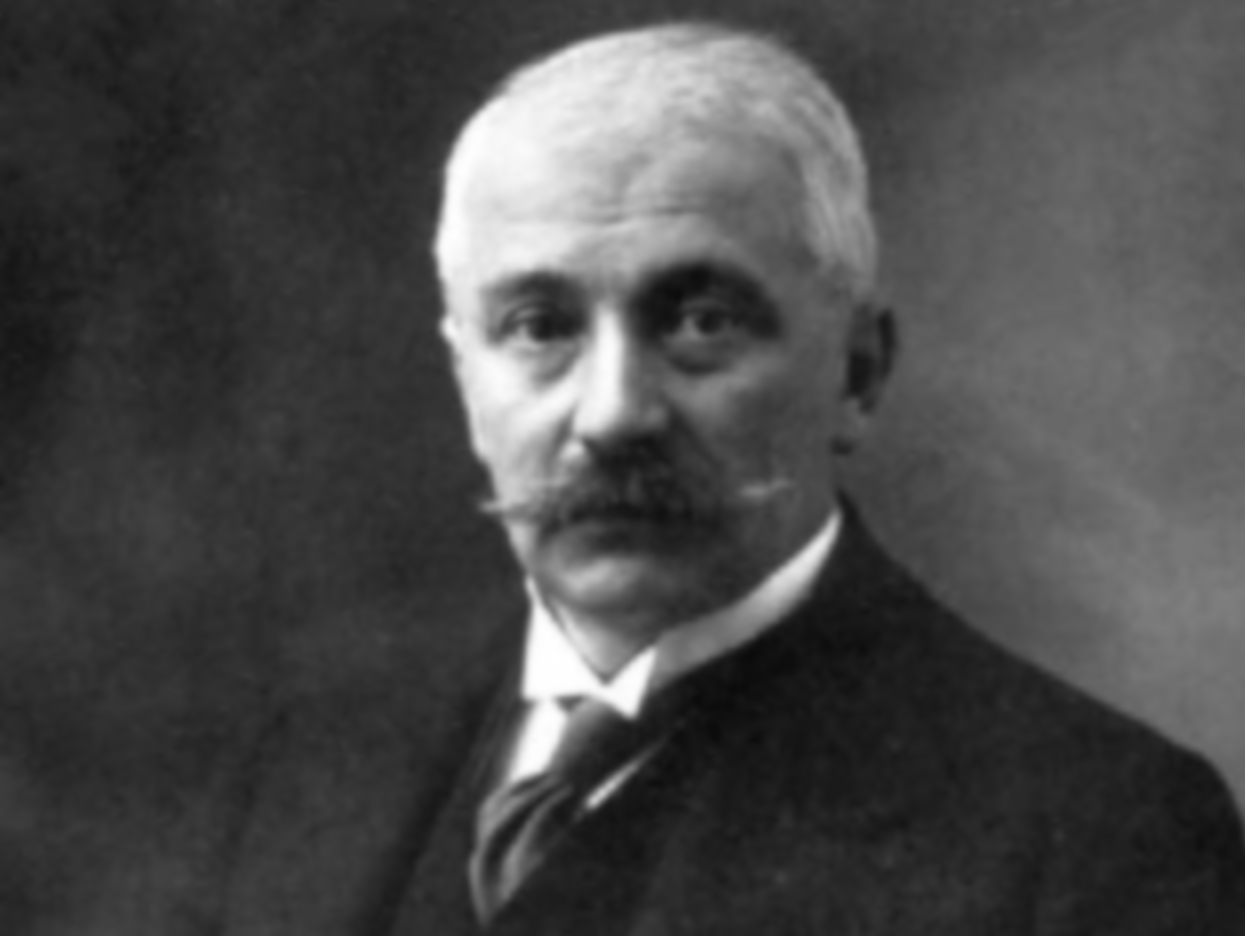 |
| 1858 – 19?? | Joji Sakurai Was the first chemistry professor at Tokyo University and helped found the Japanese research institute RIKEN |
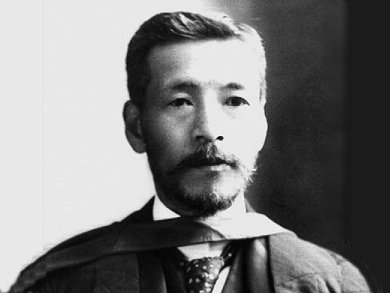 |
| 1859 – 1921 | Ludwig Knorr German chemist known for the Knorr quinoline synthesis, the Knorr pyrrole synthesis, and the Paal–Knorr synthesis |
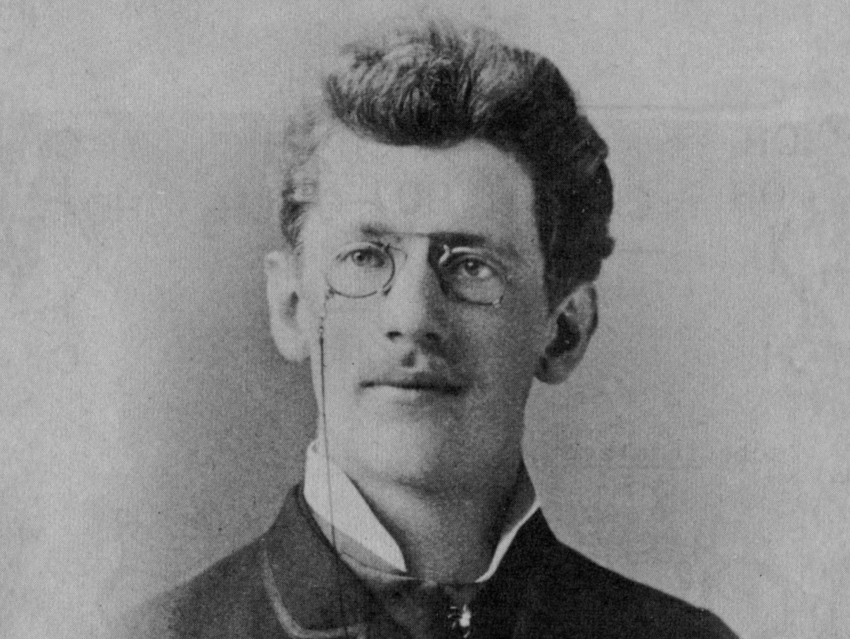 |
| 1859 – 1927 | Svante Arrhenius Swedish Nobel Laureate known for work on the theory of electrolytic dissociation, activation energy, and the pioneering theory of global warming |
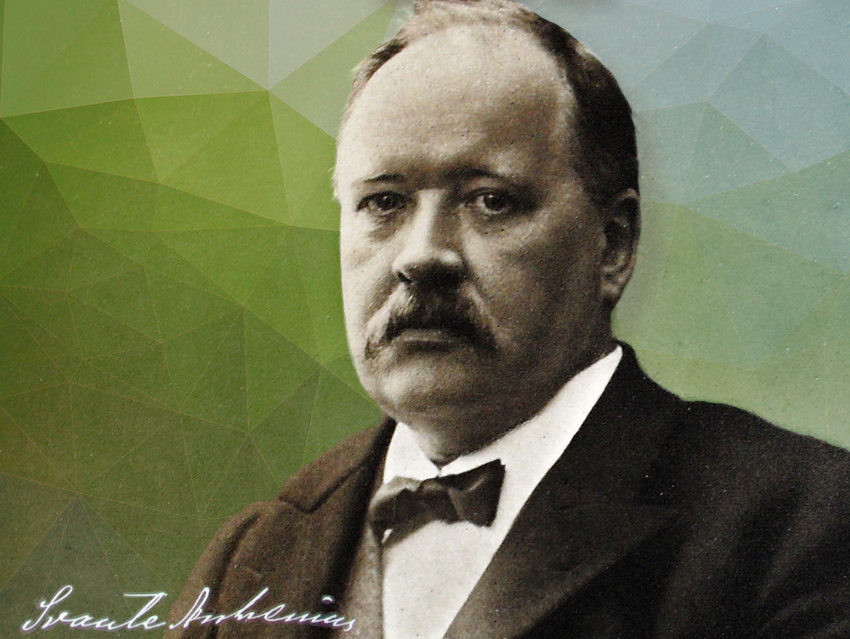 |
| 1862 – 1935 | Agnes Pockels Pioneered research in the field of surface tension and the measurement of surface films |
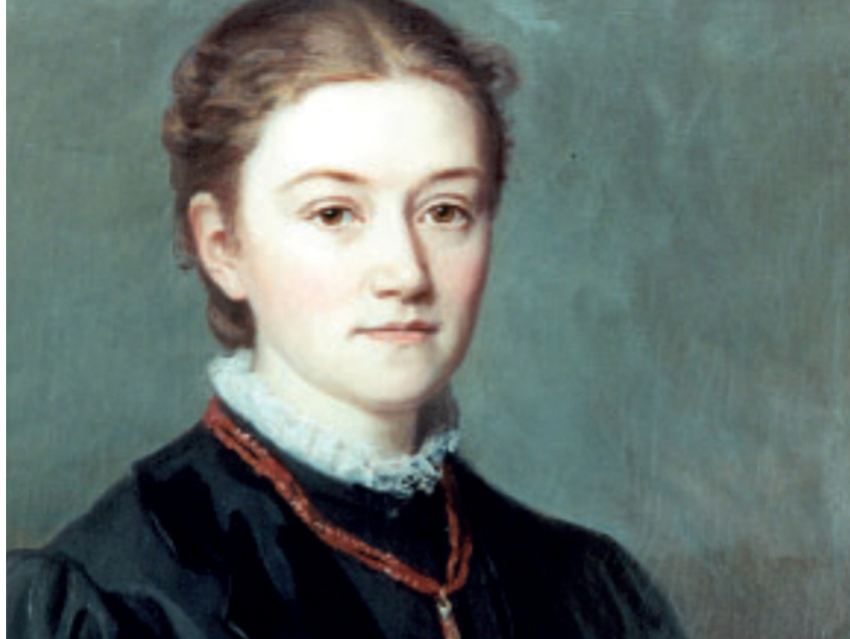 |
| 1863 – 1914 | Ida Freund A pioneering chemistry educator and women’s rights advocate known for her innovative and engaging teaching methods |
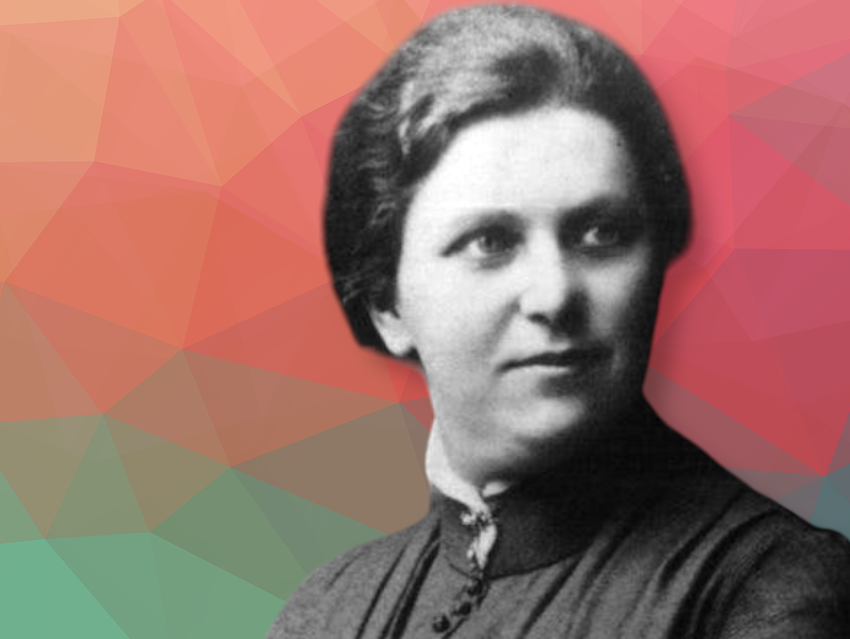 |
| 1863 – 1944 | Leo Hendrik Baekeland Invented bakelite, one of the first synthetic plastics |
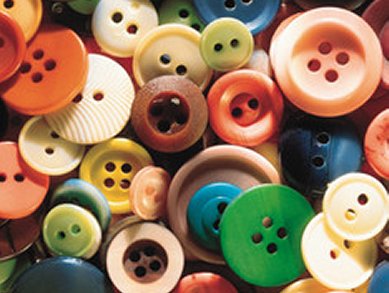 |
| 1864 – 1941 | Walther Nernst Is best known for the Nernst equation, which gives the potential of a half-cell in electrochemistry 1920 Nobel Prize in Chemistry. |
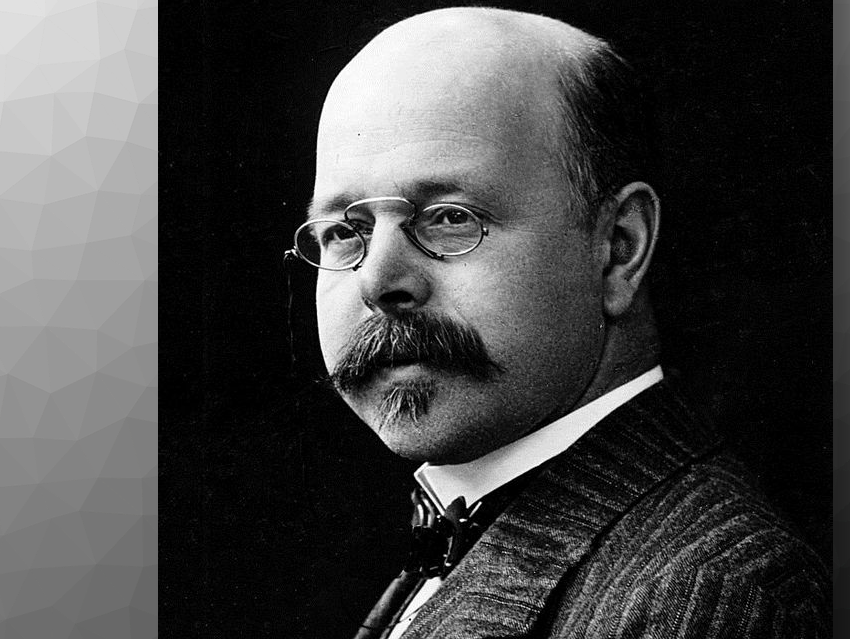 |
| 1865 – 1954 | William M. Burton Developed the first commercially successful thermal cracking method for producing gasoline |
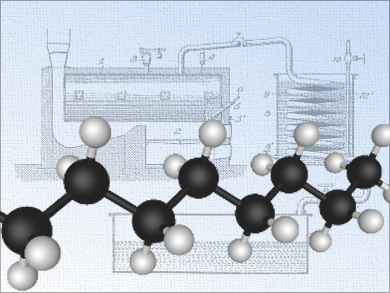 |
| 1865 – 1921 | Emil Knoevenagel Developed the Knoevenagel condensation, a modified aldol condensation |
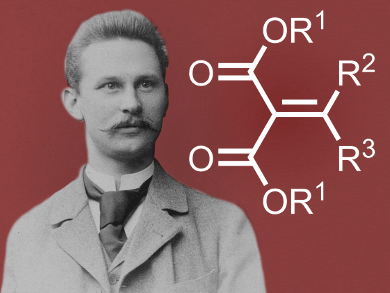 |
| 1866 – 1947 | Moses Gomberg Discovered the first stable free radical |
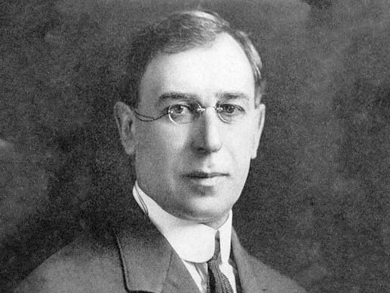 |
| 1866 – 1926 | Paul Immerwahr Brother of Clara Immerwahr who provided the stimulus and money for the syntheses of the insecticide pyrethrum and artificial pepper |
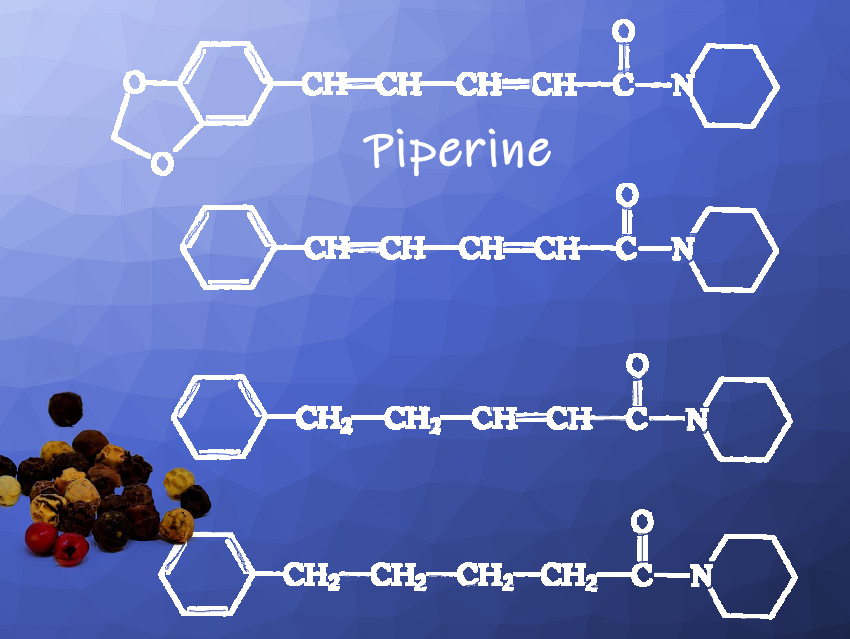 |
| 1866 – 1919 | Alfred Werner Developed the concept of the coordination number 1913 Nobel Prize in Chemistry |
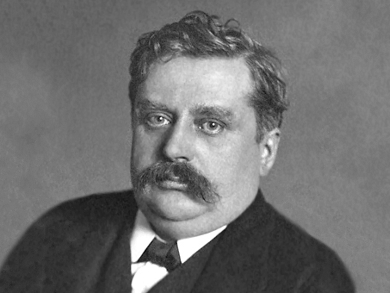 |
| 1866 – 1940 | Samuel Eyde Co-developed the Birkeland–Eyde process for the fixation of nitrogen |
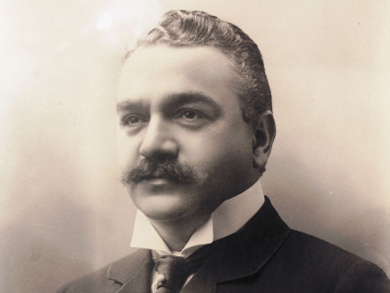 |
| 1866 – 1940 | William Lash Miller Was the leading proponent of Gibbs’ thermodynamics in North America |
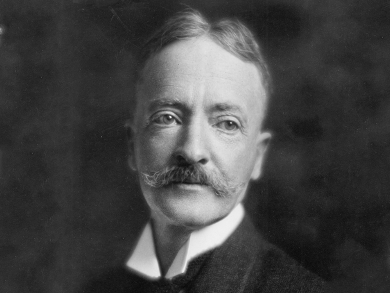 |
| 1867 – 1935 | Erik Christian Clemmensen Invented the Clemmensen reduction, which converts carbonyls to methylene groups |
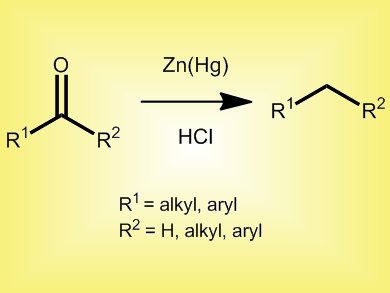 |
| 1867 – 1941 | Daniel Vorländer Was a liquid crystal pioneer |
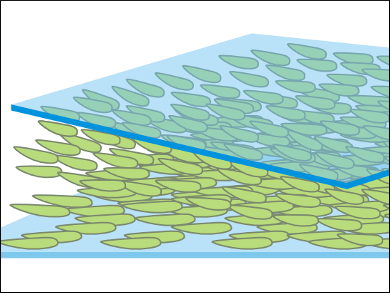 |
| 1868 – 1928 |
Theodore William Richards |
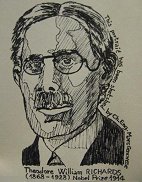 |
| 1868 – 1943 | Fritz Haber Co-invented the Haber-Bosch process for the synthesis of ammonia 1918 Nobel Prize in Chemistry |
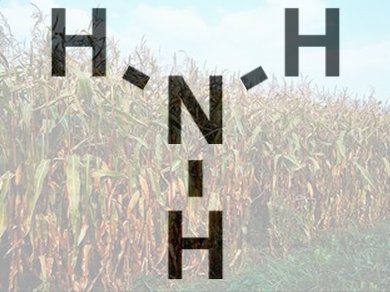 |
| 1868 – 1939 | Søren Sørensen Developed the concept of the pH scale |
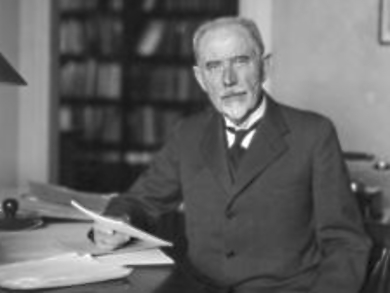 |
| 1868 – 1946 | Felix Hoffman Synthesize Aspirin, acetylsalicylic acid (ASA), 2-acetyloxybenzoic acid |
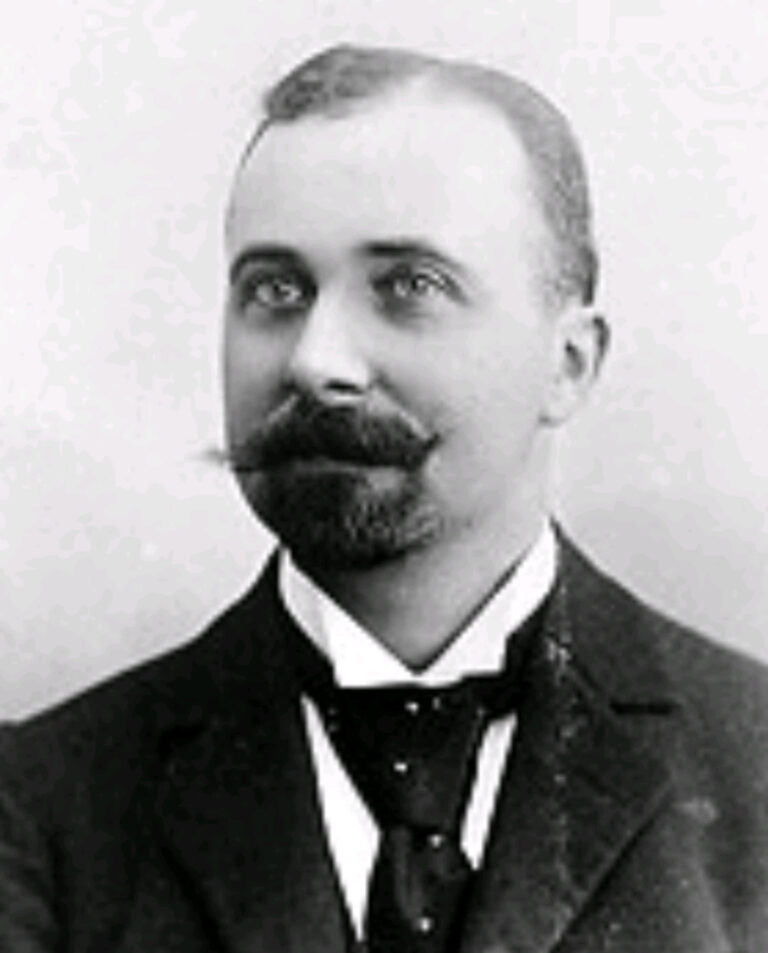 |
| 1869 – 1910 | Richard Abegg Pioneered valence theory |
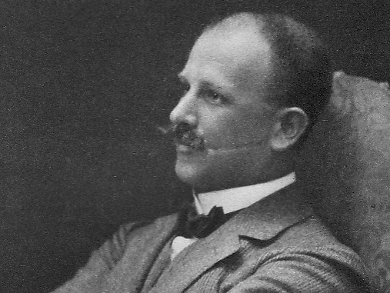 |
| 1870 – 1915 | Clara Immerwahr Was the first woman to be awarded a Ph.D. in chemistry in Germany and an activist for women’s rights |
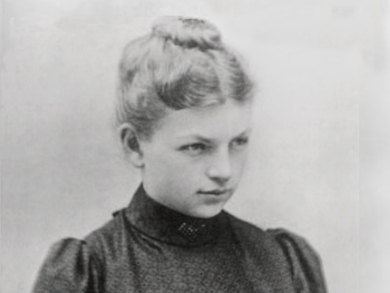 |
| 1870 – 1939 | Sir William Jackson Pope British chemist and crystallographer known for his work on optically active N, S, Se, or Sn compounds |
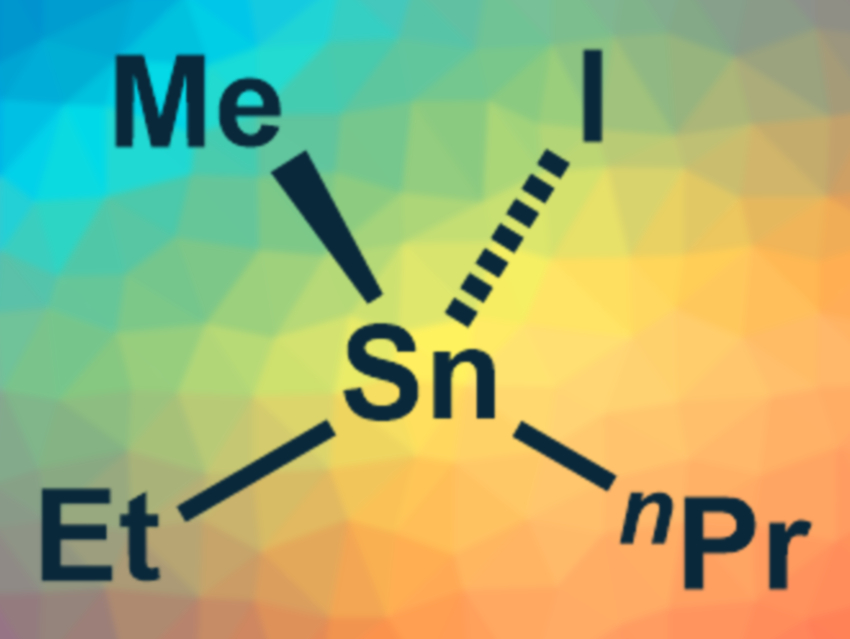 |
| 1871 – 1935 | Victor Grignard French chemist known for Grignard reagents and the C–C bond-forming Grignard reaction 1912 Nobel Prize for Chemistry |
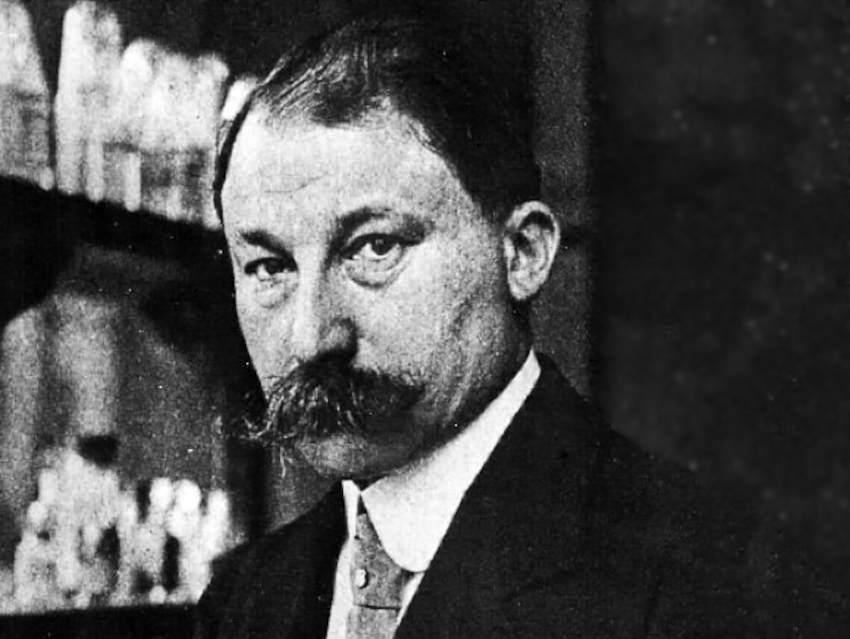 |
| 1872 – 1935 | Lafayette B. Mendel American biochemist known for the co-discovery of vitamin A |
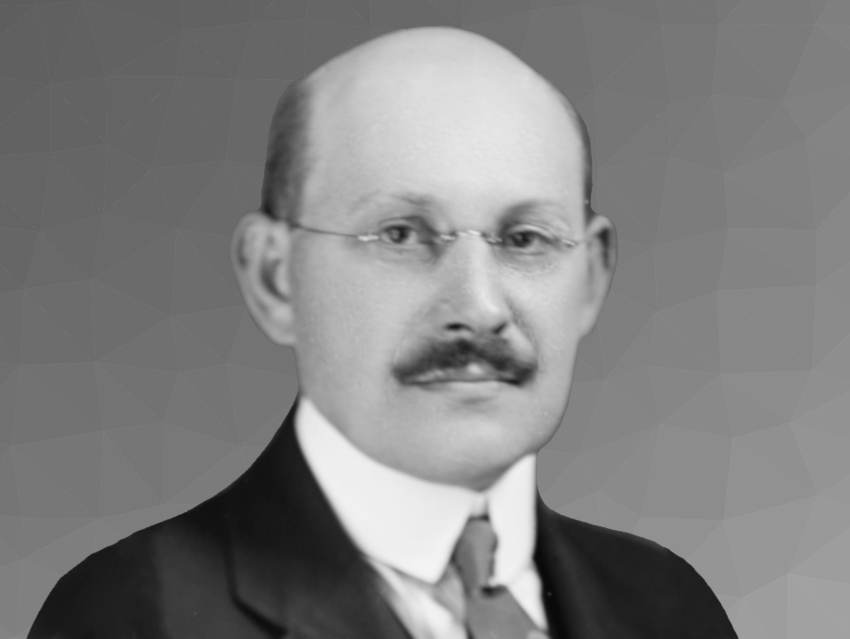 |
| 1872 – 1938 | Georges Urbain French chemist discovered the element lutetium |
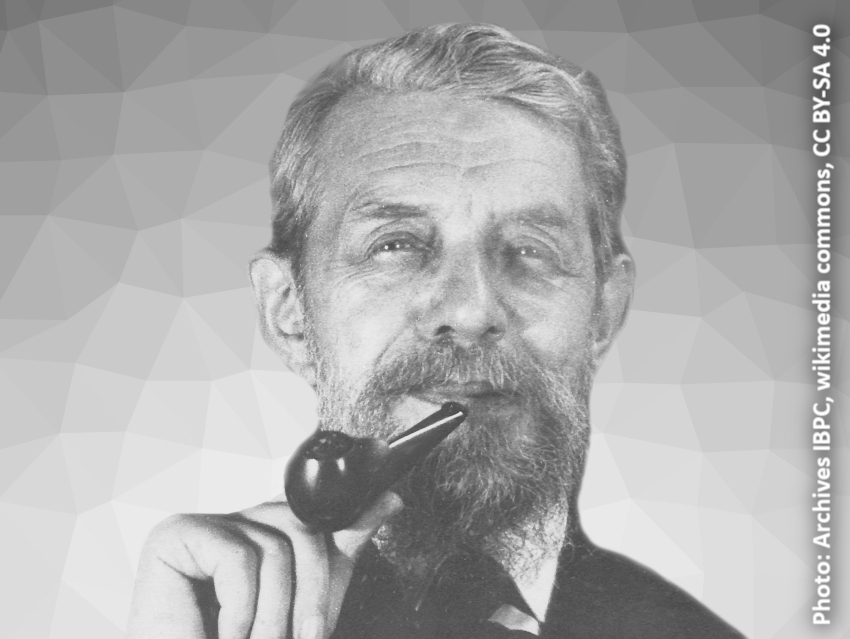 |
| 1872 – 1952 | Mary Engle Pennington American bacteriological chemist who was a pioneer in food safety and refrigeration |
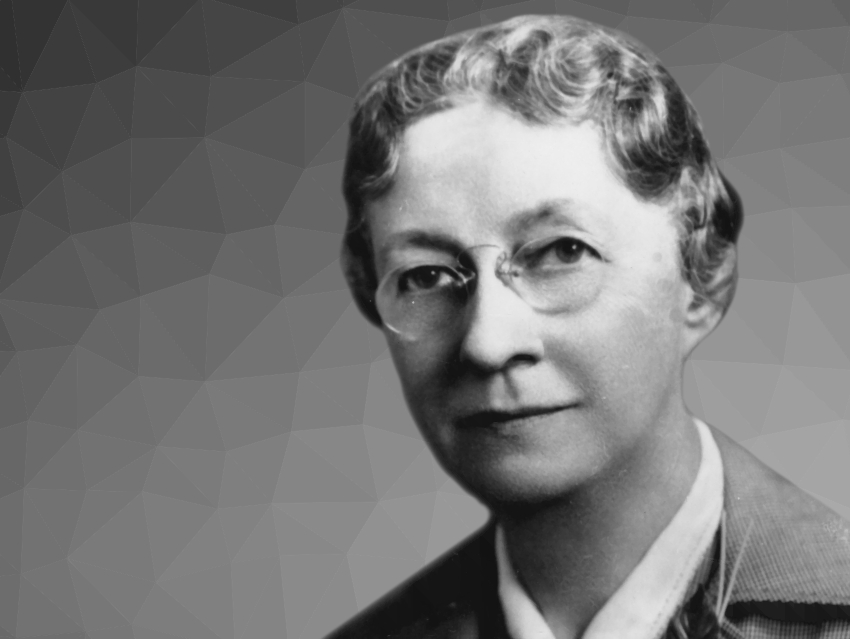 |
| 1873 – 1964 | Hans von Euler-Chelpin Explained the enzymatic fermentation of sugar 1929 Nobel Prize in Chemistry |
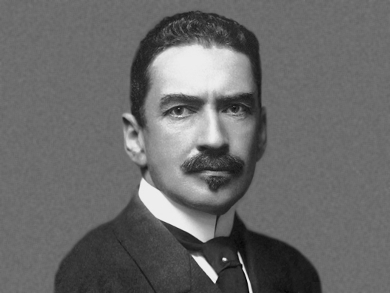 |
| 1874 – 1925 | Lydia Sesemann First woman to be awarded a doctorate in chemistry |
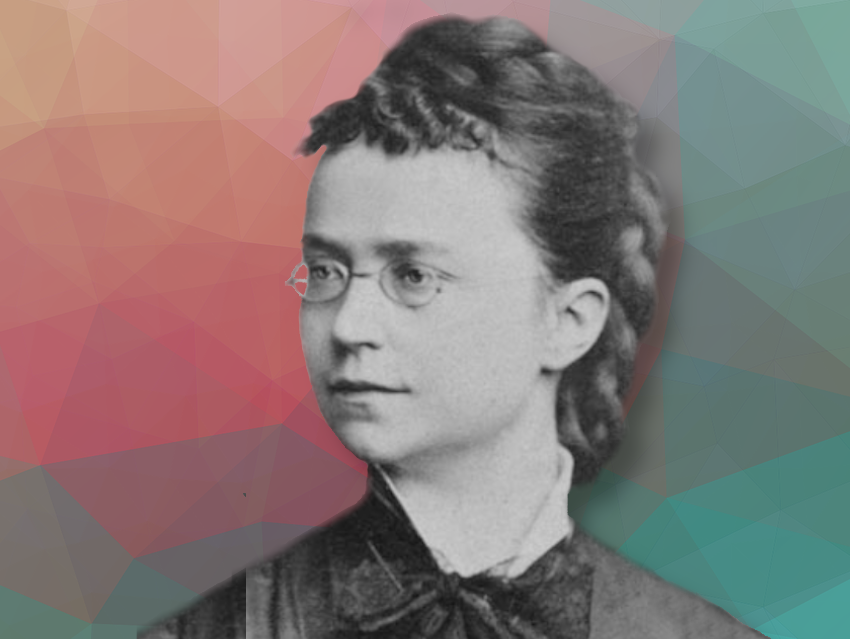 |
| 1874 – 1936 | Thomas Martin Lowry English chemist discovered the proton theory of acids and bases independently of Johannes Brønsted |
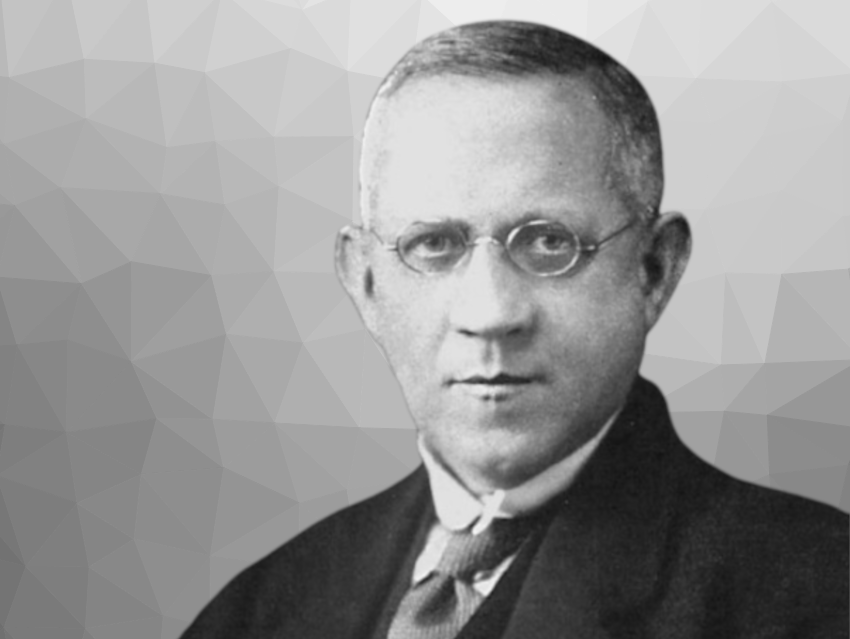 |
| 1874 – 1940 | Carl Bosch Co-invented the Haber-Bosch process for the synthesis of ammonia |
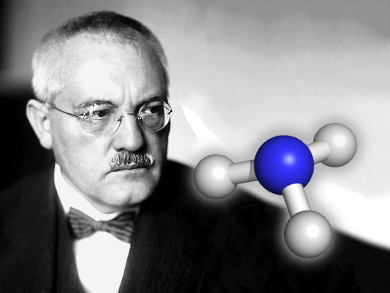 |
| 1875 – 1939 | Fritz Ullmann Advanced copper-catalyzed reactions and created the renowned Ullmann’s Encyclopedia, shaping industrial chemistry for generations |
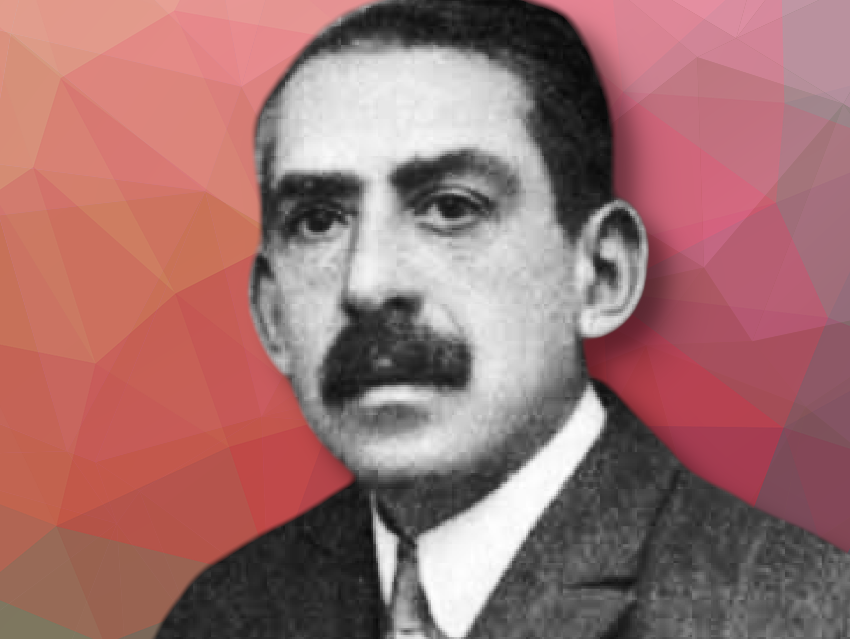 |
| 1878 – 1968 | Lise Meitner Made important contributions to nuclear chemistry |
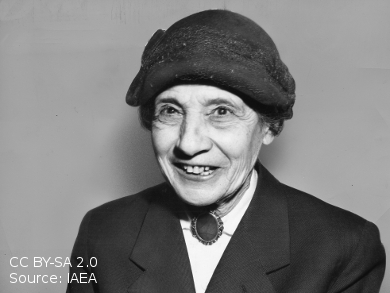 |
| 1879 – 1960 |
Max von Laue |
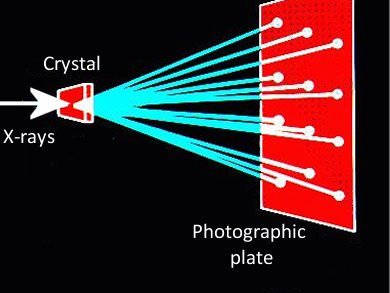 |
| 1879 – 1967 | Elmer McCollum Discovered the first vitamins |
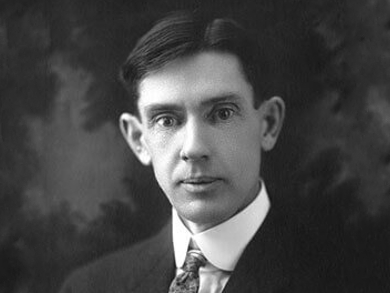 |
| 1879 – 1968 | Otto Hahn Discovered nuclear fission 1944 Nobel Prize for Chemistry |
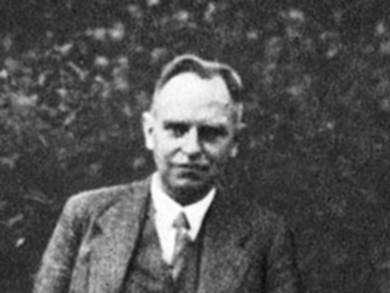 |
| 1879 – 1960 | Maud Leonora Menten Together with Leonor Michaelis, and based on work by Victor Henri, she developed the Henri-Michaelis-Menten kinetics |
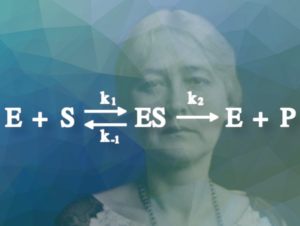 |
| 1880 – 1934 | Friedrich Heinrich August Klatte Received the first patent for polyvinyl chloride (PVC) |
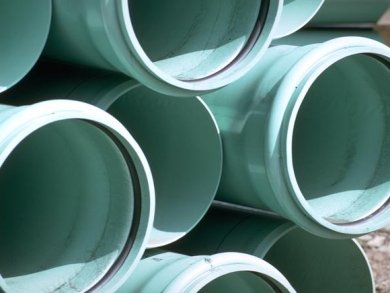 |
| 1881 – 1965 | Hermann Staudinger Is considered the “father of polymer chemistry” and discovered the first ketene 1953 Nobel Prize in Chemistry |
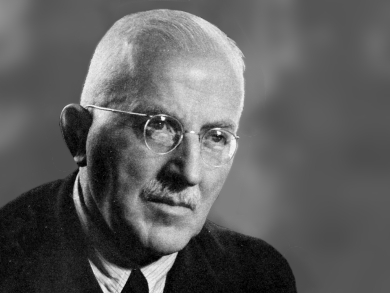 |
| 1884 – 1949 | Friedrich Bergius Developed the Bergius process for producing synthetic fuel from coal 1931 Nobel Prize in Chemistry |
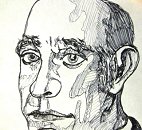 |
| 1884 – 1966 | Peter Debye Performed important investigations on dipole moments and on X-ray diffraction 1936 Nobel Prize in Chemistry |
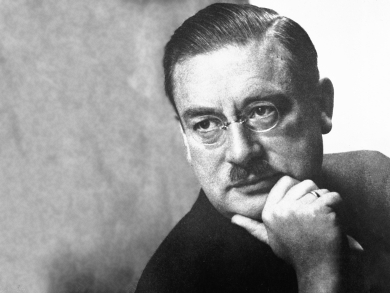 |
| 1884 – 1968 | Chika Kuroda The first female chemist to graduate from university in Japan worked in organic chemistry, specifically on plant dyes |
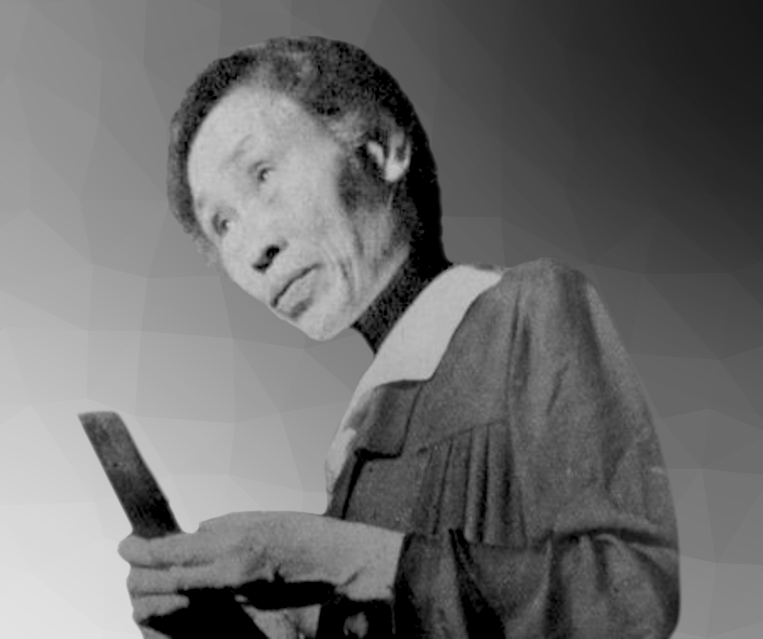 |
| 1885 – 1962 |
Niels Henrik David Bohr |
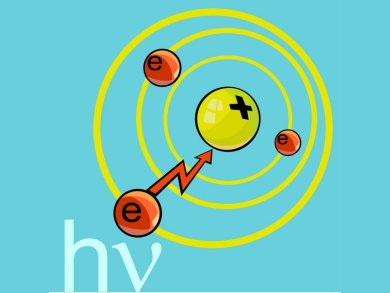 |
| 1892 – 1916 |
Alice Augusta Ball |
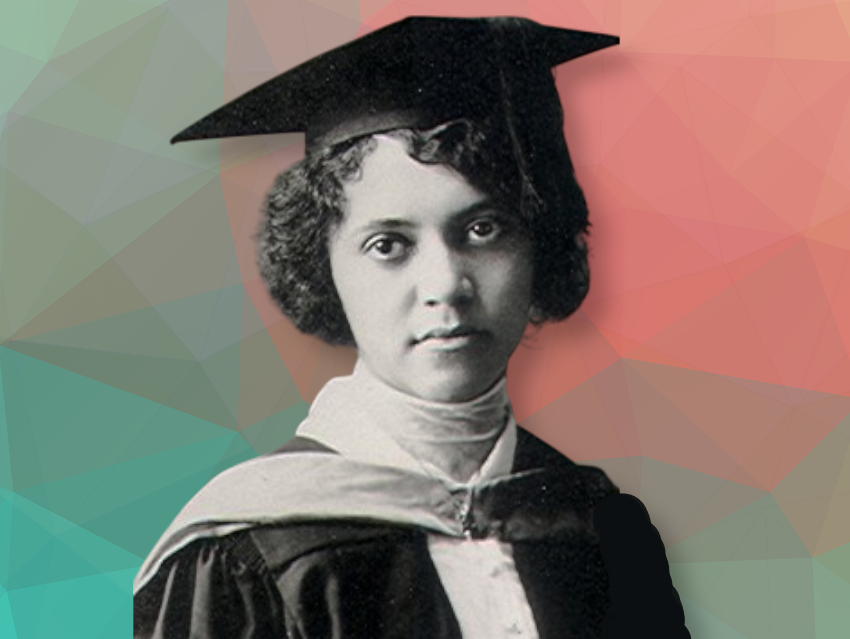 |
| 1892 – 1987 |
Louis de Broglie |
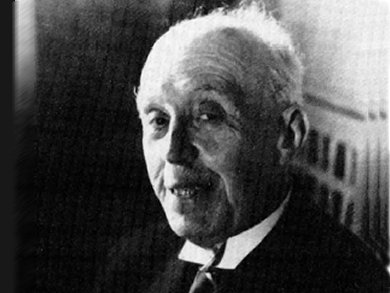 |
| 1893 – 1970 | Sir Christopher Kelk Ingold Performed pioneering work on reaction mechanisms and coined terms such as nucleophilic and electrophilic |
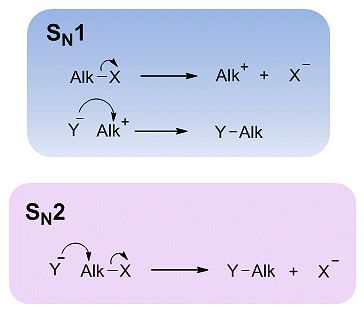 |
| 1893 – 1981 | Harold Urey Co-discovered deuterium |
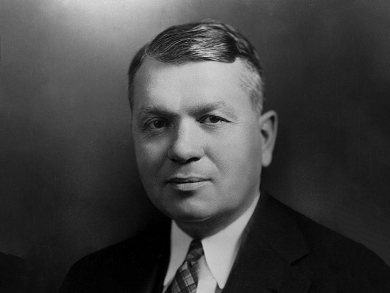 |
| 1893 – 1989 | Lili Wachenheim First female chemist to do research in a BASF laboratory |
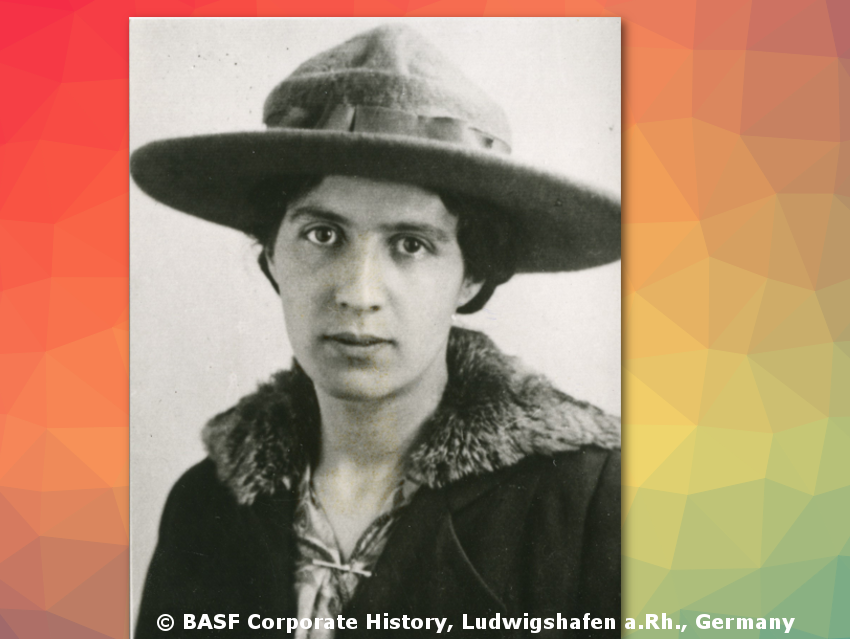 |
| 1894 – 1993 | Izaak Kolthoff Pioneered modern analytical chemistry |
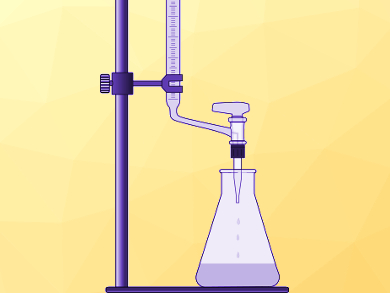 |
| 1895 – 1968 | Hertha Sponer Co-developed the Birge–Sponer method |
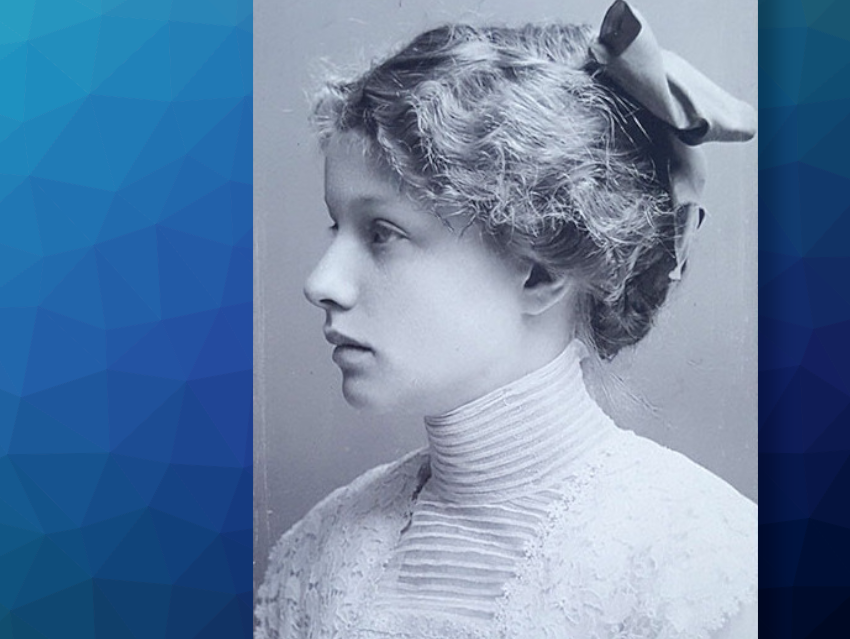 |
| 1895 – 1982 | William Giauque Worked on thermodynamics and cryogenics 1949 Nobel Prize for Chemistry |
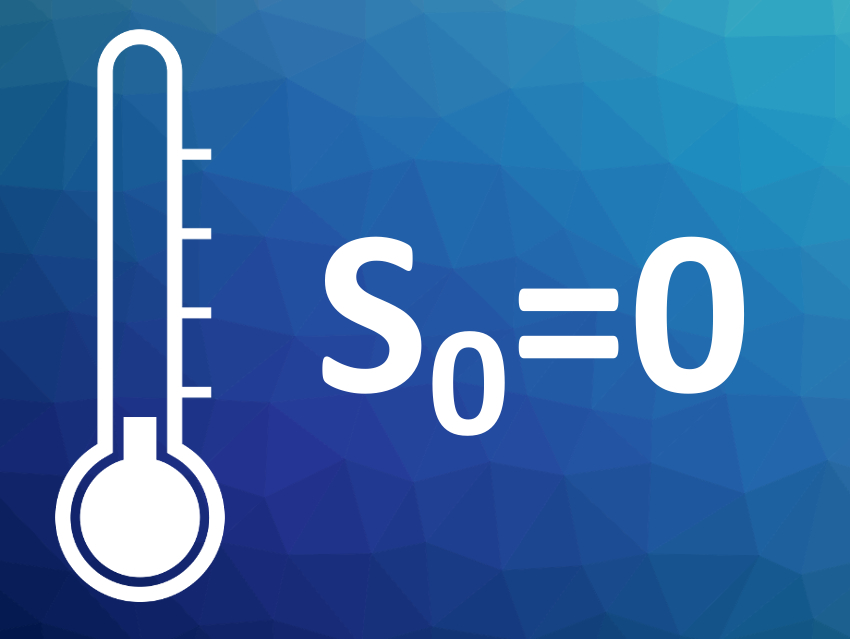 |
| 1895 – 1970 | Margaret D. Foster Pioneered research in the field of surface tension and the measurement of surface films |
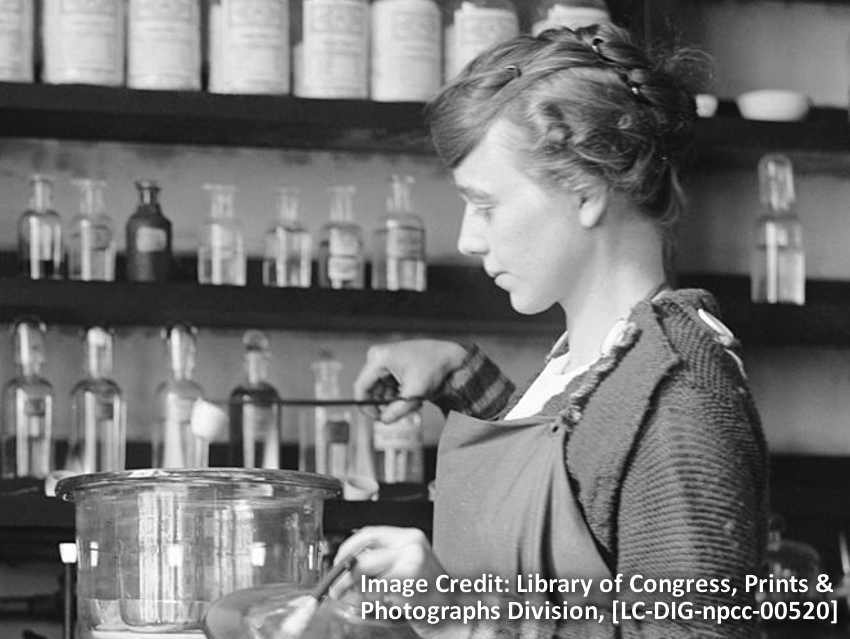 |
| 1896 – 1957 | Gerty Cori Known for the co-discovery of the Cori cycle and the Cori ester 1947 Nobel Prize in Physiology or Medicine |
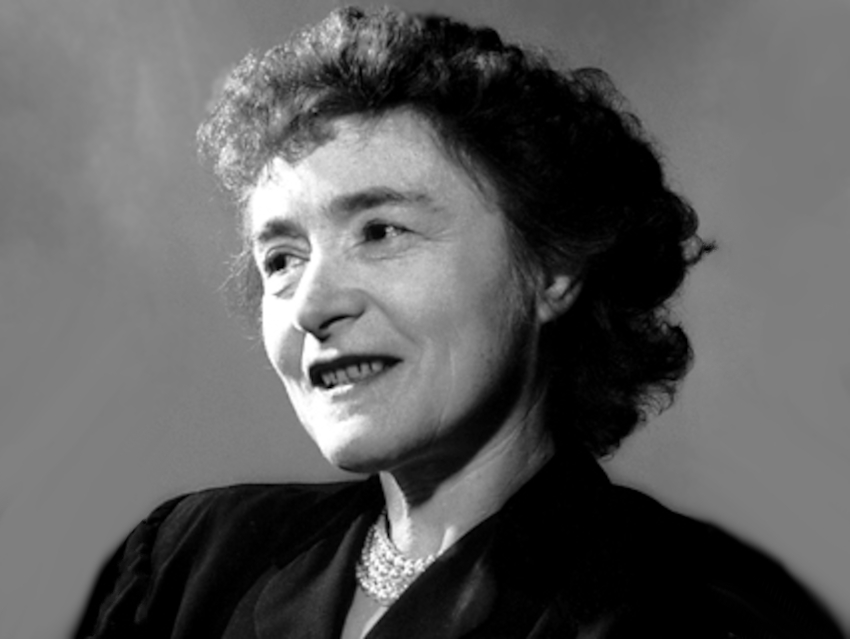 |
| 1897 – 1971 | Robert Corey American biochemist known for his role in discovery of the α-helix and the β-sheet |
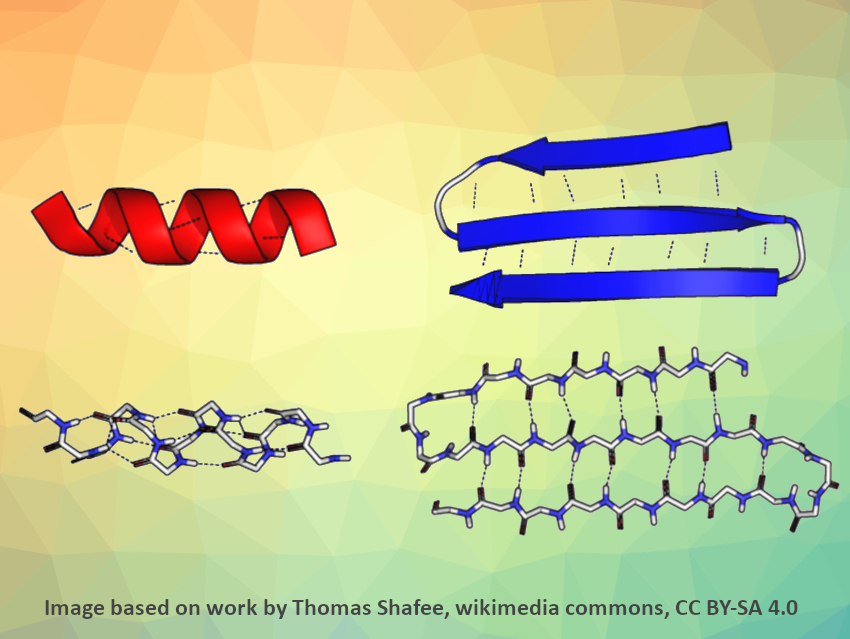 |
| 1897 – 1987 | Georg Wittig Well-known for the Wittig reaction and Wittig rearrangements 1979 Nobel Prize in Chemistry |
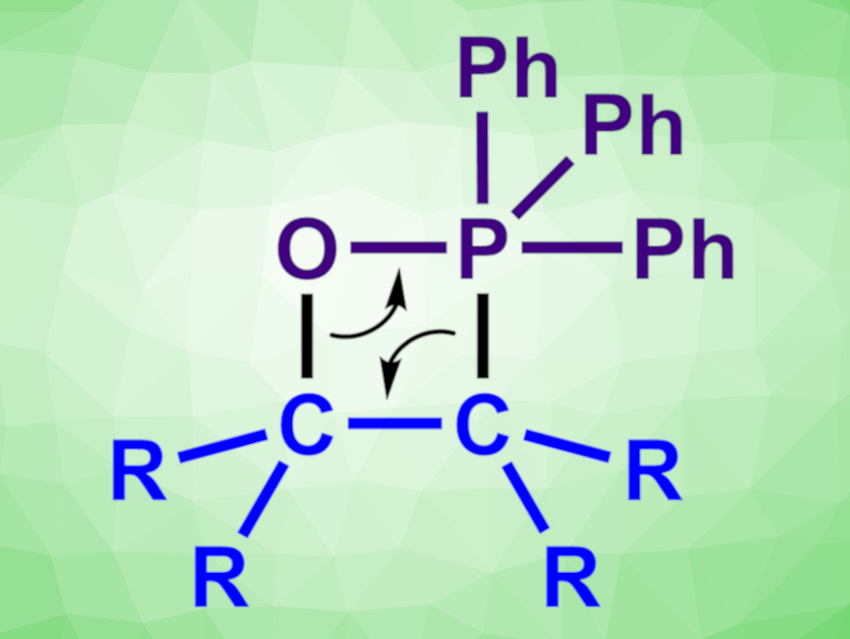 |
| 1897 – 1996 |
Tadeusz Reichstein |
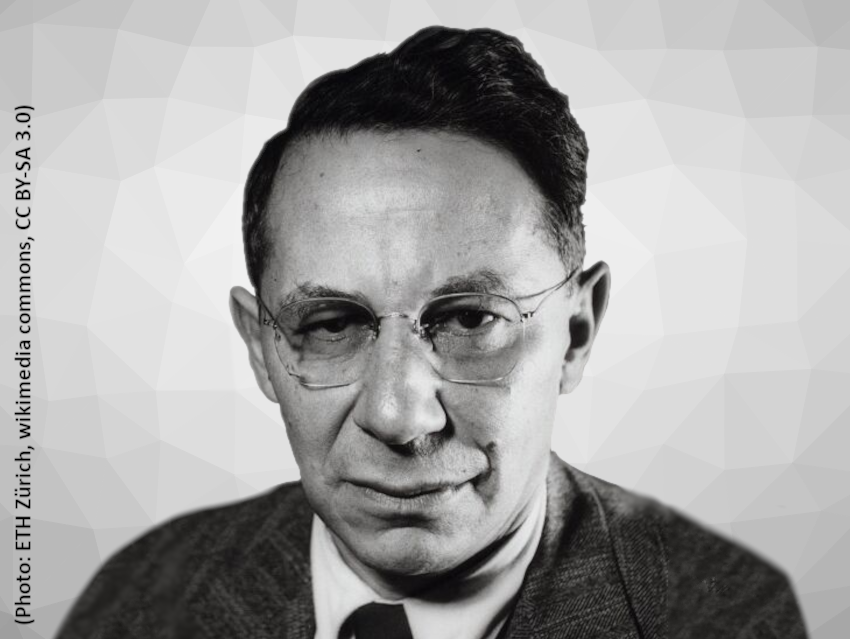 |
| 1898 – 1980 |
Rachel Fuller Brown |
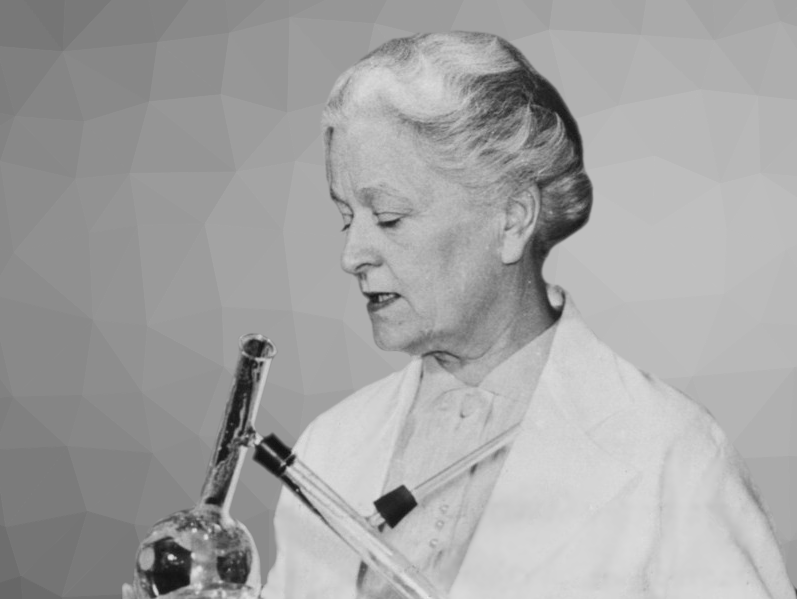 |
| 1899 – 1975 |
Percy Lavon Julian |
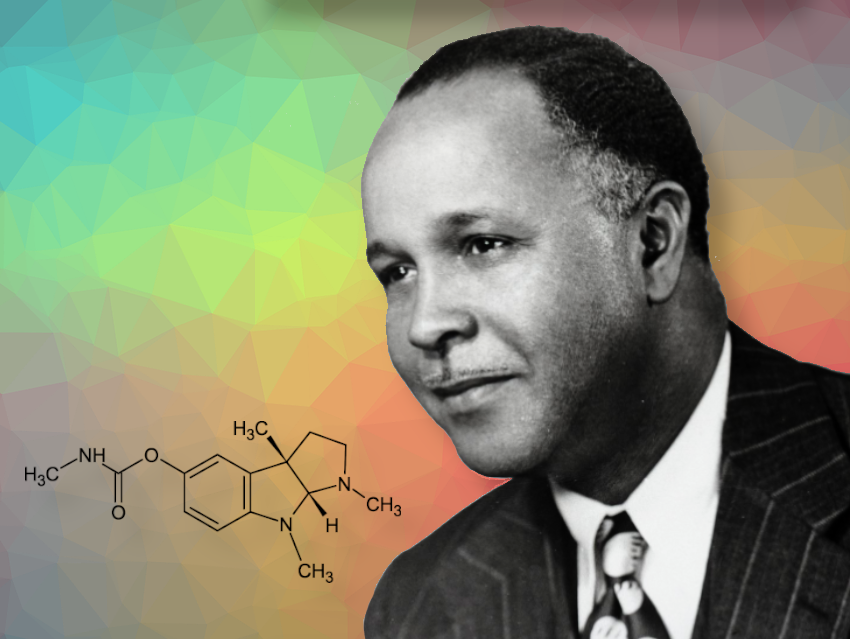 |
1900 |
||
|
In the 20th century, significant advancements were made in various areas of chemistry, including the development of quantum mechanics, polymer chemistry, nuclear chemistry, materials science, green chemistry, medicinal chemistry, and computational chemistry. These advancements have led to the development of new technologies, materials, and medicines, as well as a focus on sustainability and minimizing the impact of chemical processes on the environment. |
||
|
1901 |
First Nobel Prizes |
|
| 1900 – 1958 | Wolfgang Ernst Pauli Considered one of the most significant physicists of the 20th century 1945 Nobel Prize in Physics |
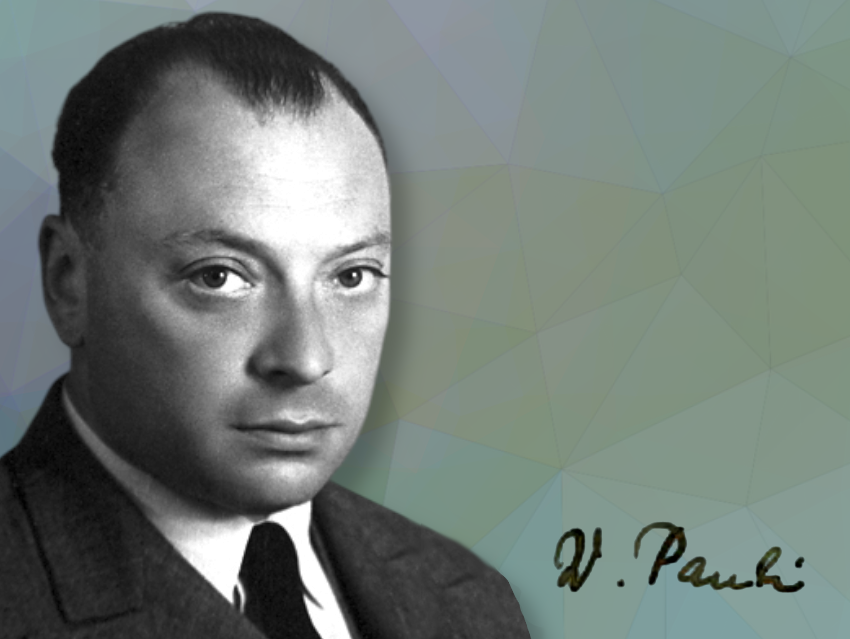 |
| 1900 – 1967 | Richard Kuhn Carried out groundbreaking work on the structures of vitamins 1938 Nobel Prize in Chemistry |
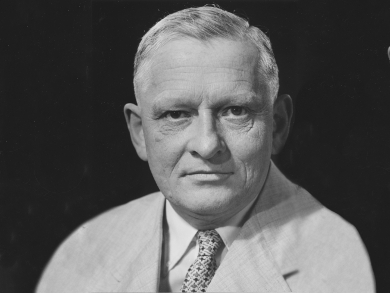 |
| 1901 – 1994 | Linus Pauling Elucidated the quantum mechanical nature of the chemical bond 1954 Nobel Prize in Chemistry, 1962 Nobel Peace Prize |
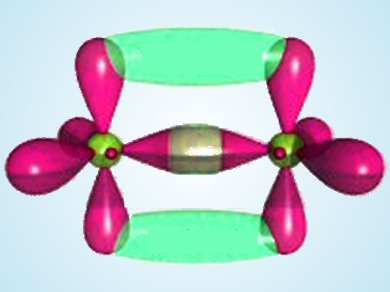 |
| 1902 – 1996 | Tetsuo Nozoe Worked on the isolation of natural products and collected over 4000 signatures from famous scientists |
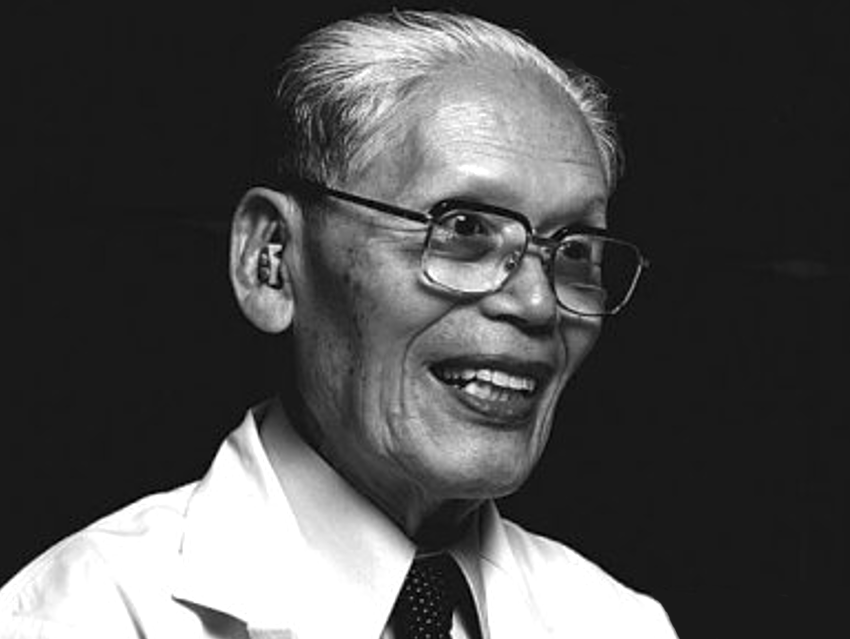 |
| 1902 – 1971 | Arne Tiselius Developed electrophoresis 1948 Nobel Prize for Chemistry |
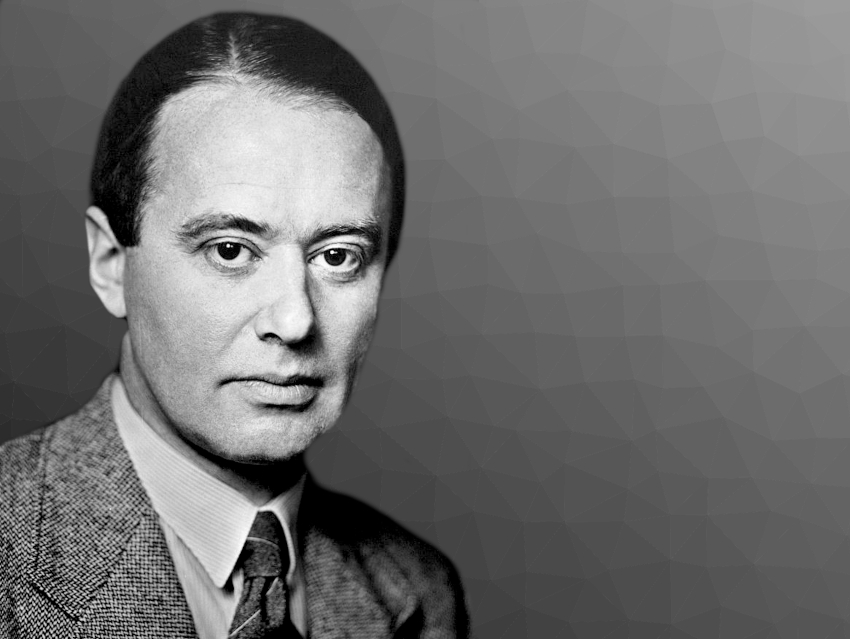 |
| 1903 – 1979 | Giulio Natta Italian Nobel Laureate well-known for his work on Ziegler–Natta catalysts for polymer synthesis 1963 Nobel Prize in Chemistry |
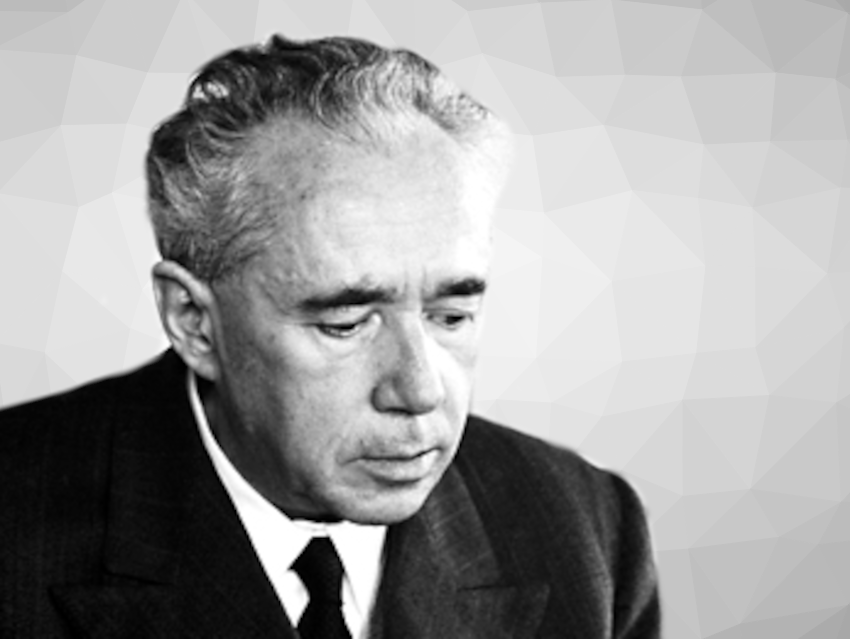 |
| 1904 – 1993 | Carolina Henriette MacGillavry Dutch chemist and crystallographer known for her discoveries on the use of diffraction in crystallography |
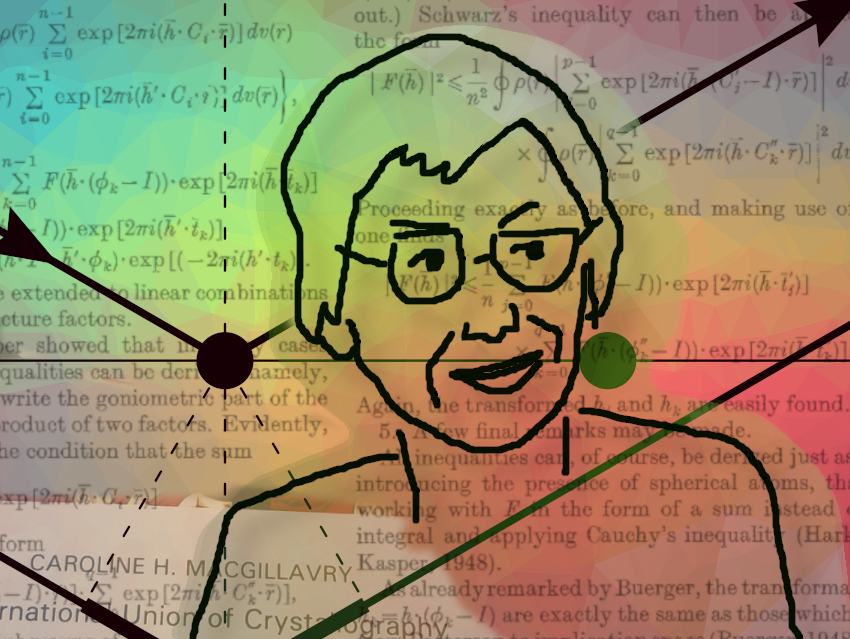 |
| 1905 – 1993 | Severo Ochoa de Albornoz Well-known for his work on polynucleotide phosphorylase (PNPase) 1959 Nobel Prize in Physiology or Medicine |
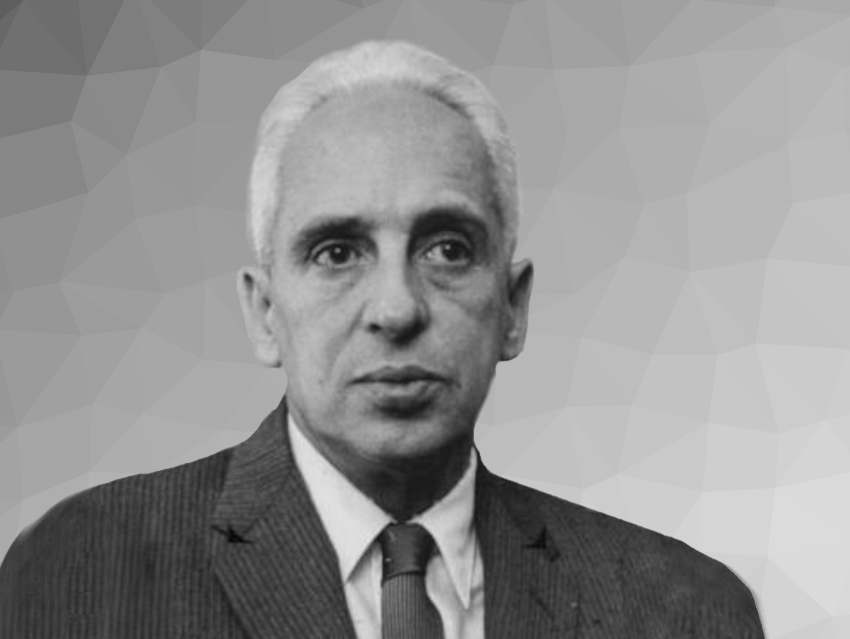 |
| 1906 – 2008 | Albert Hofmann Discovered the psychopharmacological effects of LSD (lysergic acid diethylamide) |
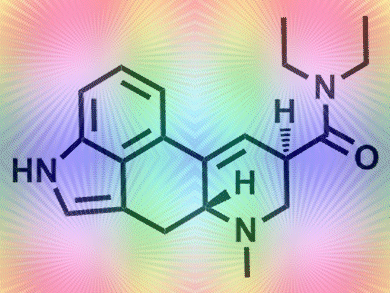 |
| 1906 – 1995 | Allene Jeanes American chemist known for the development of large-scale dextran production and xanthan gum |
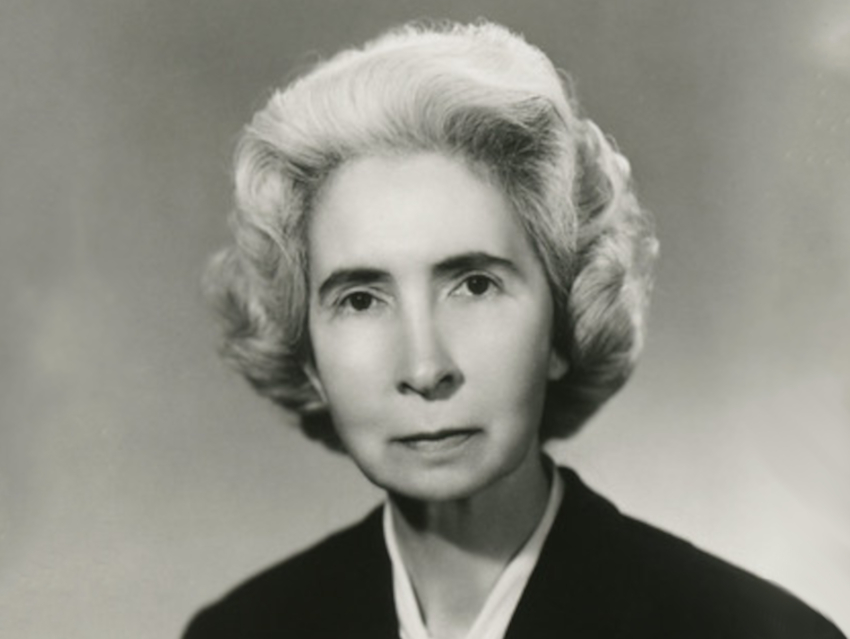 |
| 1910 – 2002 |
Archer John Porter Martin |
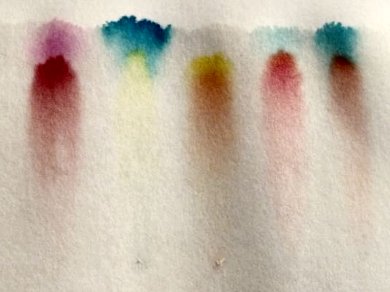 |
| 1910 – 1994 | Dorothy Hodgkin Pioneered the study of biomolecules by X-ray crystallography 1964 Nobel Prize in Chemistry |
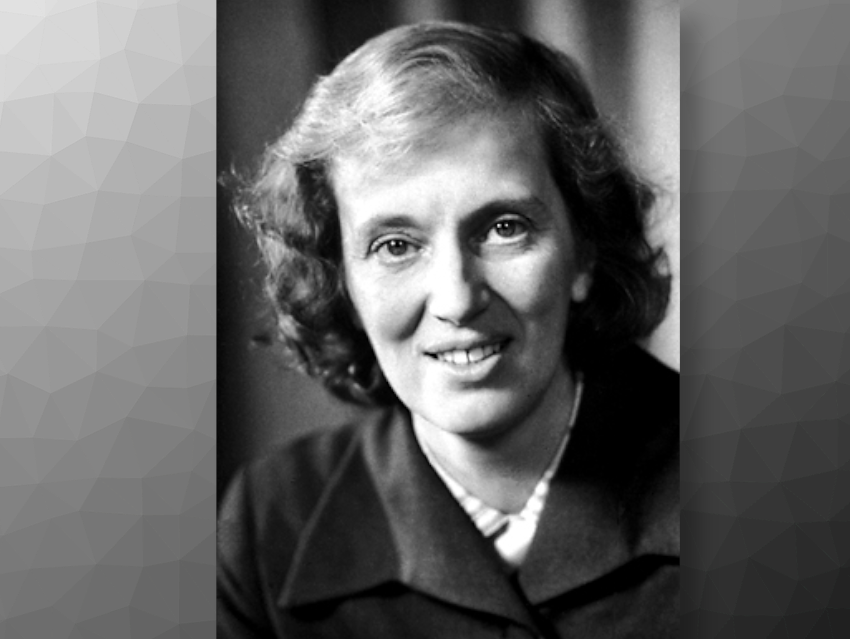 |
| 1911 – 1976 | Feodor Felix Konrad Lynen Discovered critical details of the cholesterol and fatty acid metabolism 1964 Nobel Prize in Physiology or Medicine |
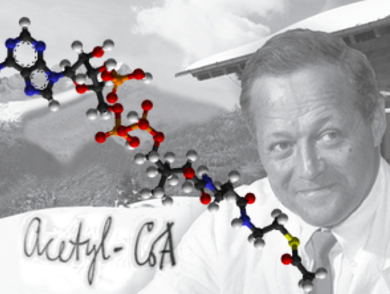 |
| 1912 – 2004 | Herbert C. Brown Introduced hydroborations to organic chemistry and co-discovered sodium borohydride 1979 Nobel Prize in Chemistry |
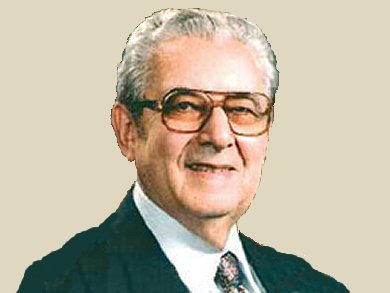 |
| 1912 – 1999 | Glenn T. Seaborg Co-discovered ten transuranium elements 1951 Nobel Prize in Chemistry |
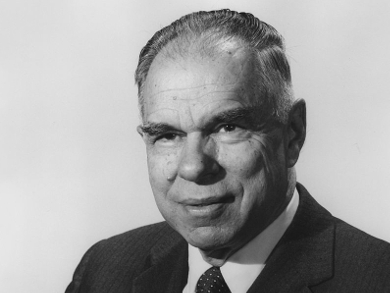 |
| 1912 – 1971 | Charles D. Coryell American chemist co-discovered promethium |
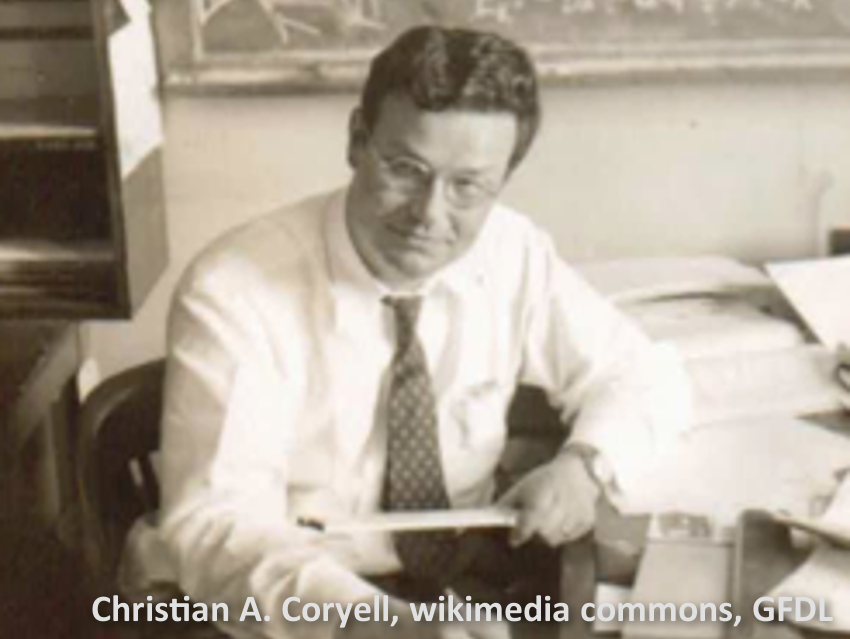 |
| 1913 – 1989 | Kurt Zosel Patented the use of supercritical fluid extraction in the decaffeination of coffee |
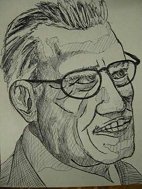 |
| 1913 – 2009 | Mildred Cohn Made important contributions to the understanding of enzymatic reactions |
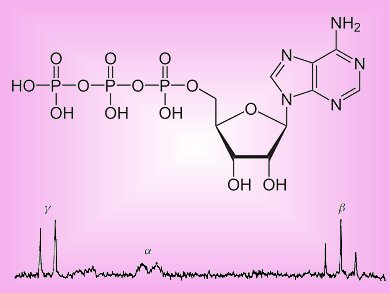 |
| 1914 – 1994 | Richard Laurence Millington Synge Co-developed partition chromatography 1952 Nobel Prize in Chemistry |
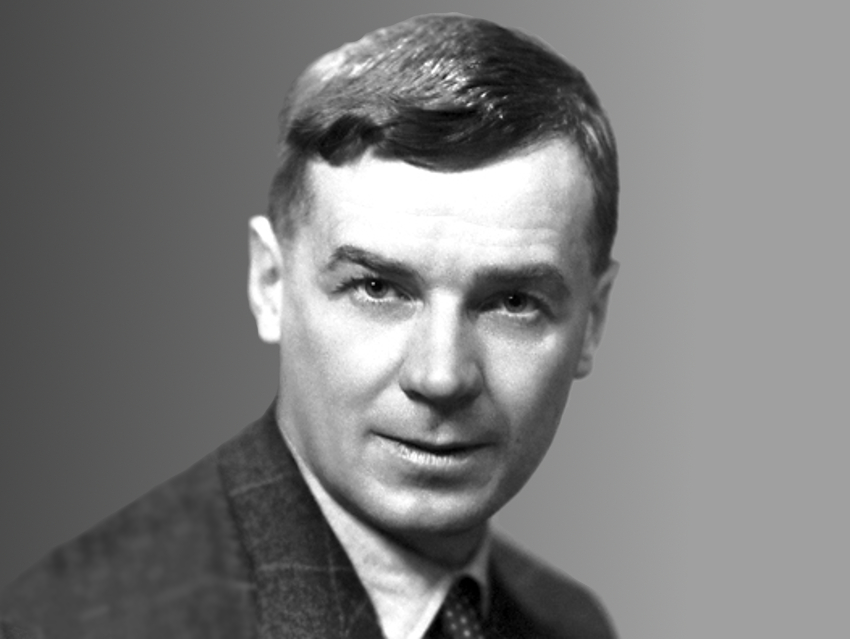 |
| 1915 – 2010 | Albert Ghiorso Co-discovered 12 chemical elements |
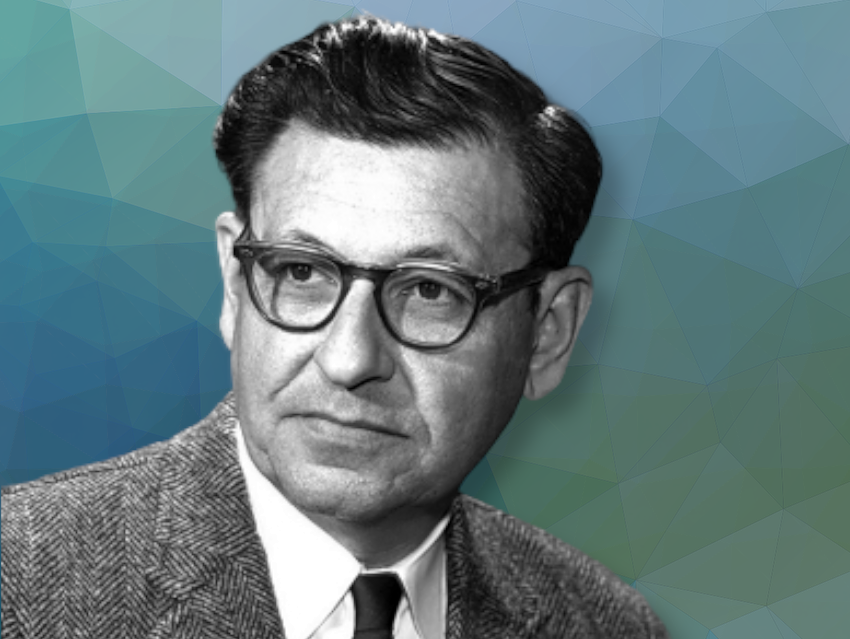 |
| 1915 – 2005 | Henry Taube Made seminal contributions to the understanding of electron exchange and ligand exchange in complexes |
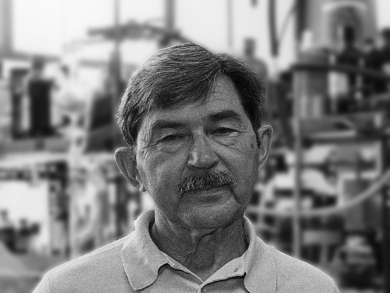 |
| 1916 – 1995 | Christian B. Anfinsen Discovered important aspects of protein folding 1972 Nobel Prize in Chemistry |
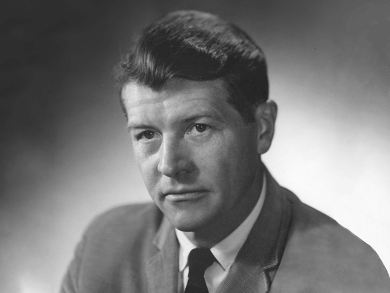 |
| 1916 – 1977 | Pehr Victor Edman Invented a breakthrough method for sequencing proteins |
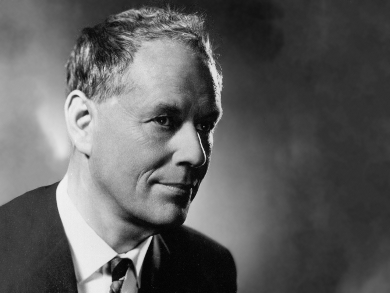 |
| 1916 – 2004 | Francis Crick Co-discovered the double helix structure of DNA 1962 Nobel Prize in Physiology or Medicine |
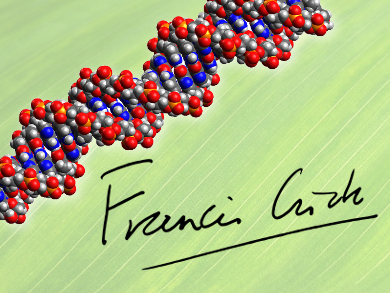 |
| 1917 – 1979 | Robert Burns Woodward Co-discovered the Woodward-Hoffmann rules, which predict the barrier heights of pericyclic reactions 1965 Nobel Prize in Chemistry |
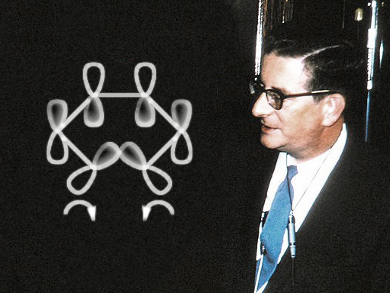 |
| 1917 – 2011 | Herbert A. Hauptman Laid the mathematical groundwork for solving crystal structures 1985 Nobel Prize in Chemistry |
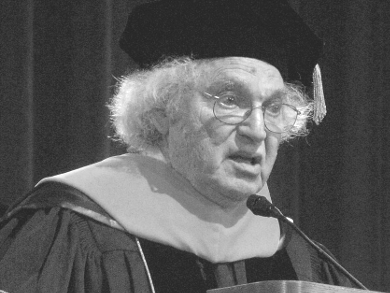 |
| 1917 – 2016 | Ines Mandl Discovered collagenase |
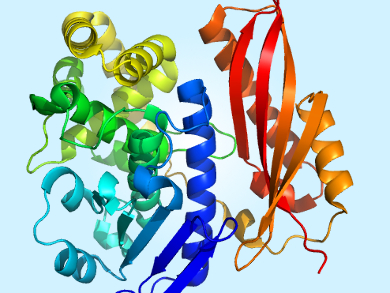 |
| 1917 – 2013 | Sir John Cornforth Explained the biosynthesis of cholesterol 1975 Nobel Prize in Chemistry |
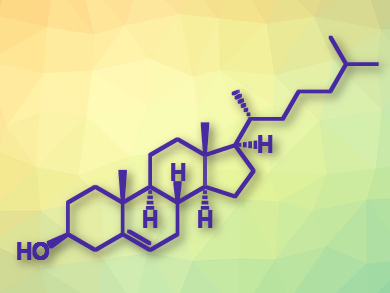 |
| 1917 – 1935 | Rodney R. Porter Discovered the structure of antibodies 1972 Nobel Prize in Physiology or Medicine |
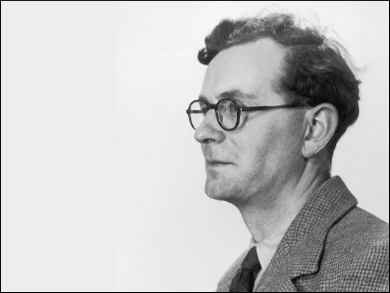 |
| 1917 – 2002 | Martin Kamen Confirmed the existence of the carbon isotope 14C, which is used in radiocarbon dating |
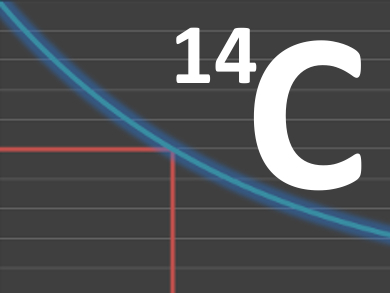 |
| 1917 – 2012 | William Knowles Asymmetric synthesis, especially hydrogenation reactions 2001 Nobel Prize in Chemistry |
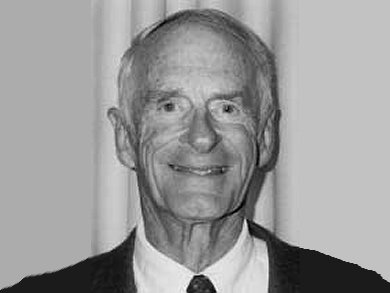 |
| 1917 – 2006 | Asima Chatterjee One of India’s most famous female chemists |
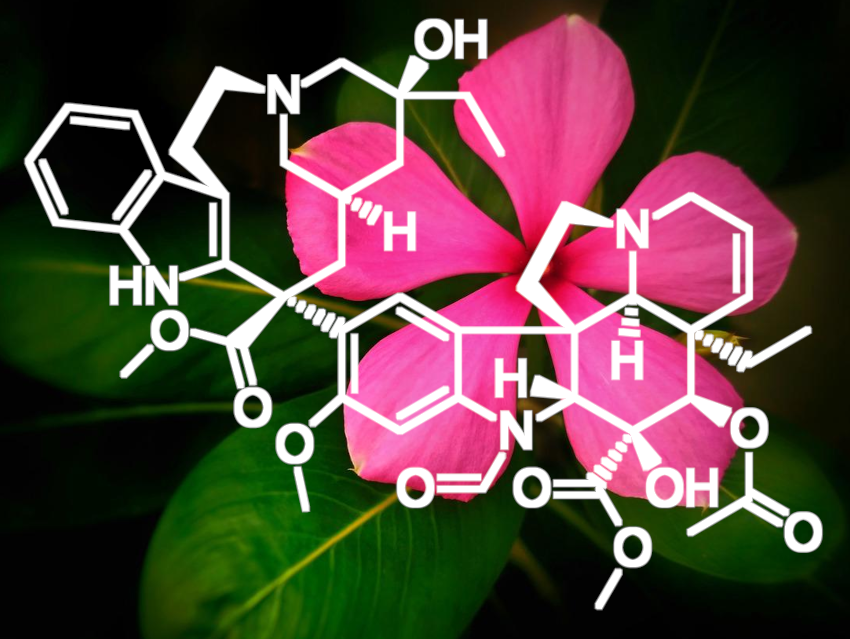 |
| 1917 – 1997 | John Kendrew Discovered the structure of myoglobin 1962 Nobel Prize in Chemistry |
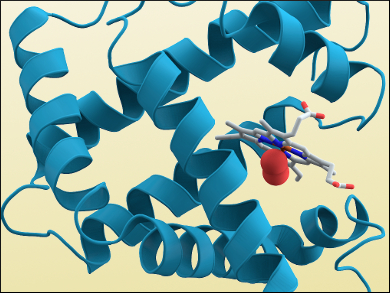 |
| 1918 – 2013 | Jerome Karle Co-developed the theoretical foundation for the determination of crystal structures by X-ray diffraction 1985 Nobel Prize in Chemistry |
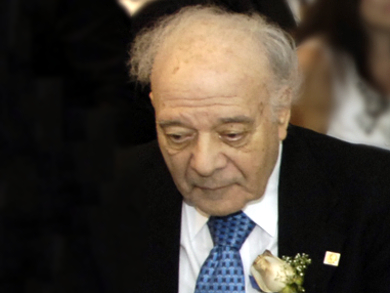 |
| 1918 – 1999 | Gertrude Belle Elion American Nobel Laureate, biochemist, and pharmacologist co-developed groundbreaking drugs for leukemia, herpes, and organ transplant rejection |
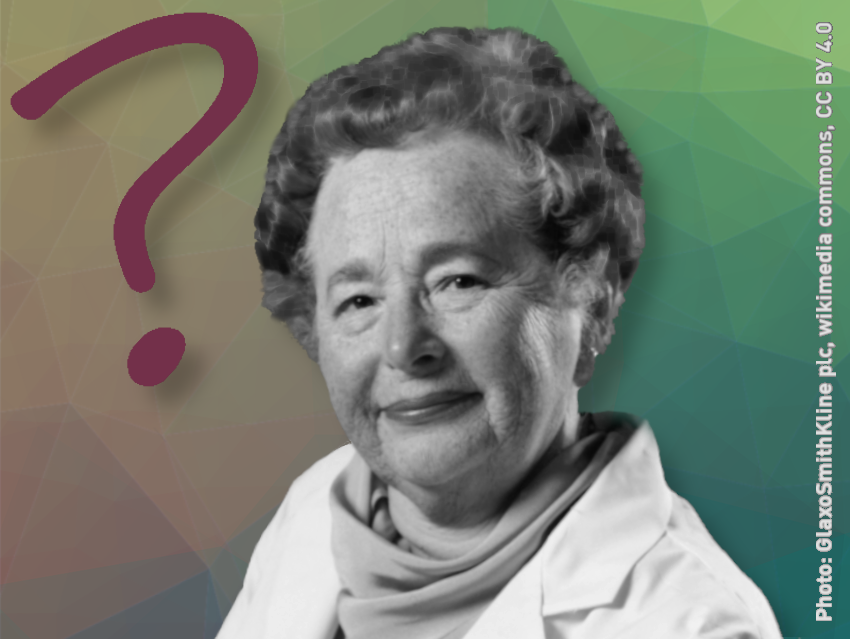 |
| 1918 – 1998 |
Sir Derek Barton |
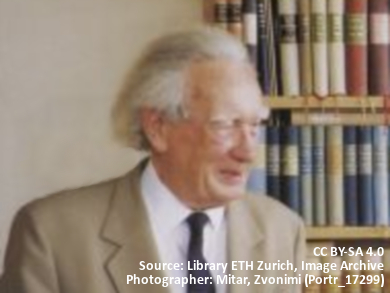 |
| 1918 – 2007 | Ernst Otto Fischer Co-discovered the structure of ferrocene 1973 Nobel Prize for Chemistry |
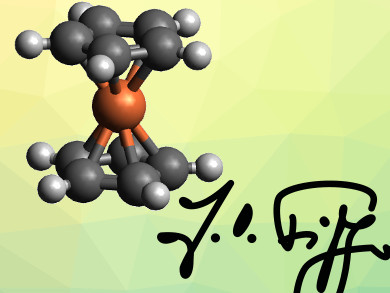 |
| 1918 – 2013 | Frederick Sanger Pioneered DNA sequencing technique, 1958 and 1980 Nobel Prize in Chemistry |
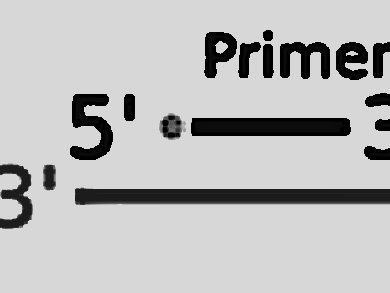 |
| 1918 – 1998 | Kenichi Fukui Groundbreaking theoretical work on chemical reactivity, 1981 Nobel Prize in Chemistry |
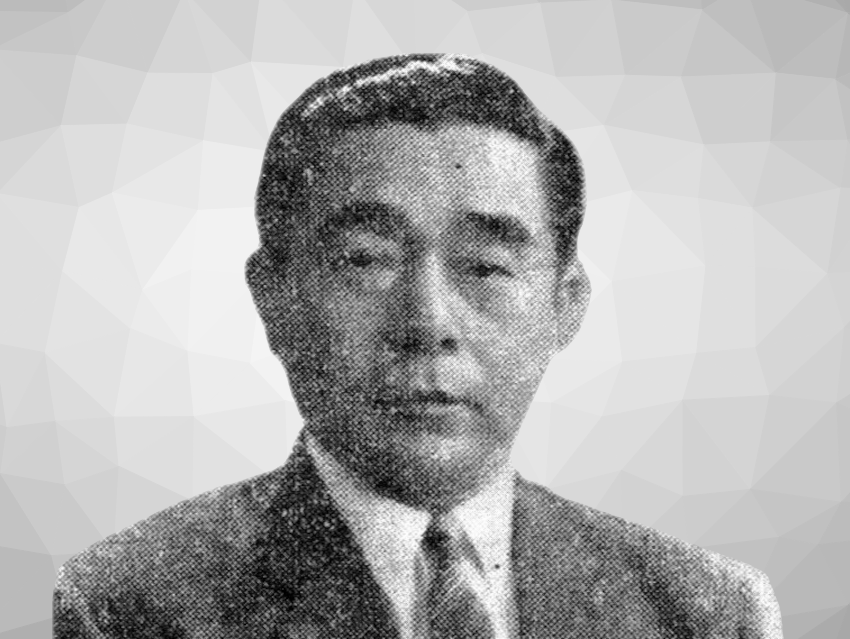 |
| 1919 – 2005 | Larned B. Asprey Pioneered actinide and fluoride chemistry |
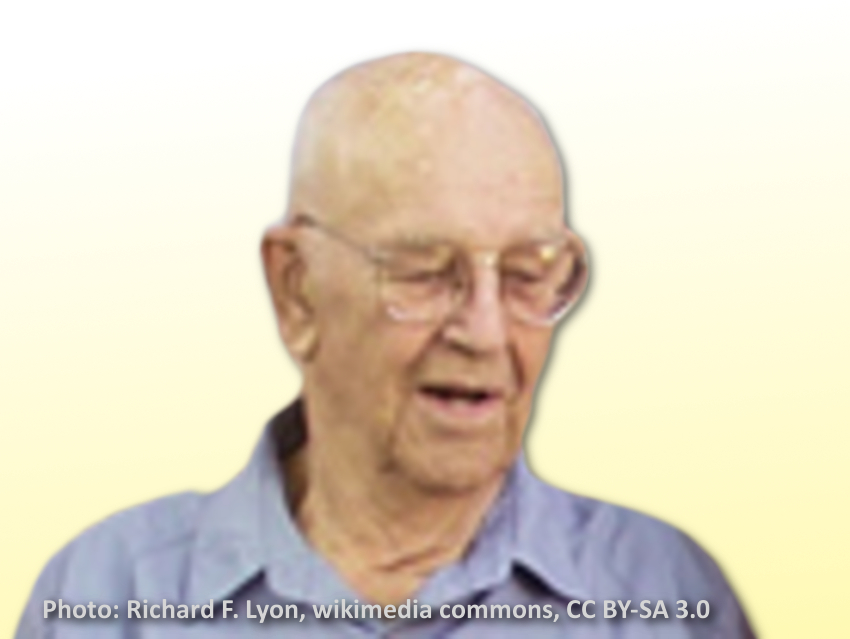 |
| 1919 – 2001 | Donald J. Cram Pioneered host–guest chemistry 1987 Nobel Prize in Chemistry |
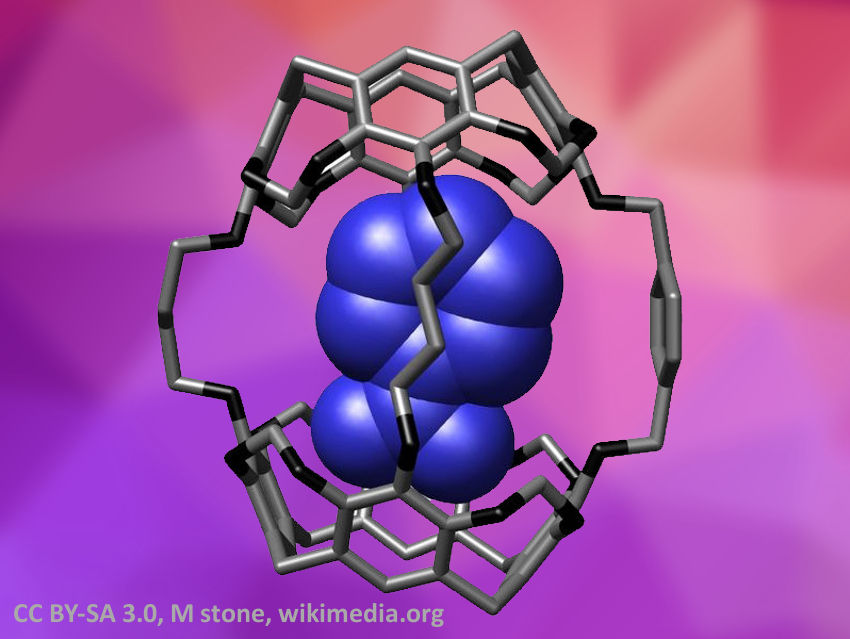 |
| 1920 – 2002 | George Porter Co-developed flash photolysis 1967 Nobel Prize in Chemistry |
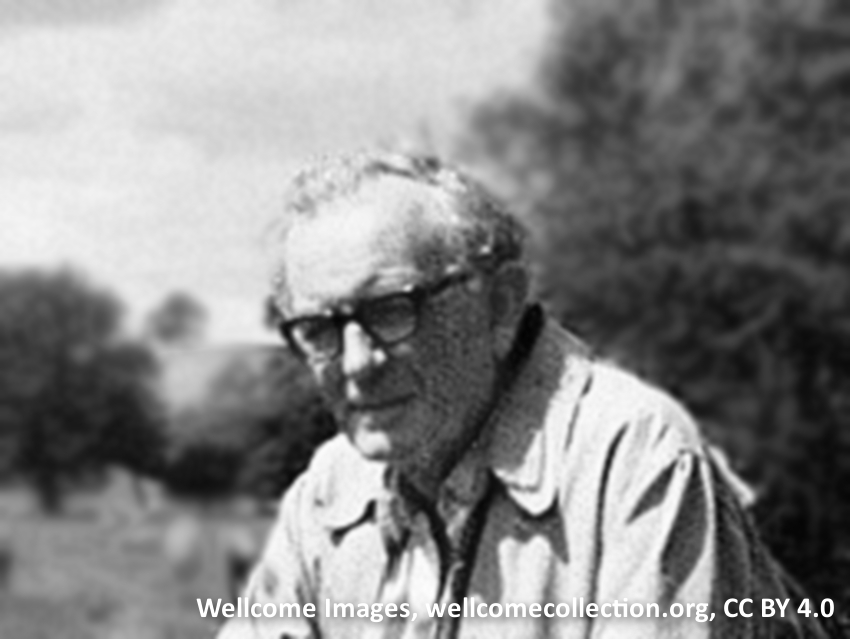 |
| 1921 – 2017 | Robert G. Parr American theoretical chemist co-authored one of the most highly cited chemistry papers of all time |
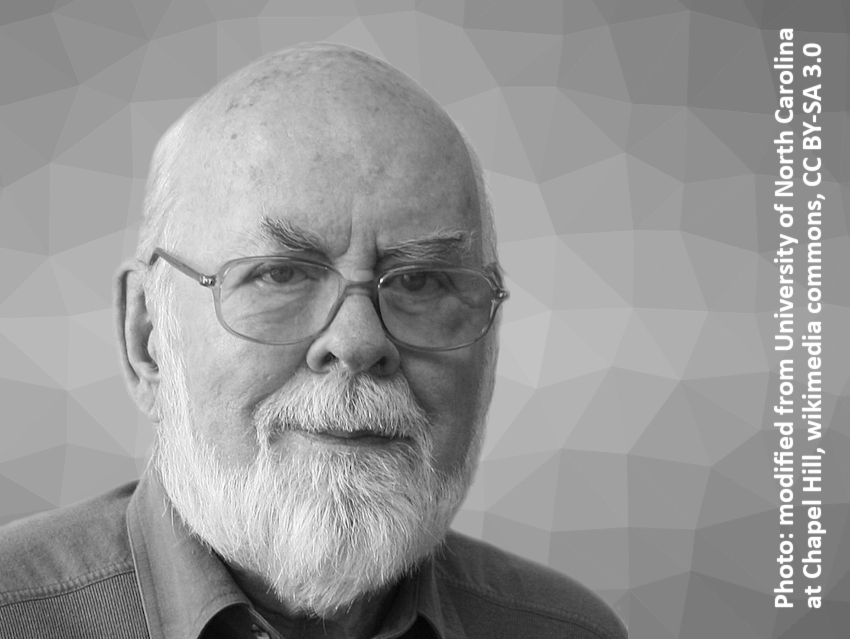 |
| 1921 – 2017 | Isabella Karle U.S. chemist known for her work on X-ray crystallography and the Manhattan Project |
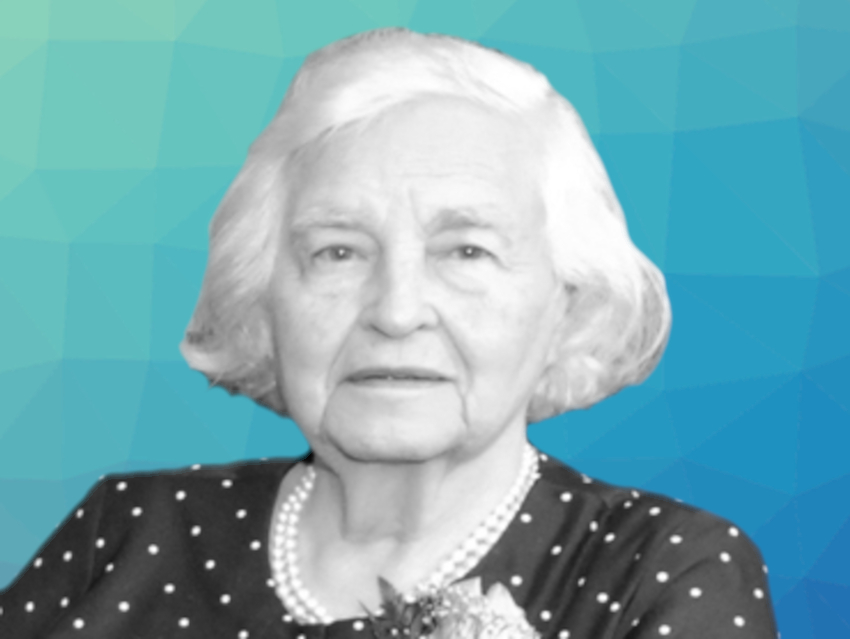 |
| 1922 – 2023 | John B. Goodenough Made important contributions to the development of lithium-ion batteries 2019 Nobel Prize in Chemistry |
 |
| 1923 – 2015 | Carl Djerassi Best known for his work on the contraceptive pills; also author of several literary works dealing with the ethics and human aspects of modern scientific research |
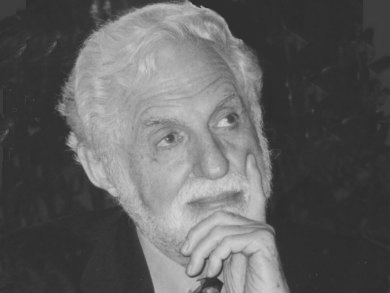 |
| 1923 – 2021 | Helen Murray Free American chemist developed diagnostic test strips with her research partner and husband, Alfred Free, revolutionizing self-testing for diabetes and other diseases |
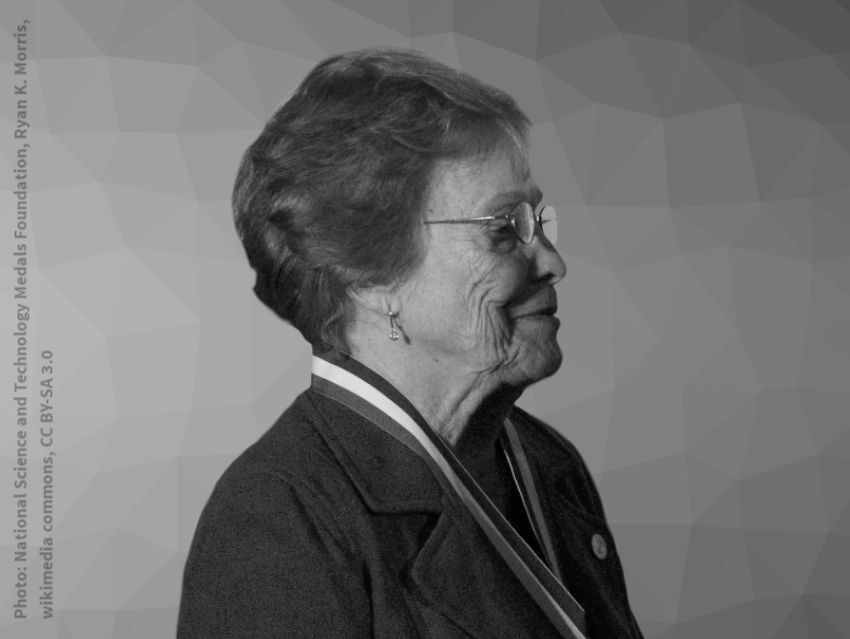 |
| 1925 – 2023 | Albert Jakob Eschenmoser Best known for his work on synthesis of complex heterocyclic natural compounds, especially vitamin B12, and the Eschenmoser–Claisen rearrangement, Eschenmoser fragmentation, Eschenmoser’s salt, and Eschenmoser sulfide contraction |
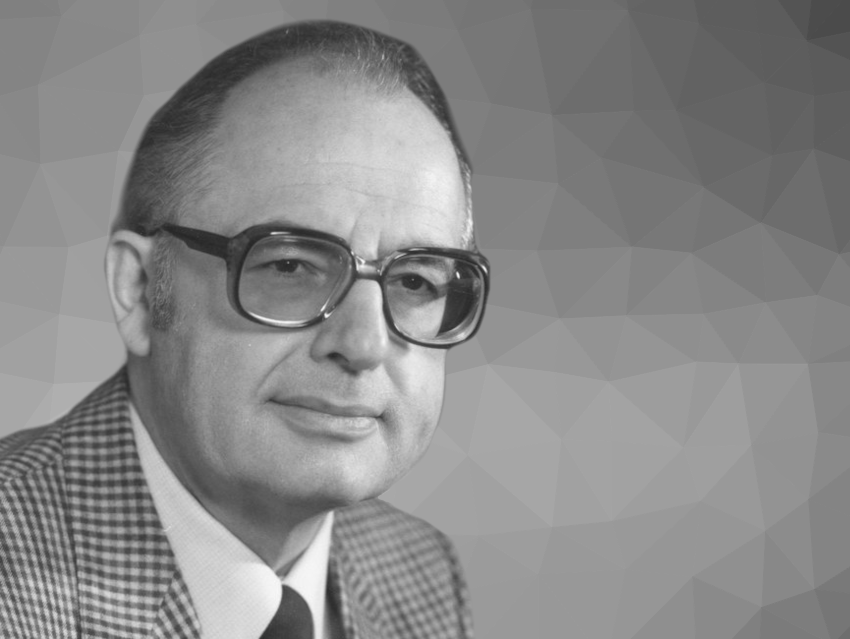 |
| 1926 – 2016 | Klaus Biemann Father of organic mass spectrometry, pioneered its use for the analysis of protein structures |
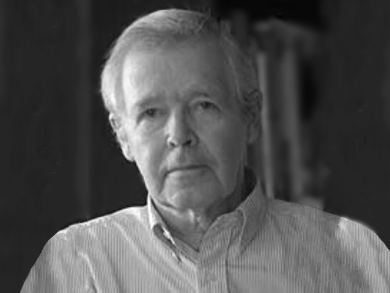 |
| 1927 – 2019 | Manfred Eigen Pioneered the so-called relaxation methods, which make it possible to determine reaction rates in the micro- and nanosecond range 1967 Nobel Prize in Chemistry |
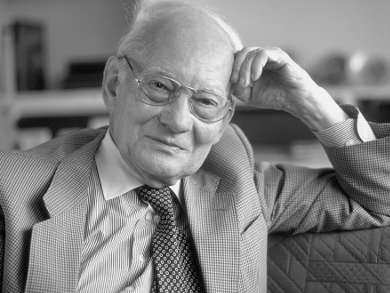 |
| 1927 – 2017 | George A. Olah Generation and reactivity of carbocations 1994 Nobel Prize in Chemistry |
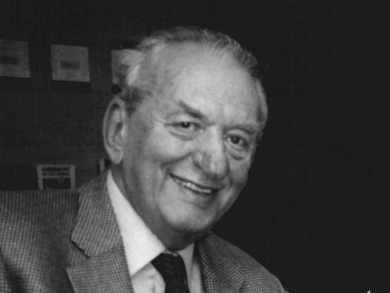 |
| 1928 – 2018 | Osamu Shimomura Discovered and developed the green fluorescent protein (GFP) with Martin Chalfie and Roger Tsien 2008 Nobel Prize in Chemistry |
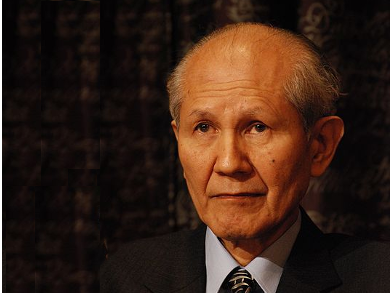 |
| 1929 – 2011 | Rudolf Mössbauer Discovery of recoilless nuclear resonance fluorescence, known as the Mössbauer effect, which is the basis for Mössbauer spectroscopy 1961 Nobel Prize in Physics |
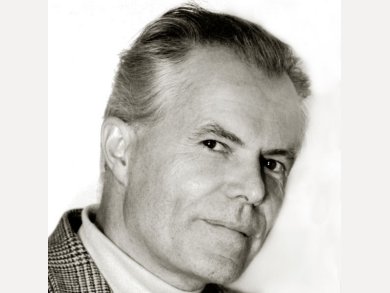 |
| 1931 – 2015 | Richard F. Heck The eponymous Heck reaction allows the formation of carbon-carbon bonds, and is one of the most widely used catalytic reactions in organic synthesis 2010 Nobel Prize in Chemistry |
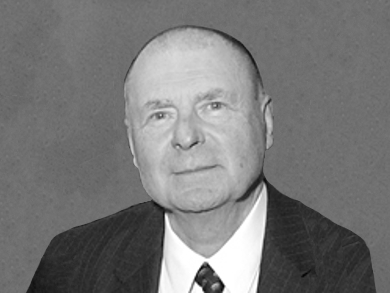 |
| 1933 – 2021 | Richard Ernst Developed two-dimensional NMR and several novel pulse techniques 1991 Nobel Prize in Chemistry |
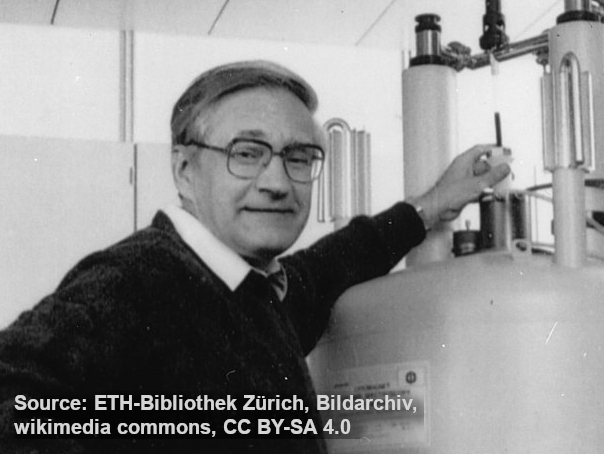 |
| 1933 – 2021 | Paul J. Crutzen Best known for his work on ozone depletion in the stratosphere 1995 Nobel Prize in Chemistry |
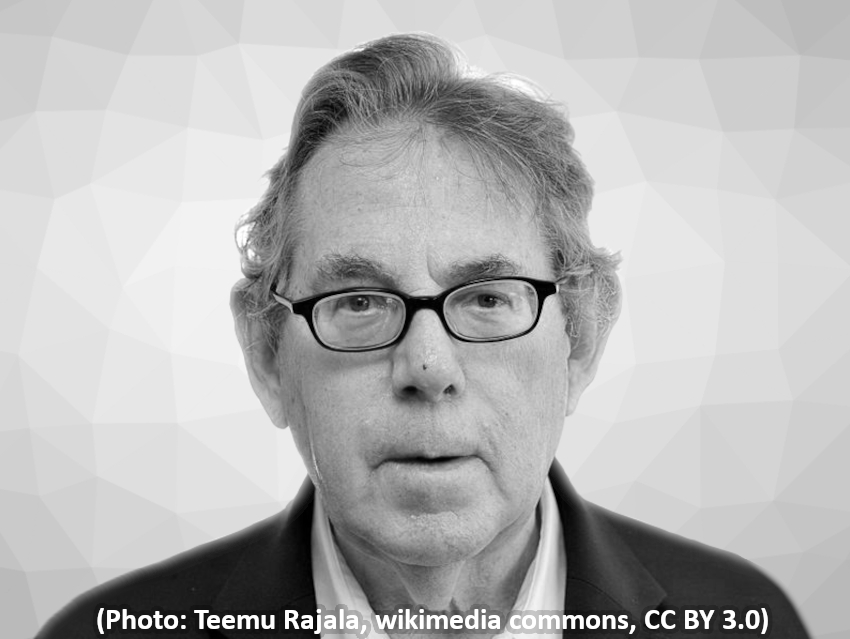 |
| 1935 – 2021 | Ei-ichi Negishi Best known for the Negishi coupling, a transition-metal-catalyzed reaction of organic halides or triflates with organozinc compounds 2010 Nobel Prize in Chemistry |
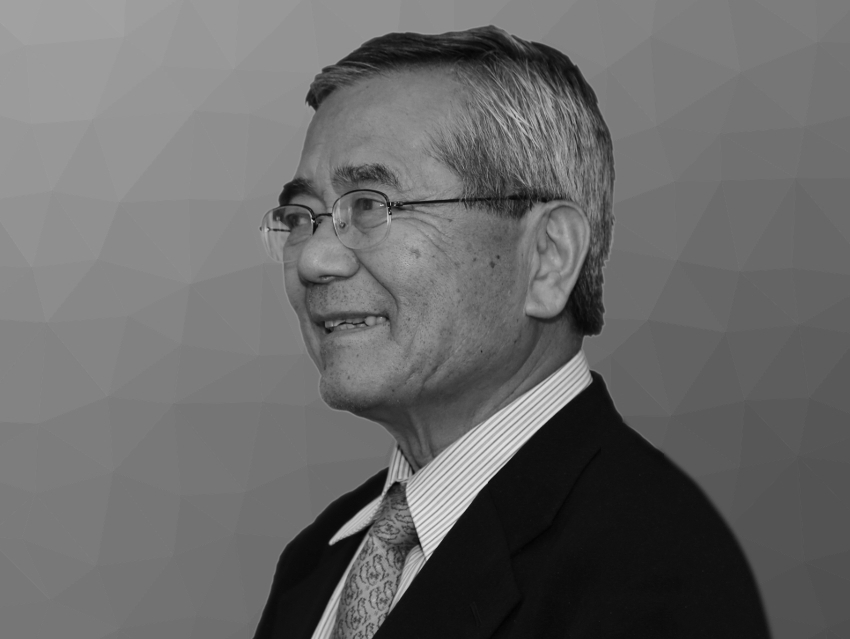 |
| 1937 | Roald Hoffmann Co-discovered the Woodward-Hoffmann rules, which predict the barrier heights of pericyclic reactions 1981 Nobelpreis für Chemie |
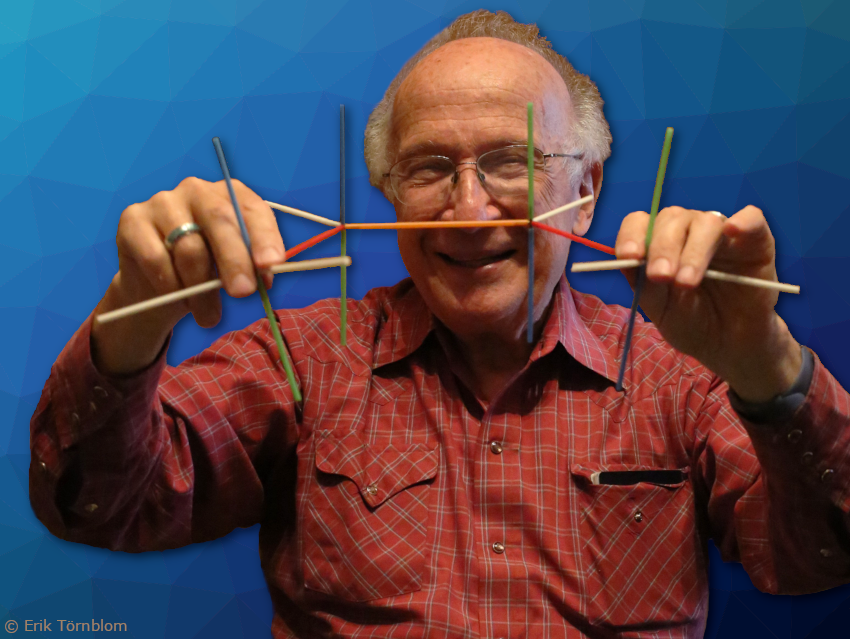 |
| 1937 | Avram Hershko Known for his contributions to the discovery of the ubiquitin system, a cellular regulatory system that controls protein degradation in cells 2004 Nobel Prize in Chemistry |
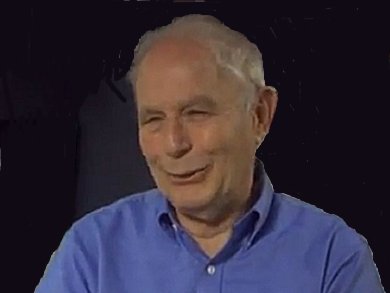 |
| 1938 – 2019 | Margarita Salas Biochemist and molecular geneticist best known for her studies on DNA, especially the discovery and characterization of Φ29 phage DNA polymerase |
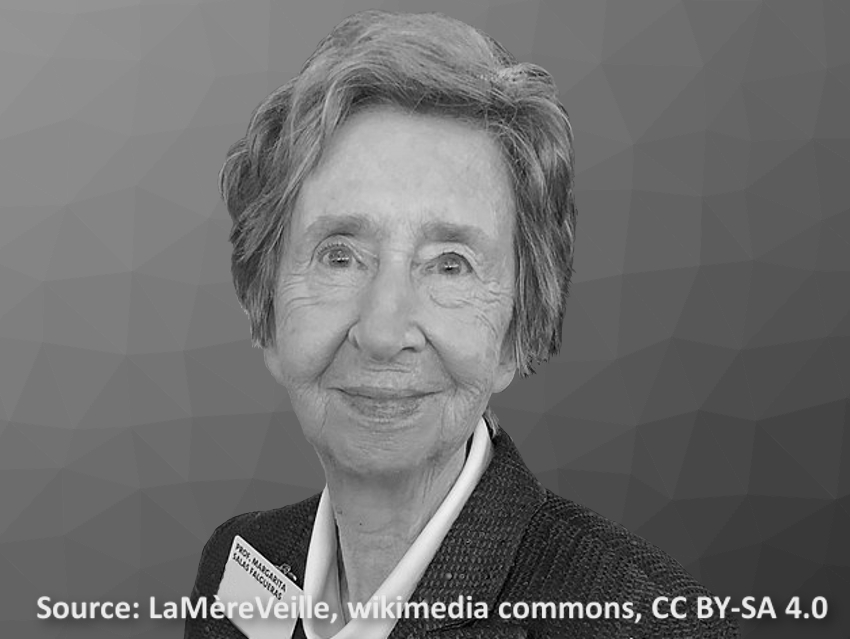 |
| 1938 | Ryoji Noyori Developed chirally catalyzed hydrogenation reactions using ruthenium–BINAP complexes 2001 Nobel Prize in Chemistry |
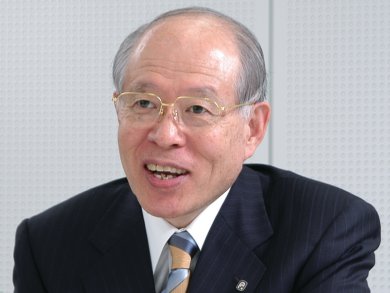 |
| 1939 | Jean-Marie Lehn Made important contributions to the inception of supramolecular chemistry 1987 Nobel Prize in Chemistry |
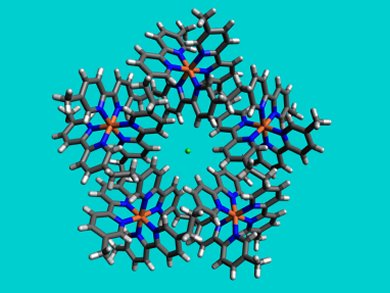 |
| 1939 | Ada E. Yonath Pioneering work on the structure of ribosomes 2009 Nobel Prize in Chemistry |
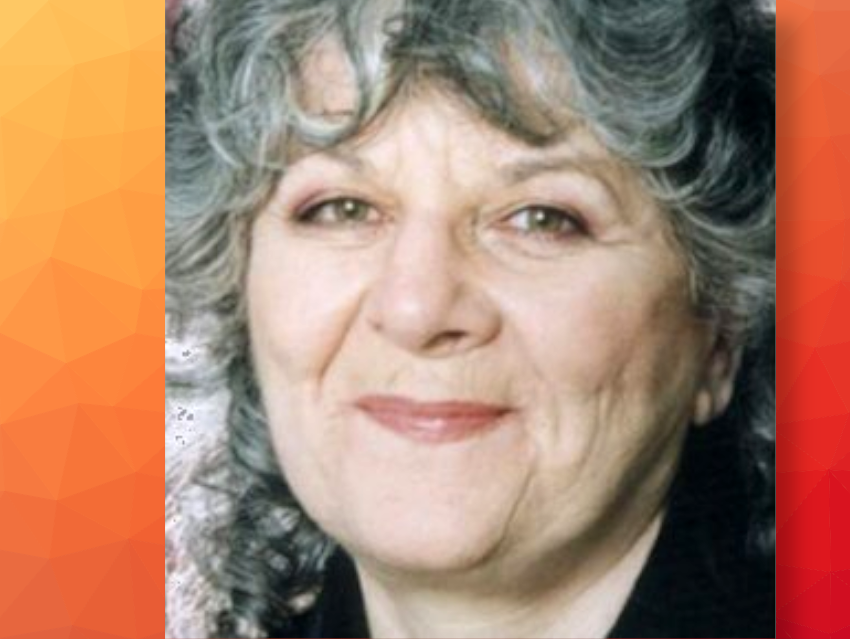 |
| 1939 – 2016 | Sir Harold Walter Kroto Discovered fullerenes 1996 Nobel Prize in Chemistry |
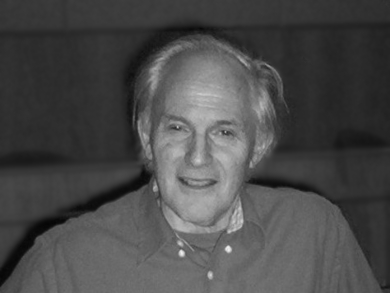 |
| 1941 | Dan Shechtman Discovery of quasicrystals, which are ordered but non-repeating structures in solids 2011 Nobel Prize in Chemistry |
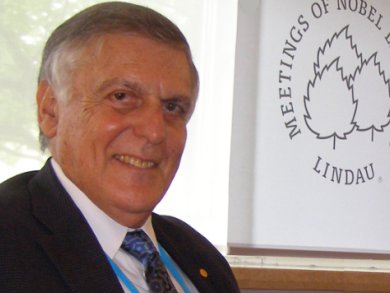 |
| 1942 – 2021 | Robert H. Grubbs Work on olefin metathesis, i.e., reactions in which C=C bonds are broken and reformed to connect alkene fragments in new ways 2005 Nobel Prize in Chemistry |
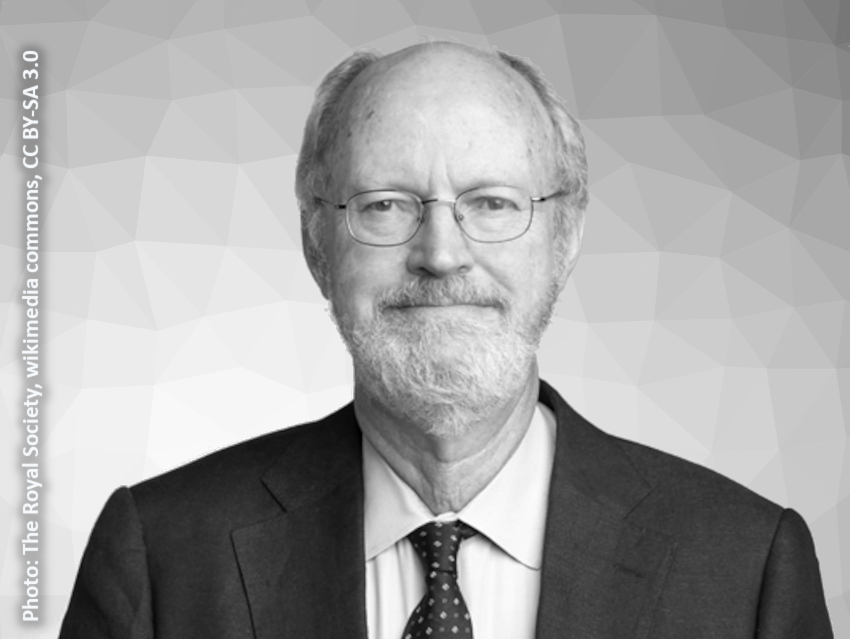 |
| 1942 – 2024 | Sir Fraser Stoddart Pioneer in supramolecular chemistry and molecular machines 2016 Nobel Prize in Chemistry |
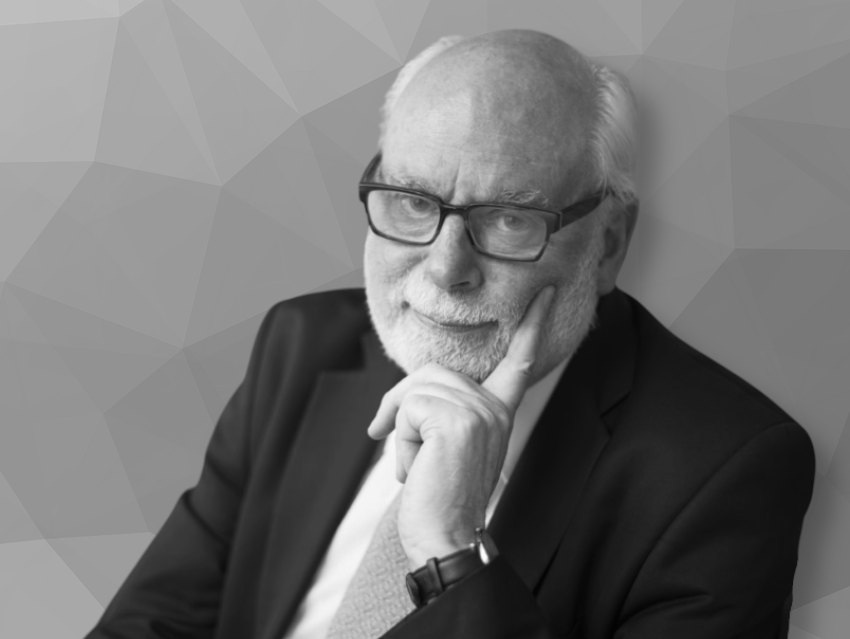 |
| 1946 – 2016 | Ahmed H. Zewail Pioneered the use of femtosecond spectroscopy 1999 Nobel Prize in Chemistry |
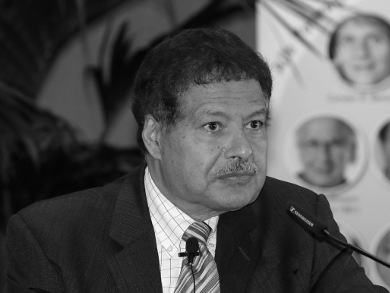 |
| 1952 – 2016 | Roger Tsien Co-Discovery and development of the green fluorescent protein (GFP) 2008 Nobel Prize in Chemistry |
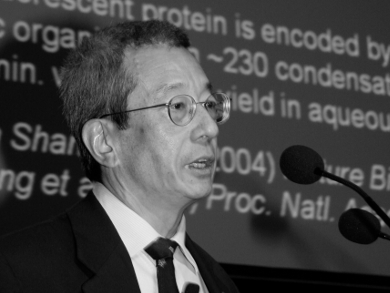 |
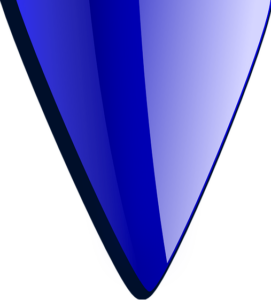 |
||
|
In the first two decades of the 21st century, there have been significant achievements in chemistry, including the study of nanotechnology, chemical biology, renewable energy, advanced materials, climate change, and the use of artificial intelligence to design new materials and predict molecule properties. |
||
|
|
||
| Science Fiction |
The future of chemistry is bright, with endless possibilities for discovery and innovation. As new technologies emerge and new challenges arise, chemists will continue to play a critical role in shaping the world around us. And science fiction fans already know some of the things that will be developed 😉 |
|
| 2030 – 2267 | Zefram Cochrane Invents the fictional faster-than-light “warp drive” in the Star Trek universe |
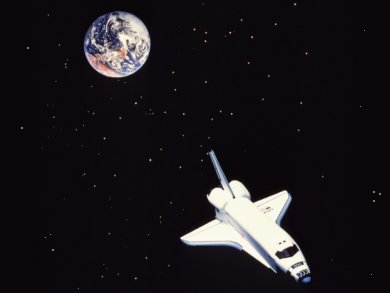 |
Also of Interest

Can you guess the famous scientist from the description?

Browse through all content related to history published in ChemistryViews
Update (March 8, 2023)
The year of Michel Eugène Chevreul’s death was incorrectly given as 1989 instead of 1889. This error has been corrected.
Update (March 22, 2023)
John Kendrew was born in 1917, not 1862 as previously stated in the article.
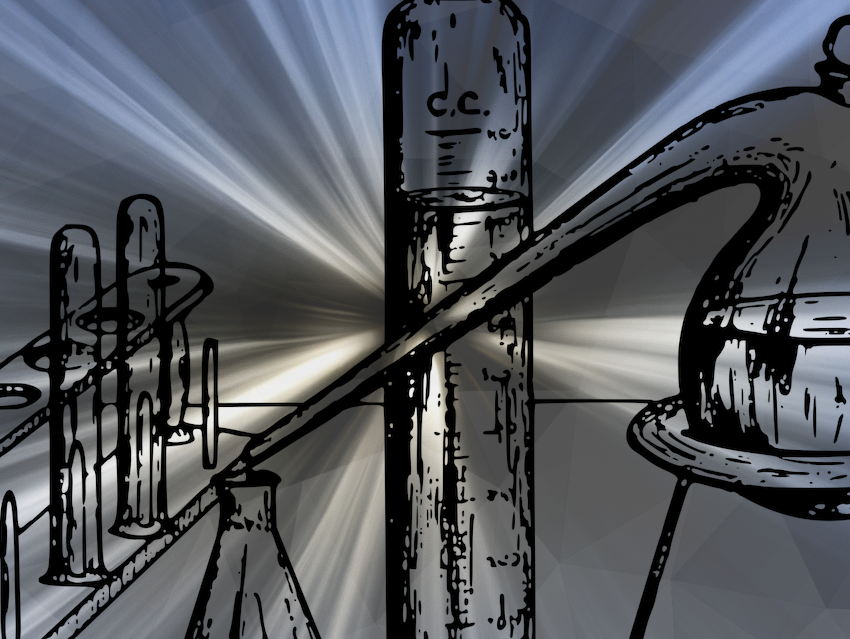




Accept my congratulations for this remarkable illustration of remarkable chemists.
My minor comment: there are indications that the idea of cyclic structure to benzene (Bull. Sor. Chim. Paris, 3, 98-110, 1865) originated from a book by Loschmidt (Chemische Studien, 1961).
Many congratulations
It is the best compilation to review and understand the chemistry history.
Thanks a ton to the team.
Thank you very much! We’re happy to hear that you like it.